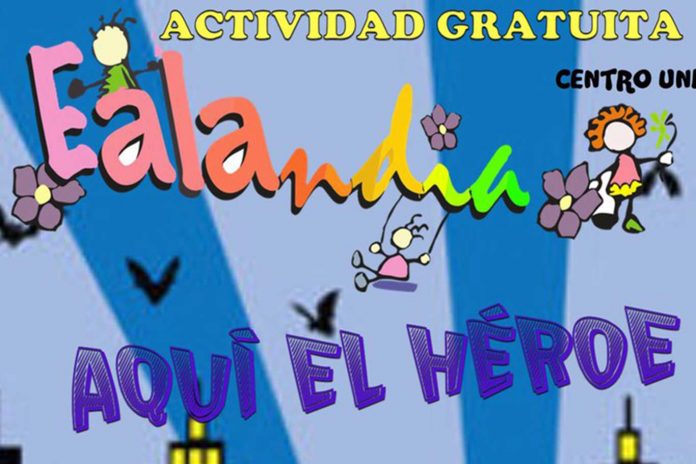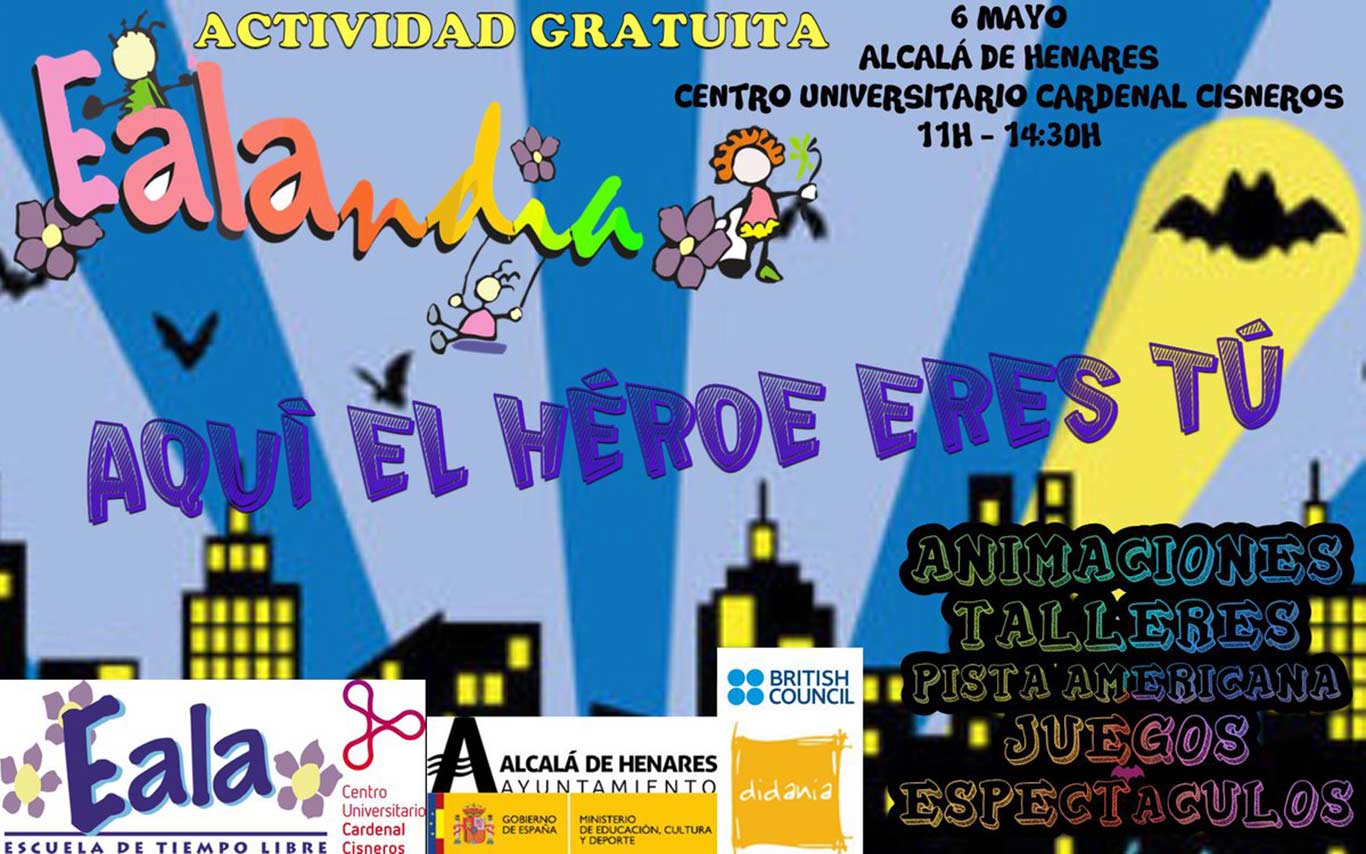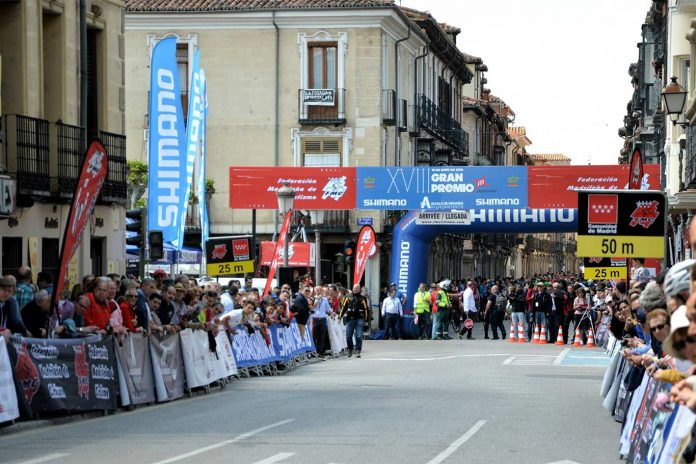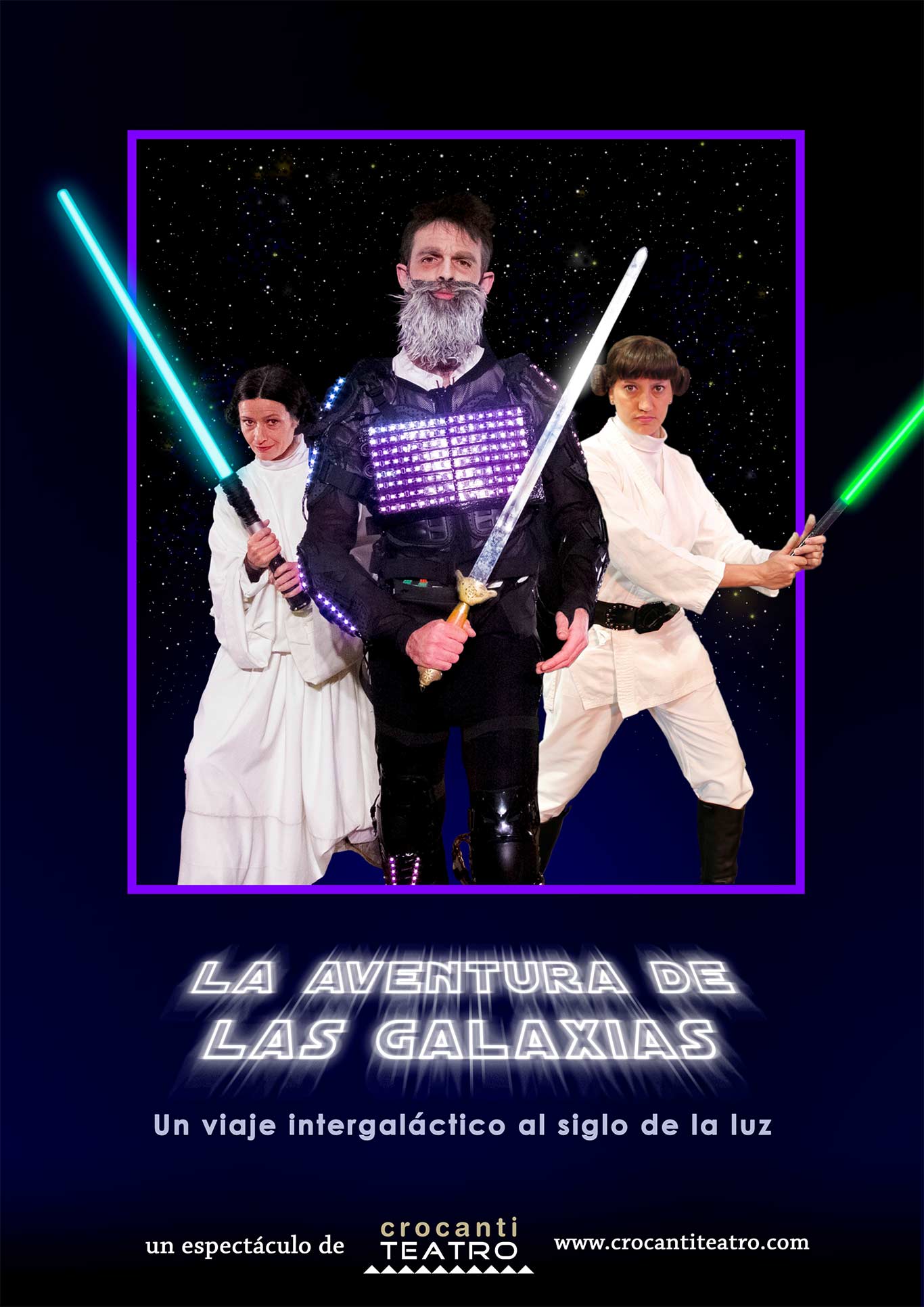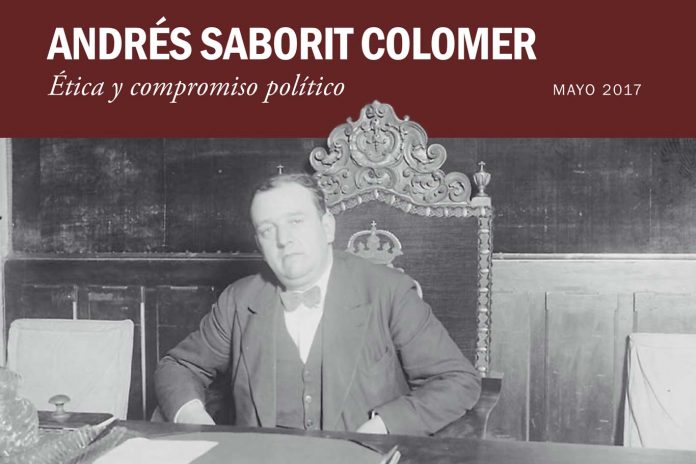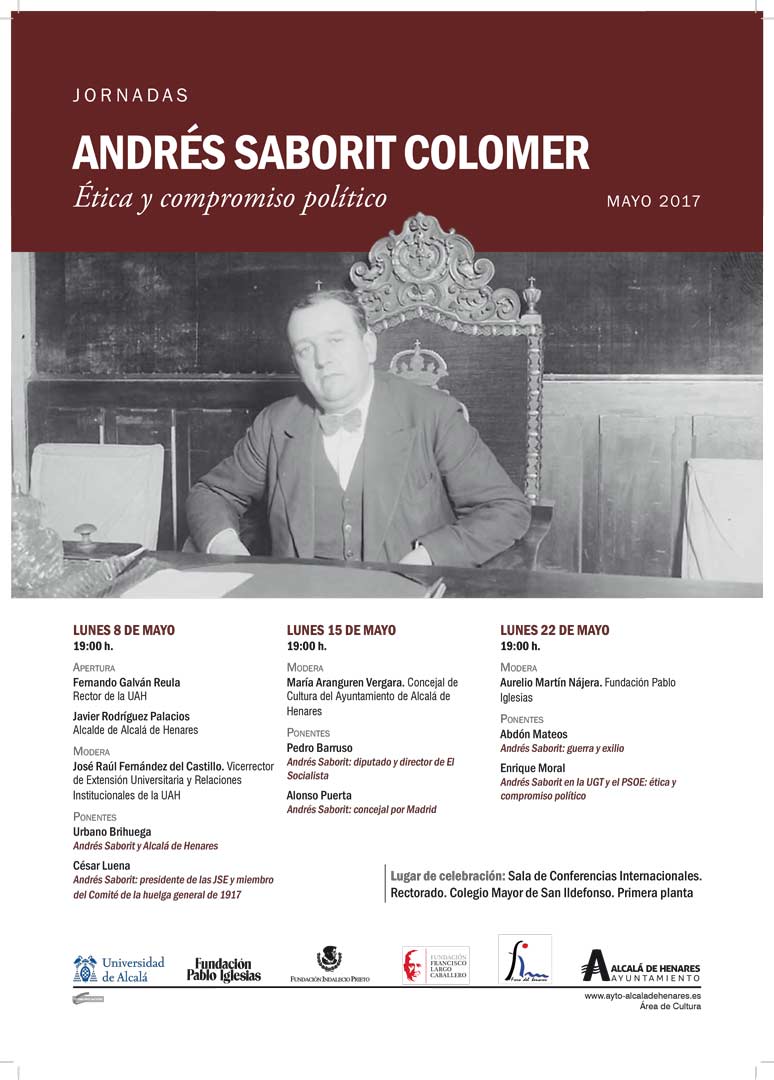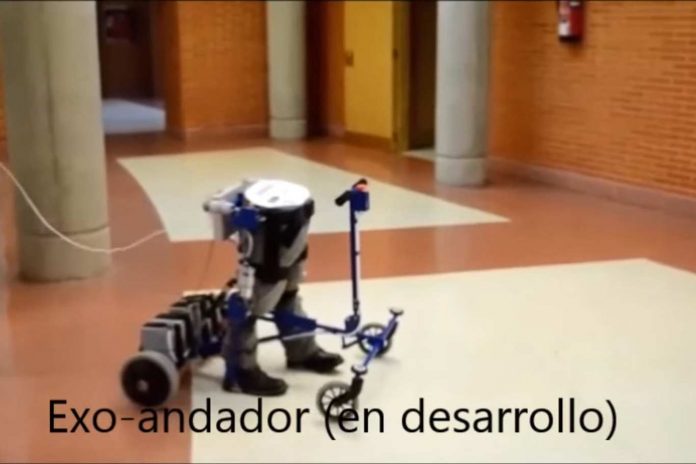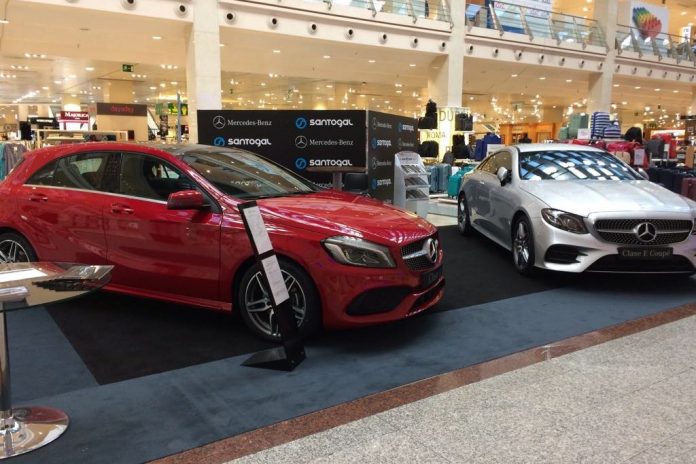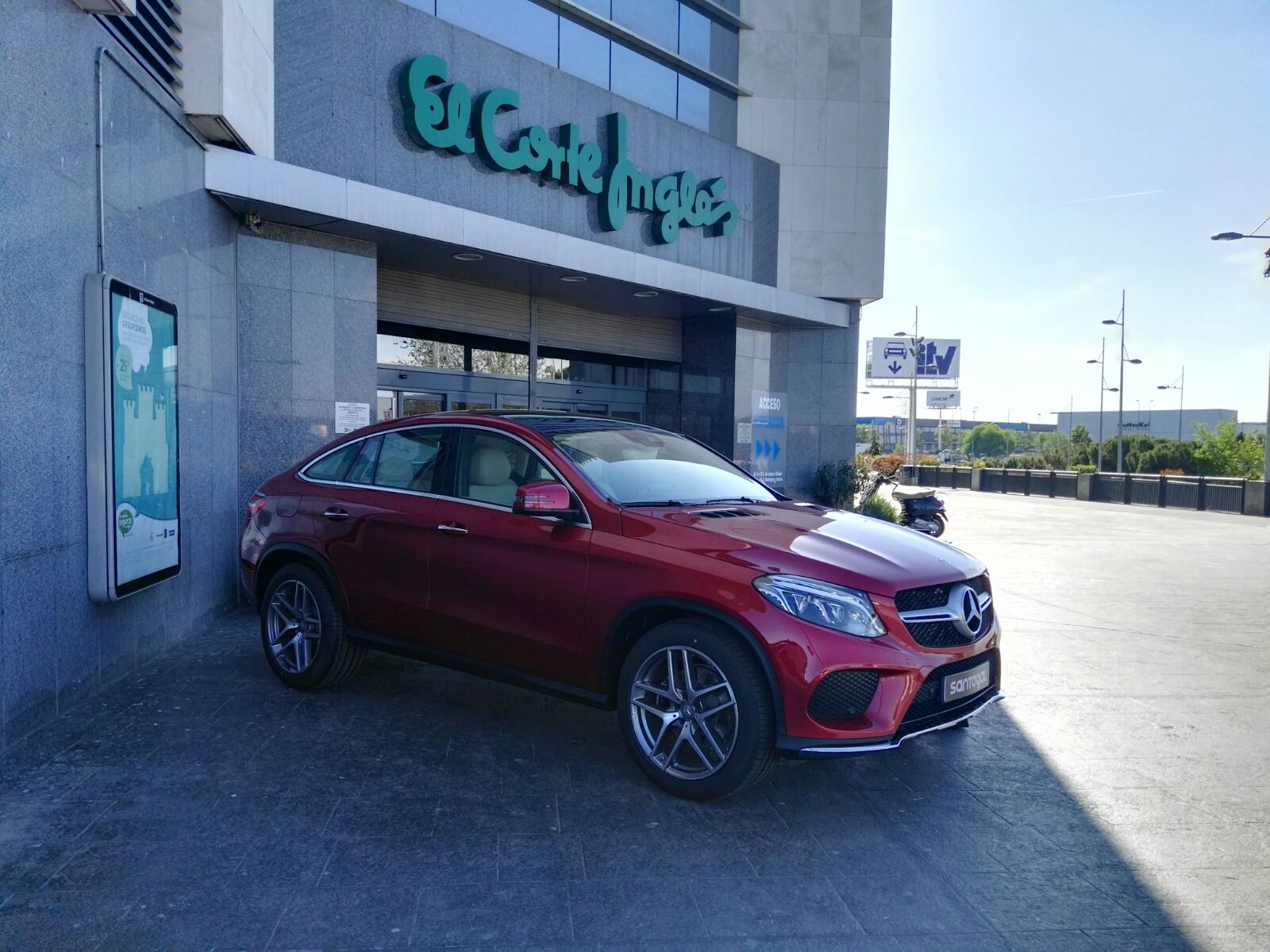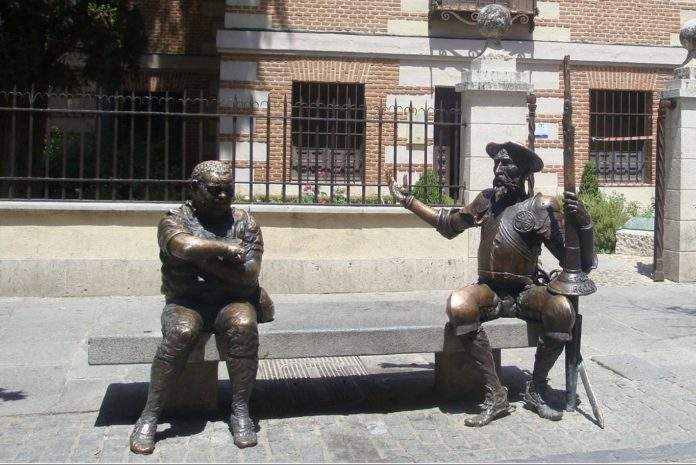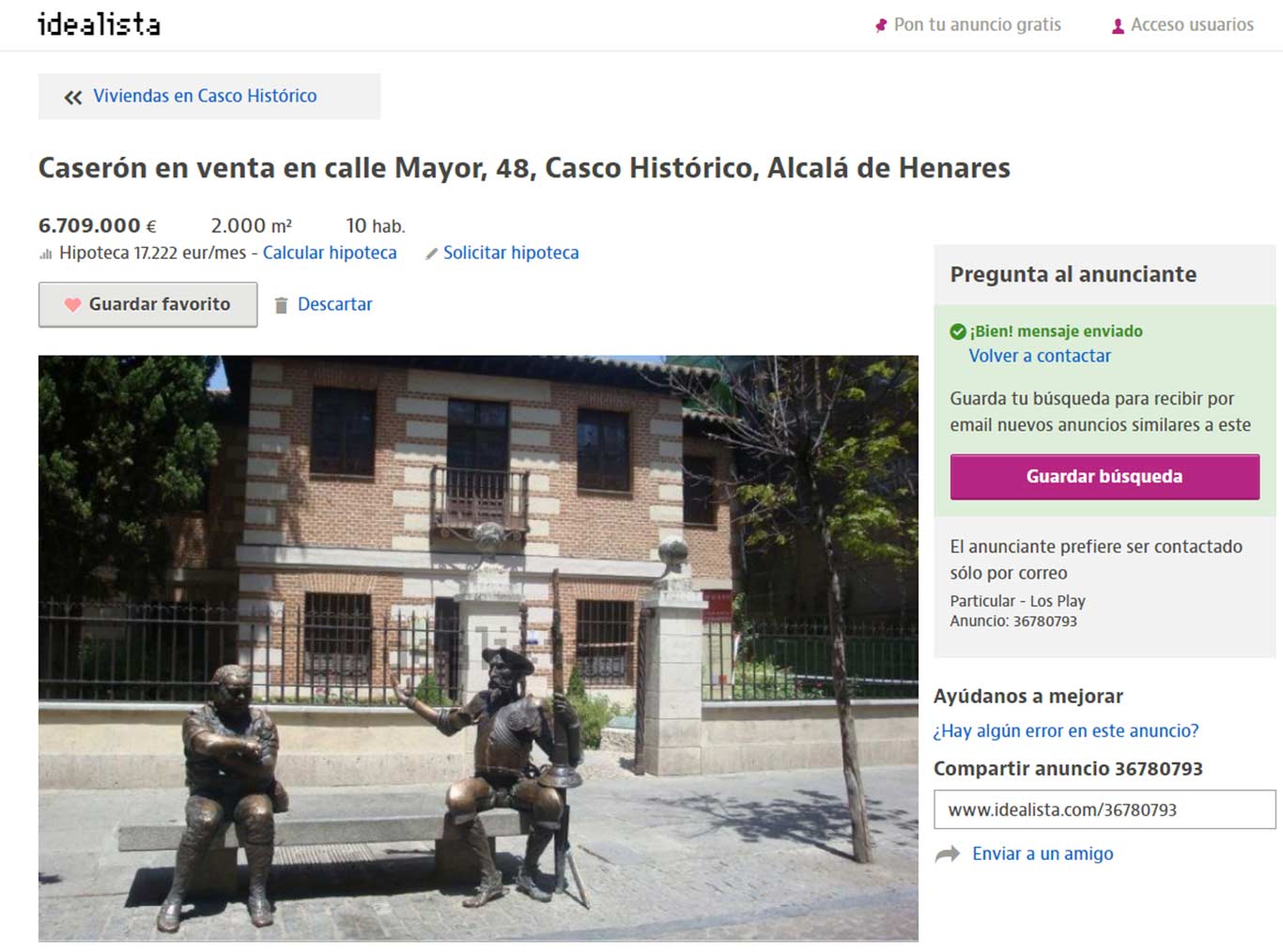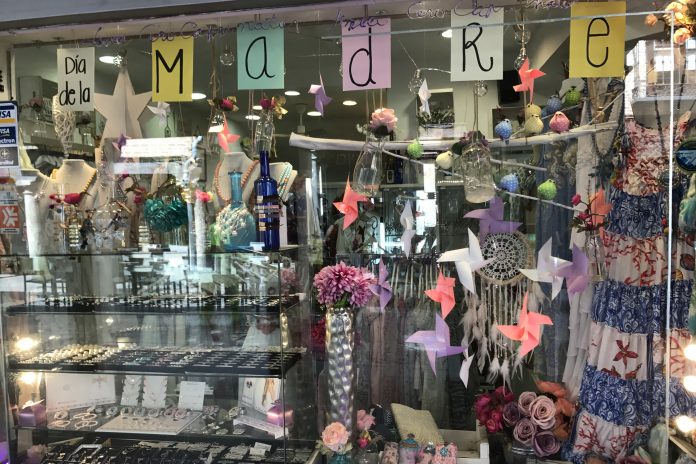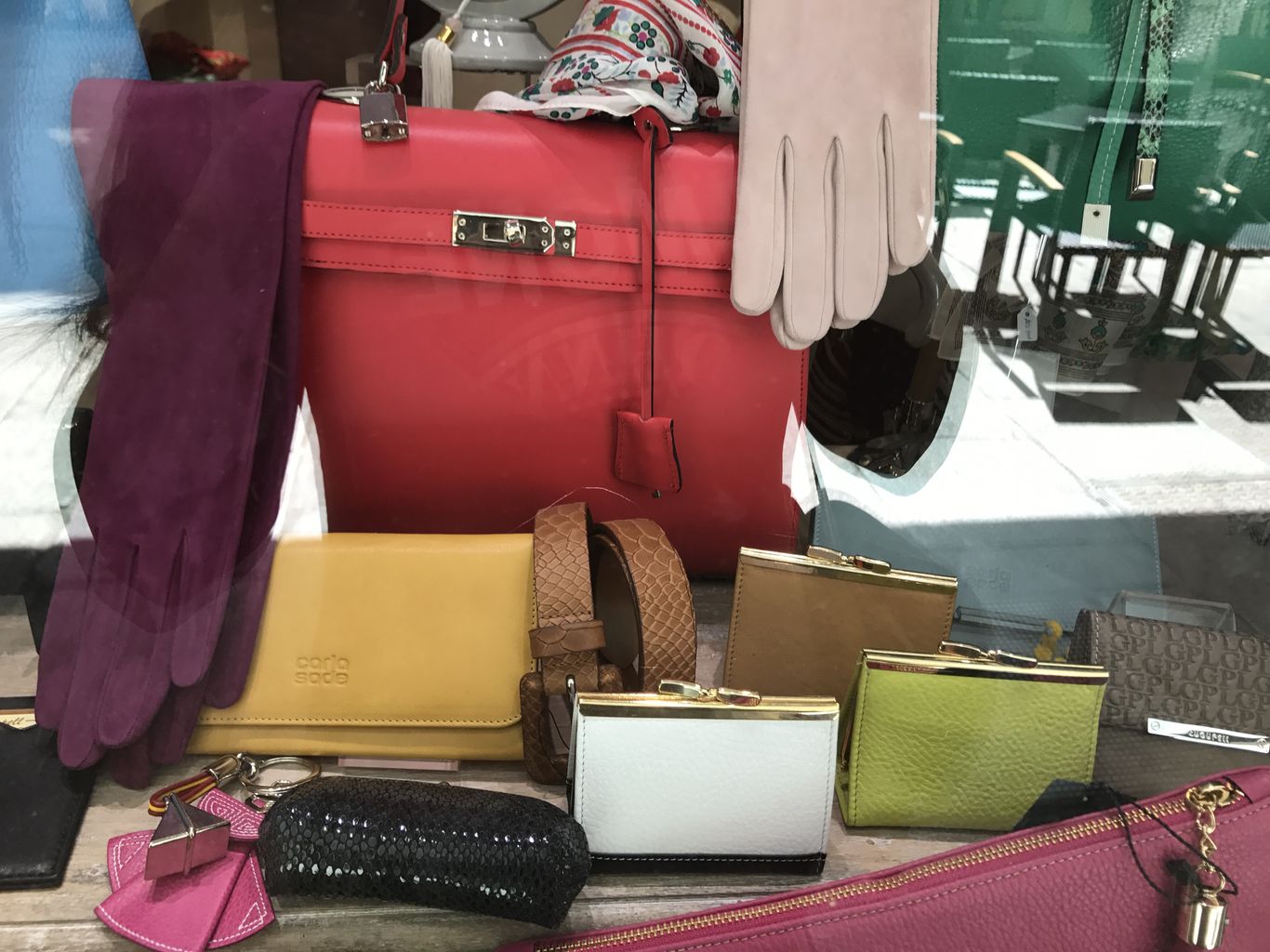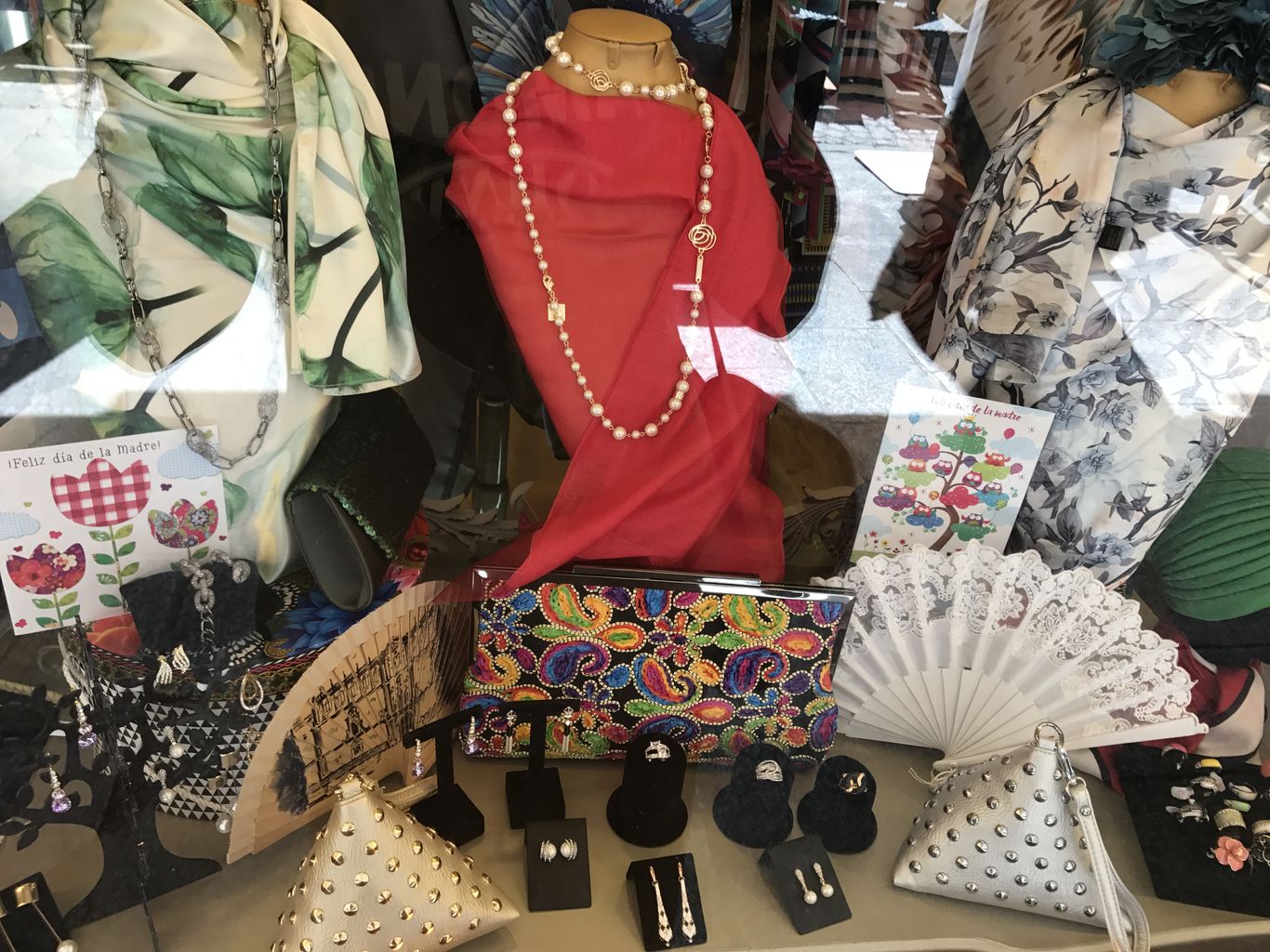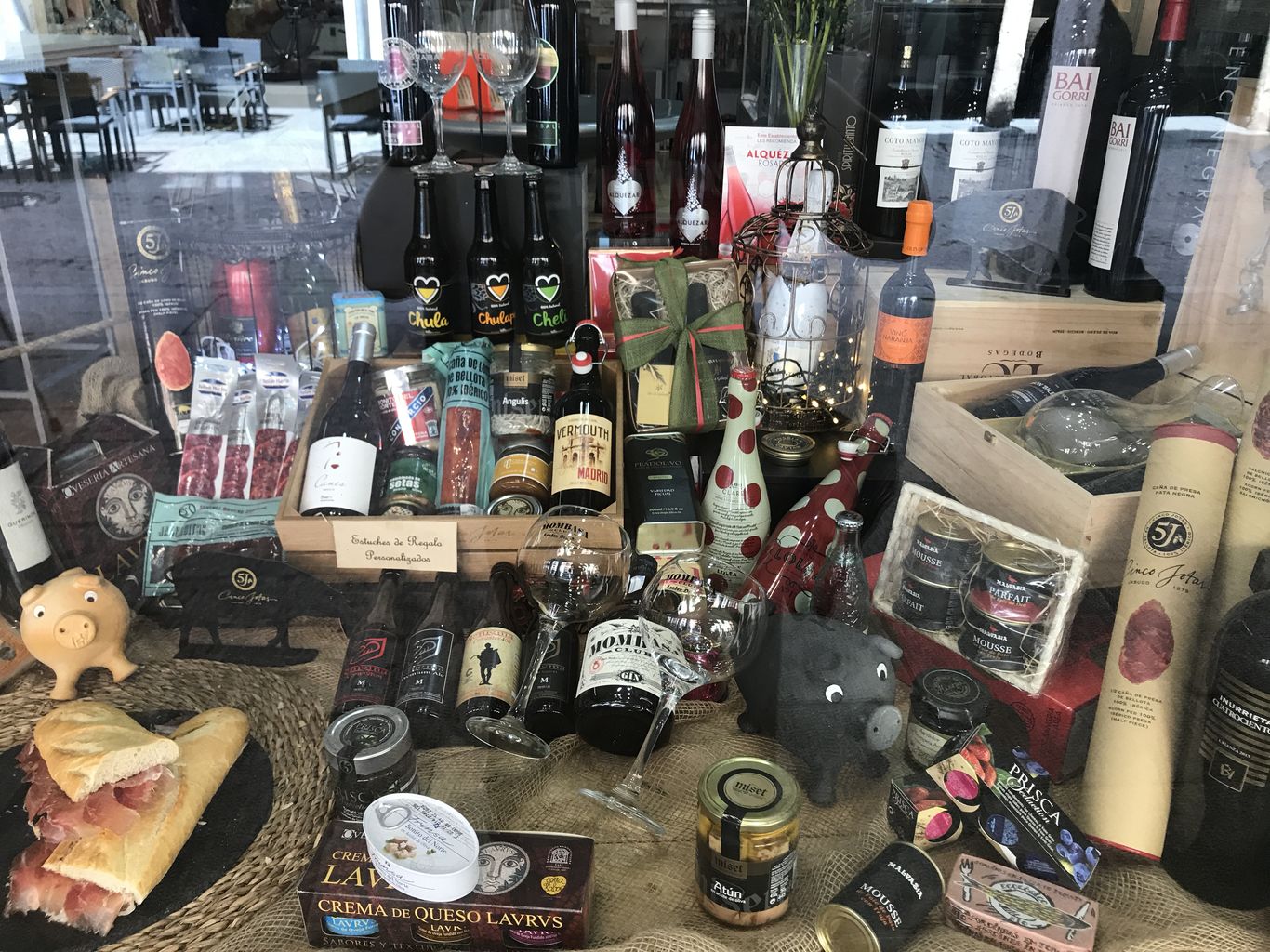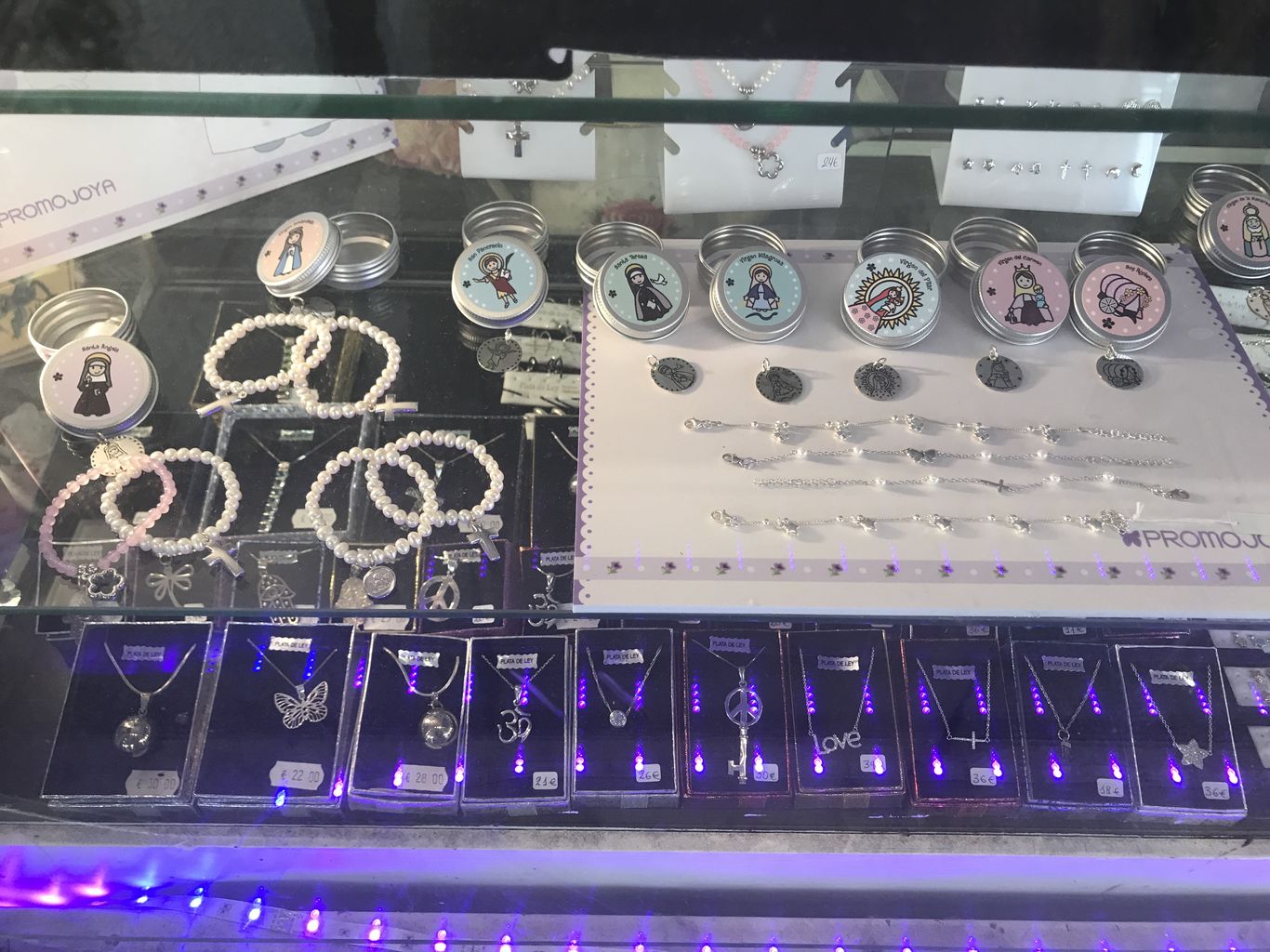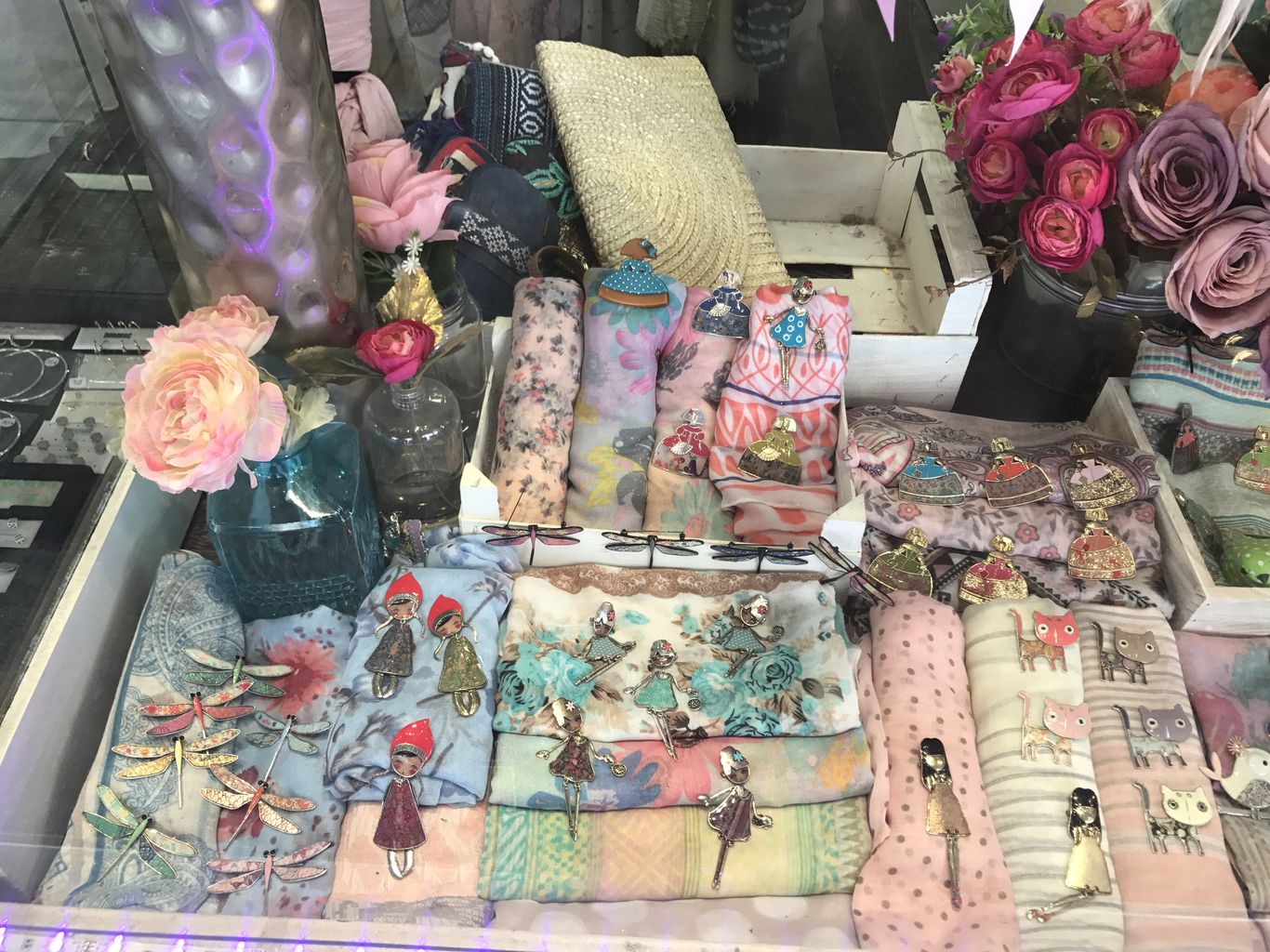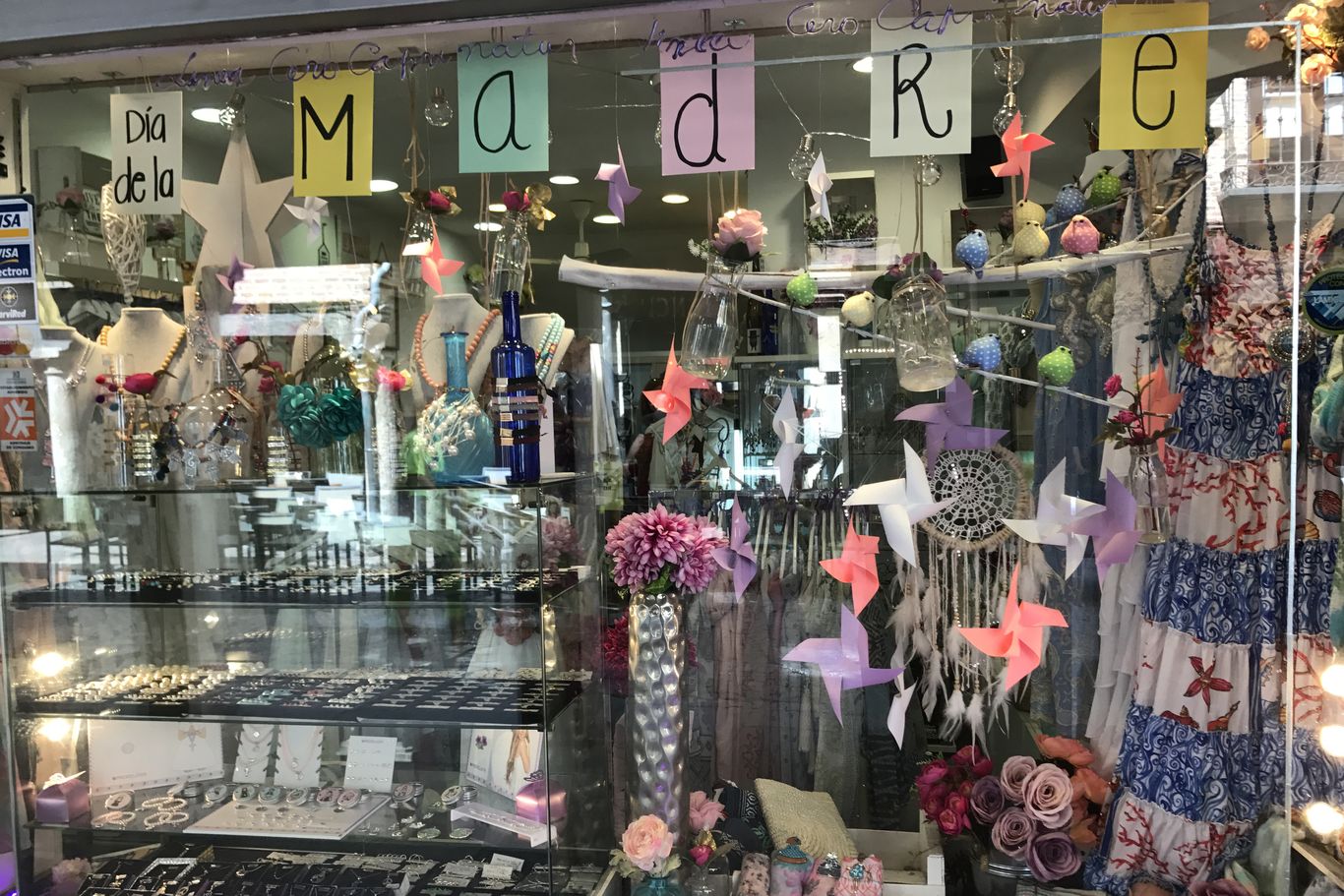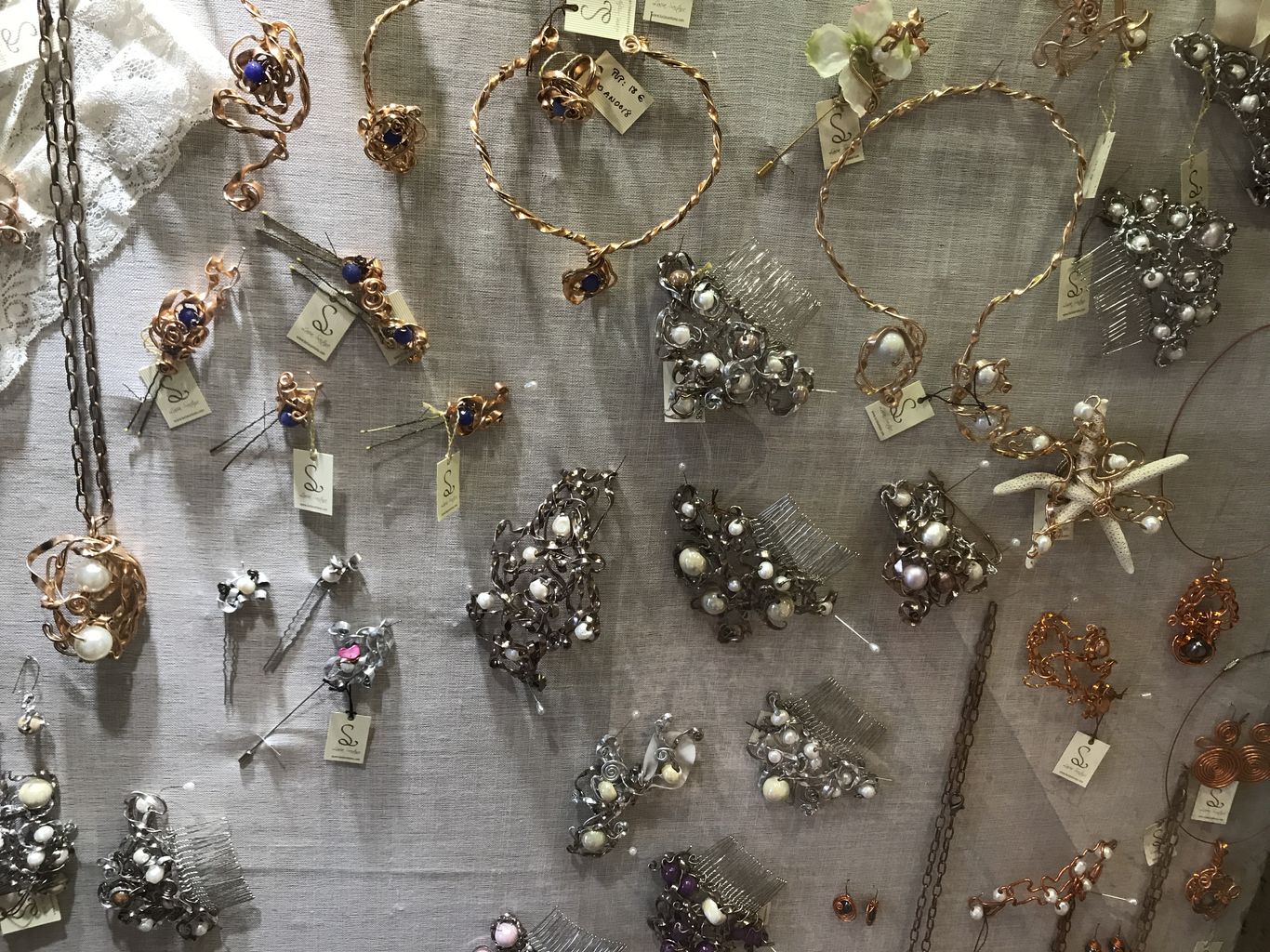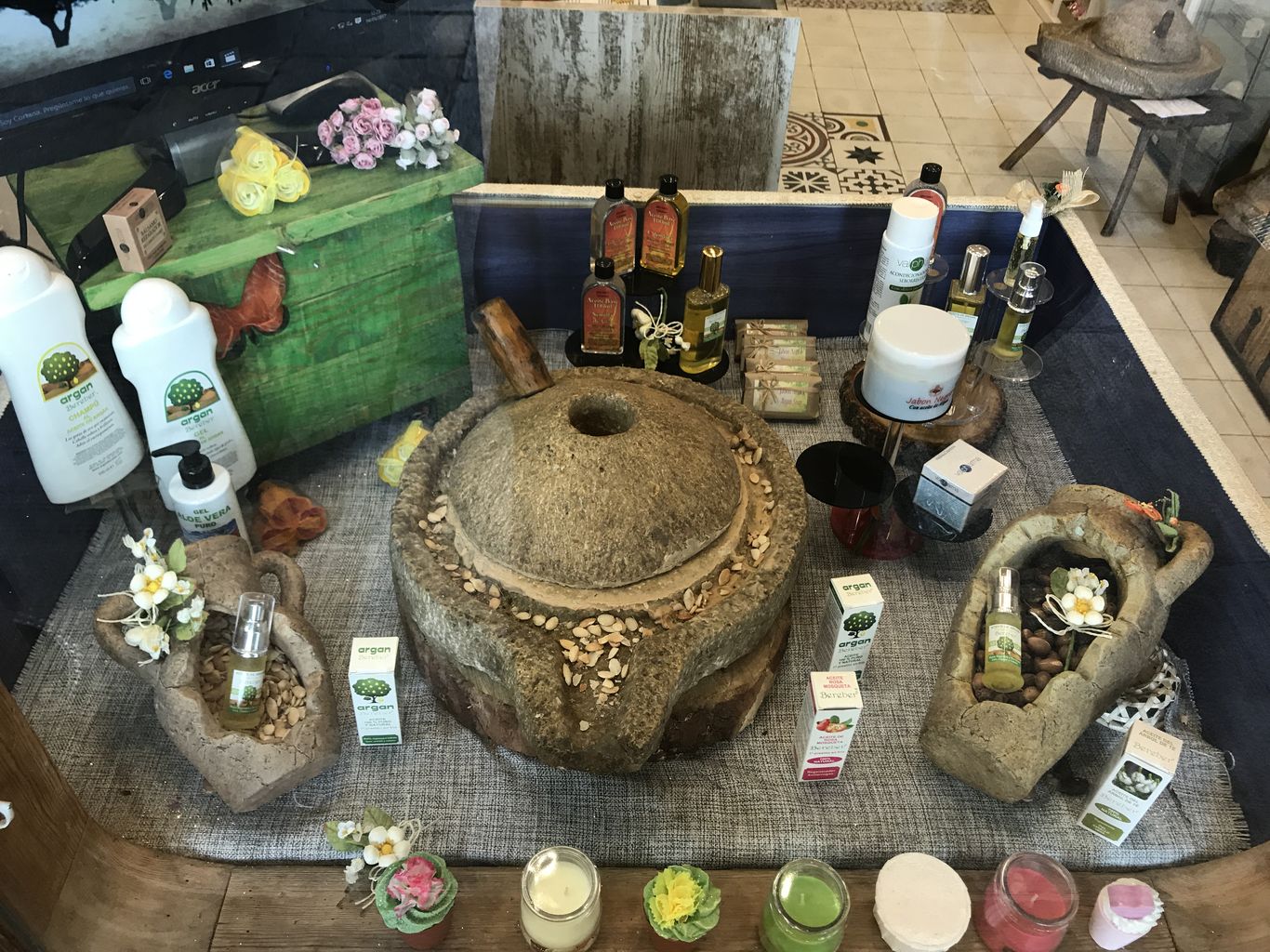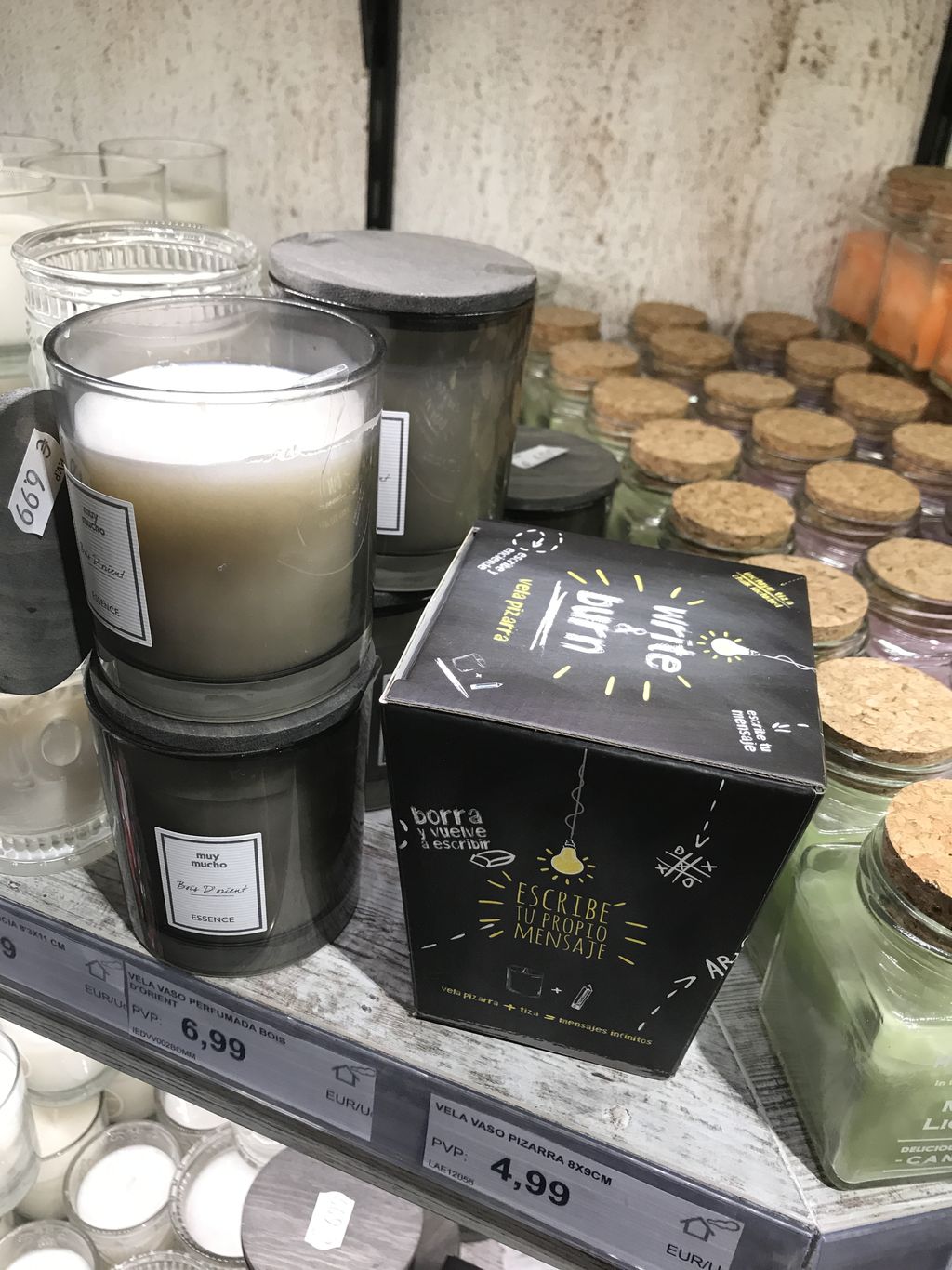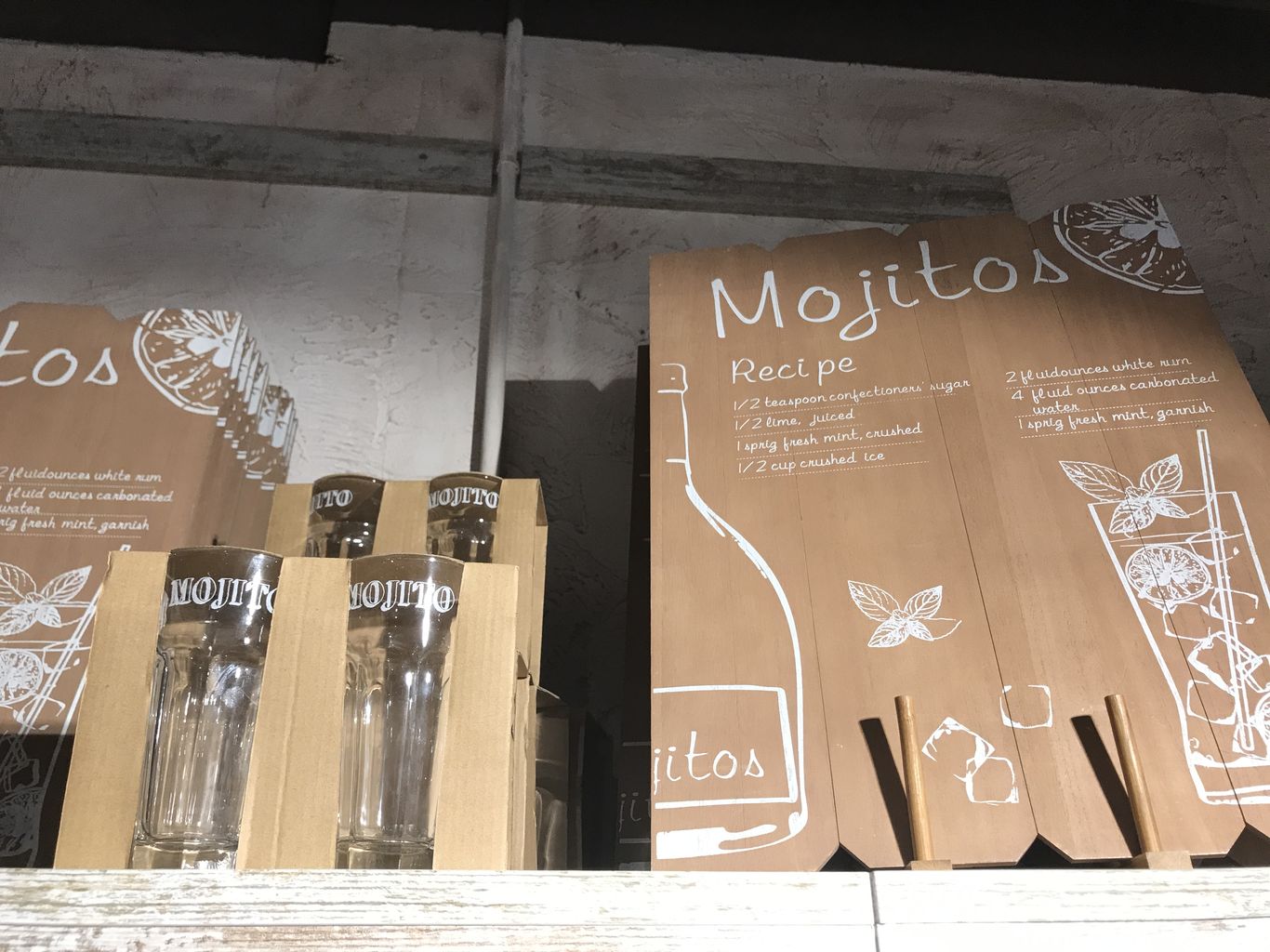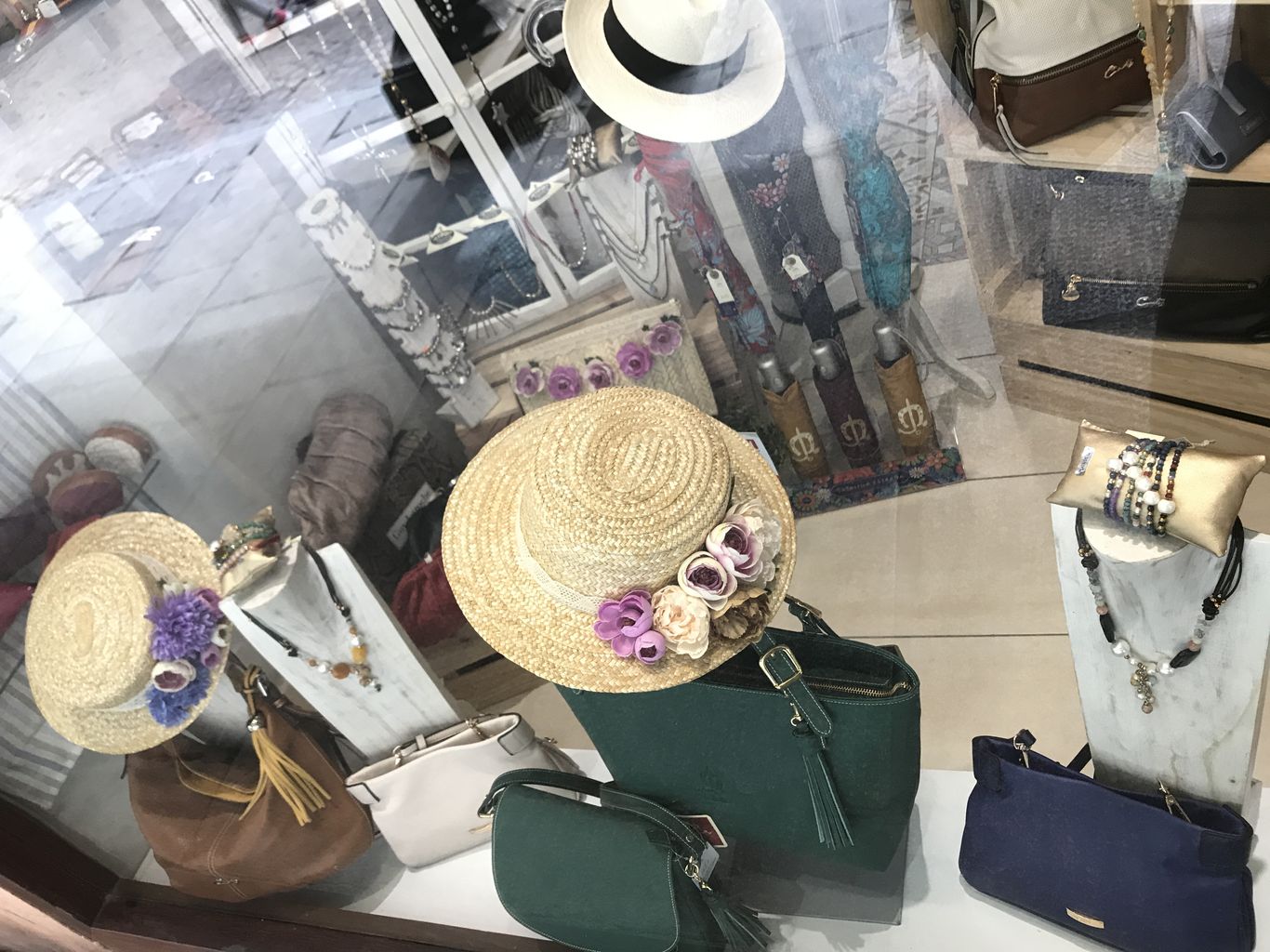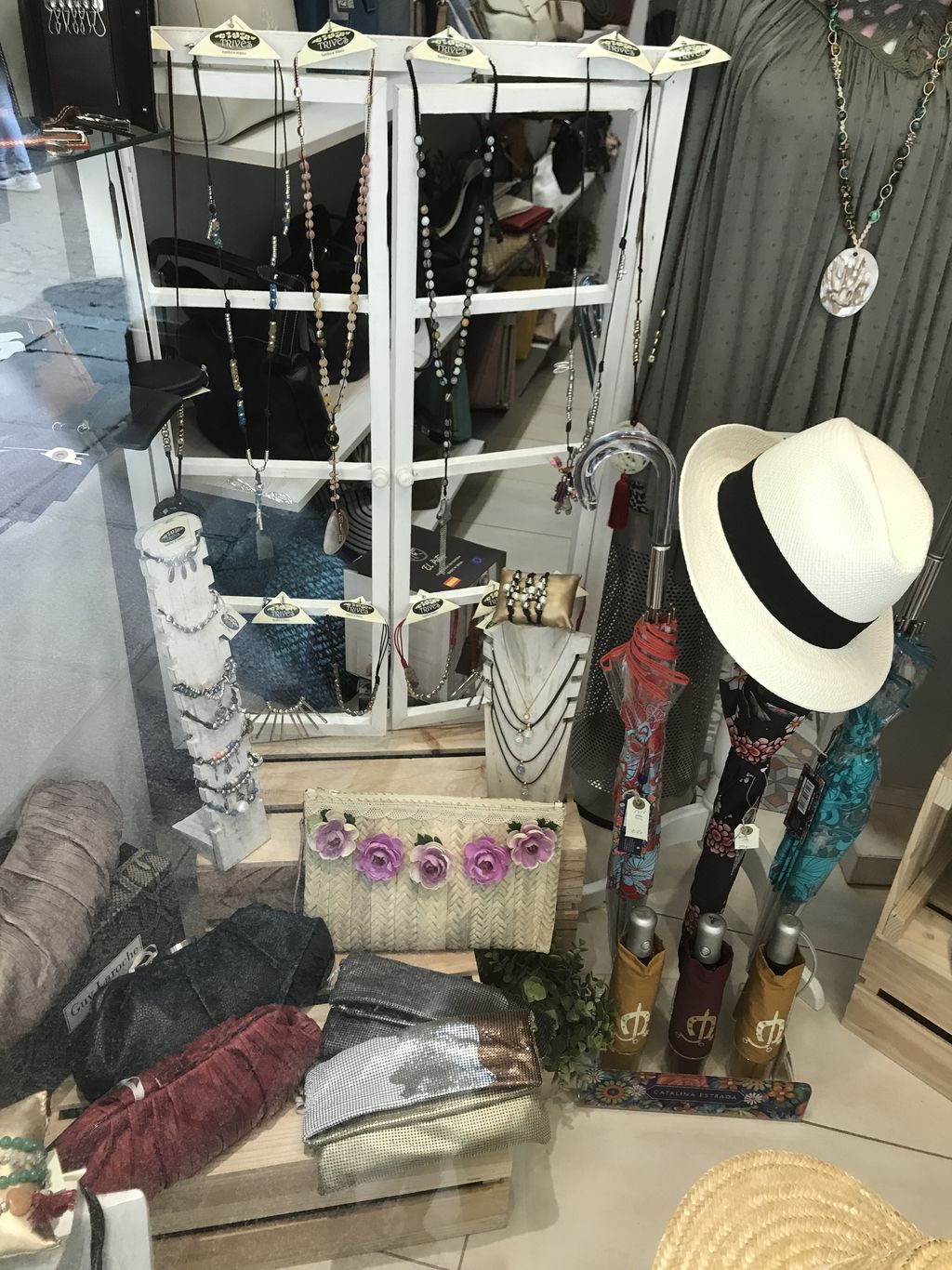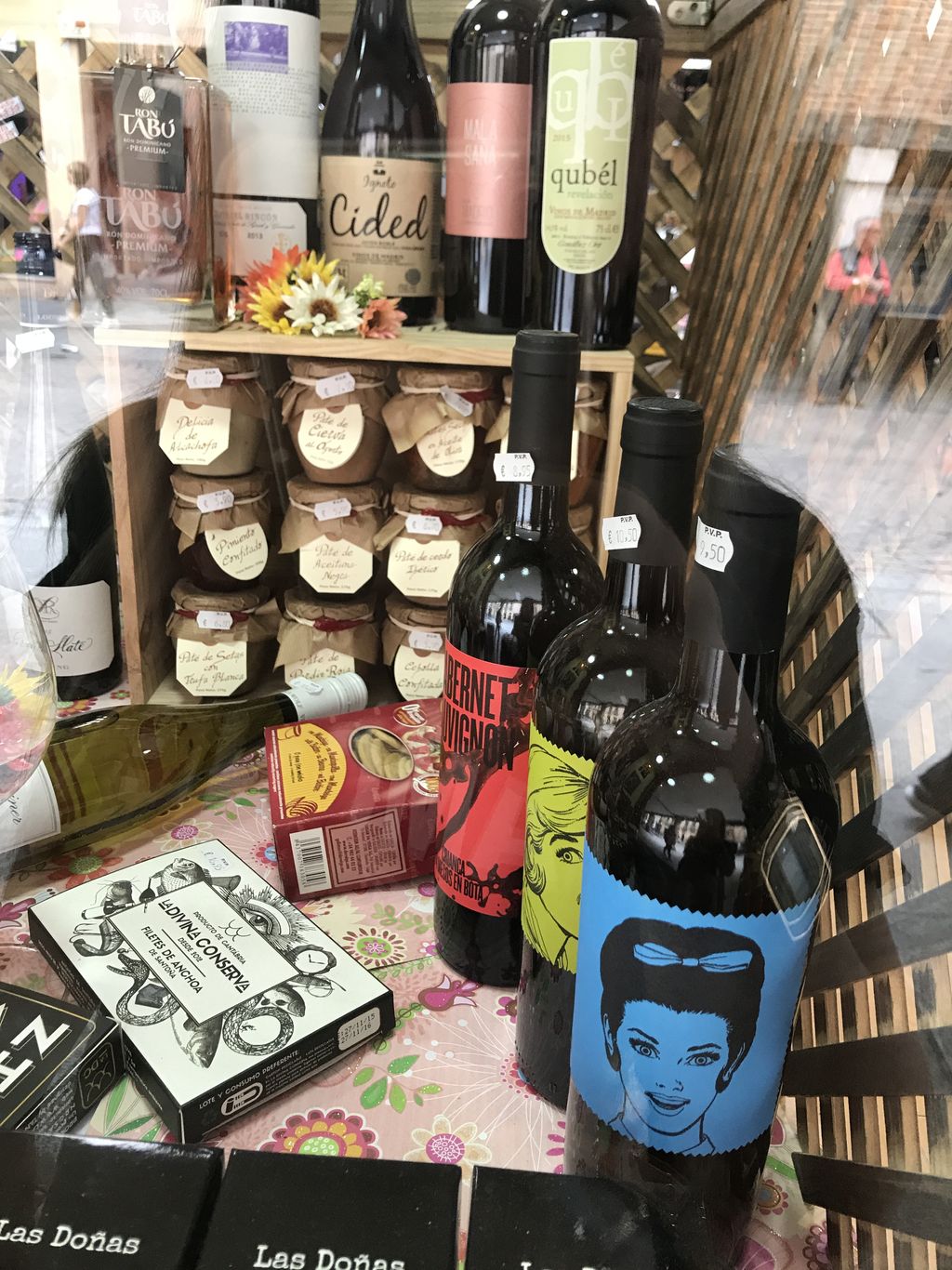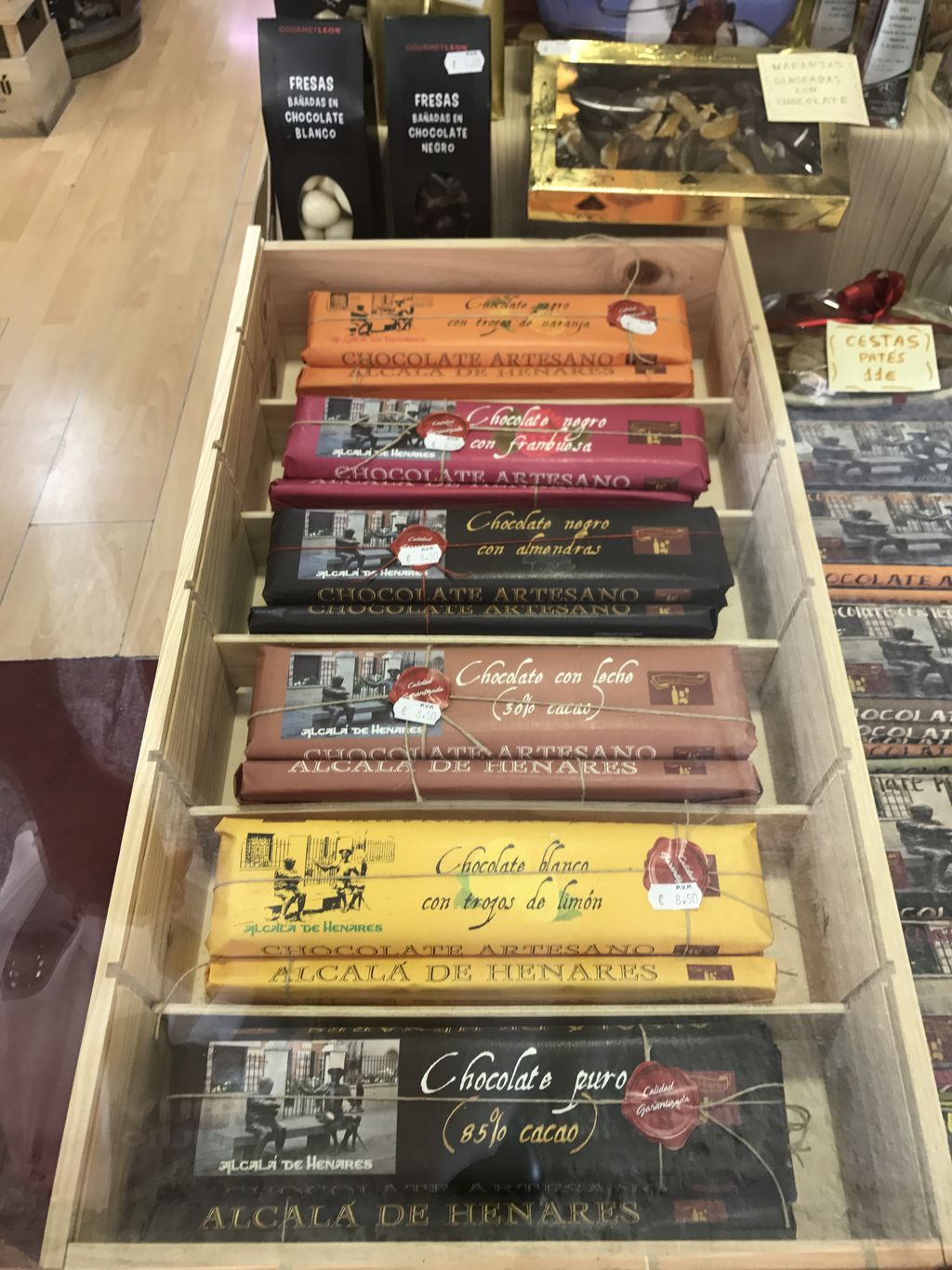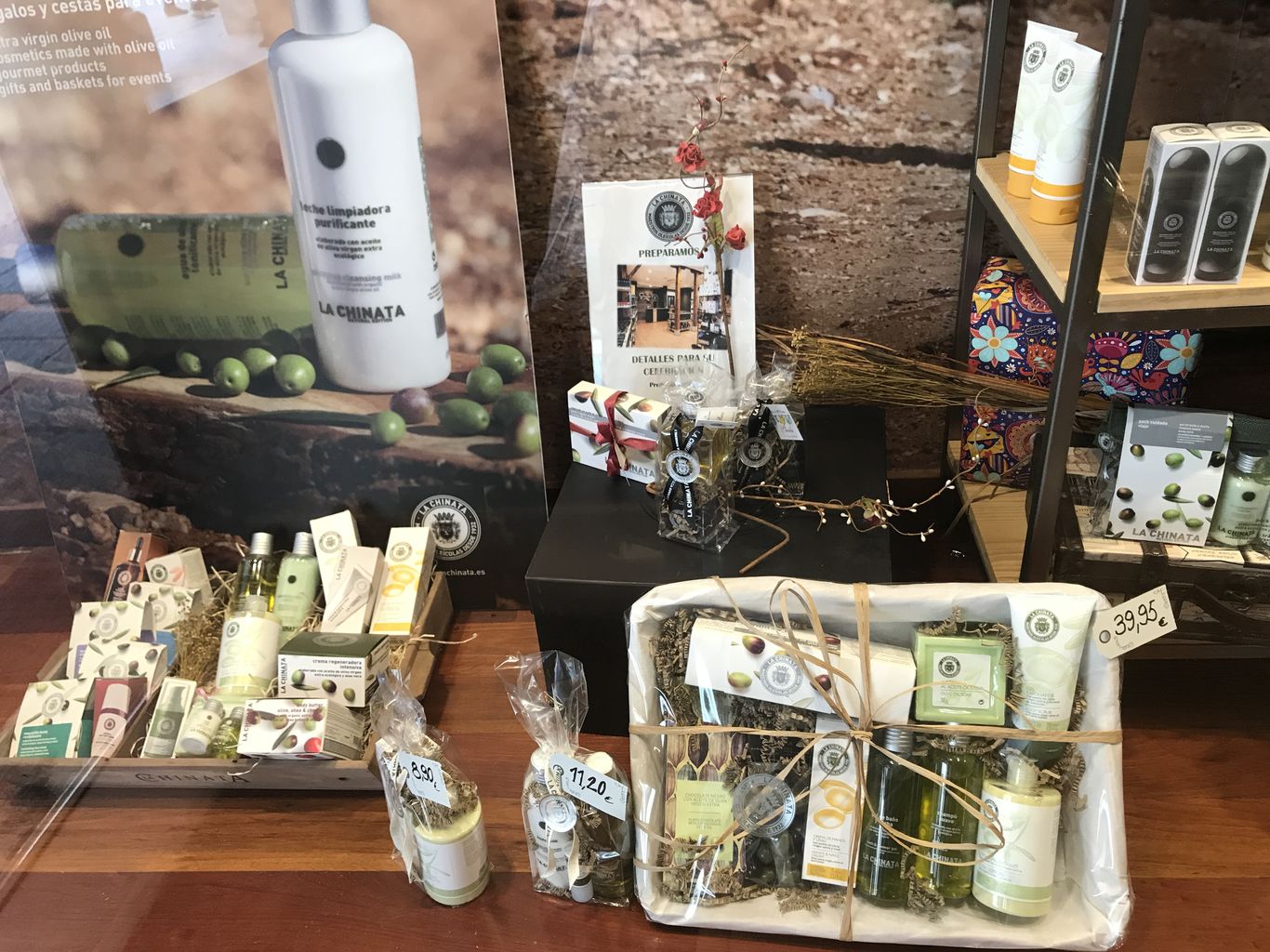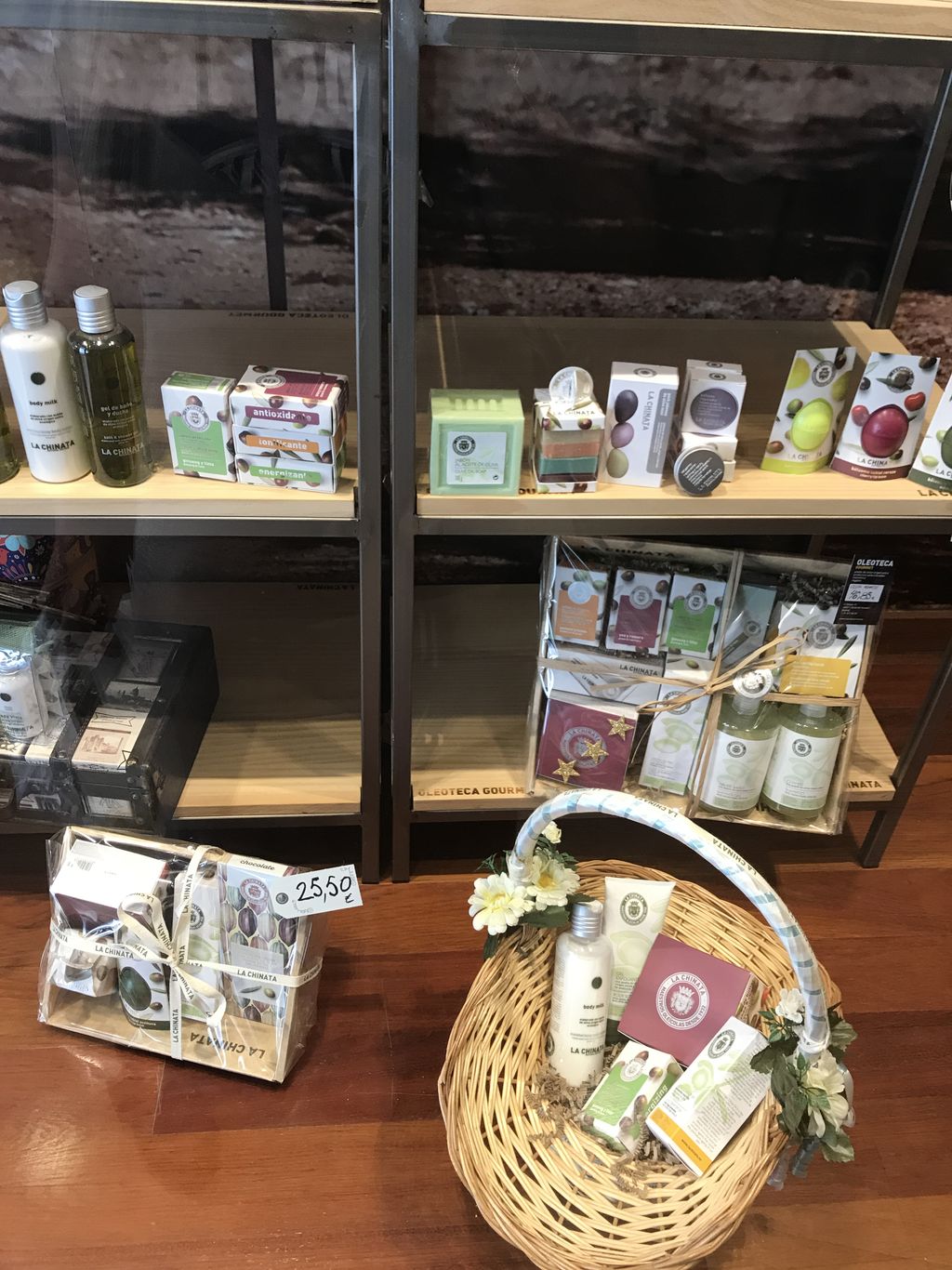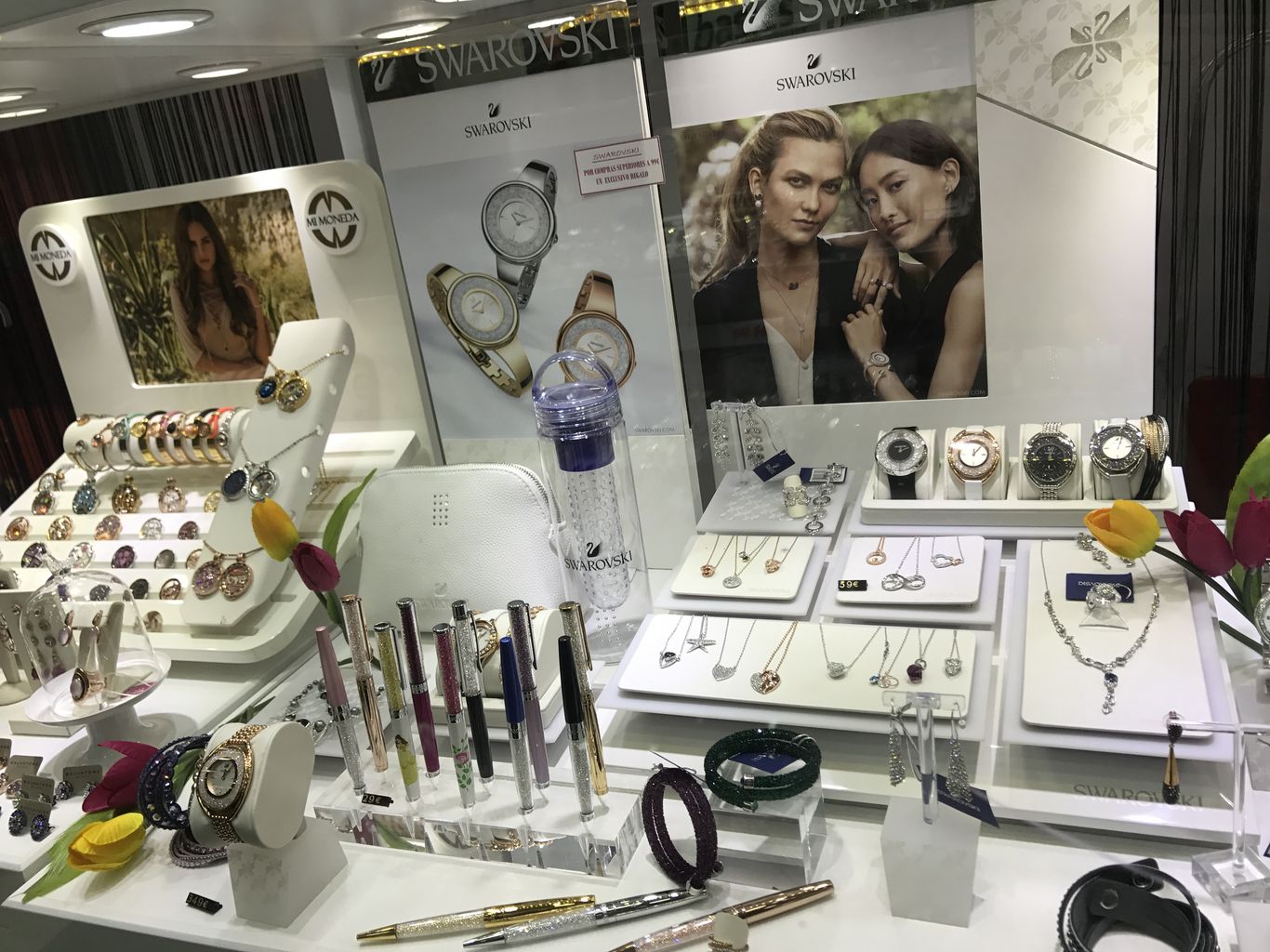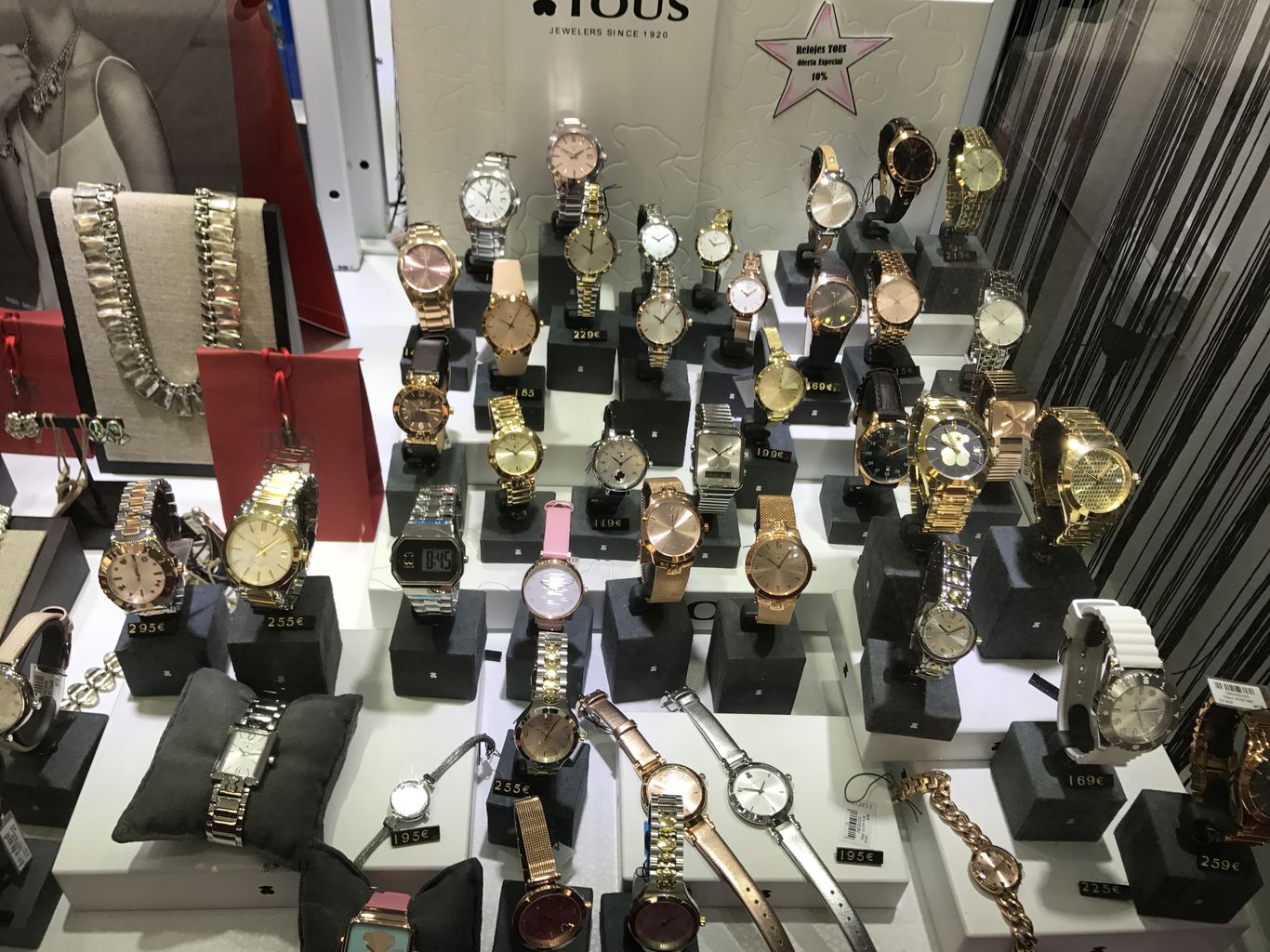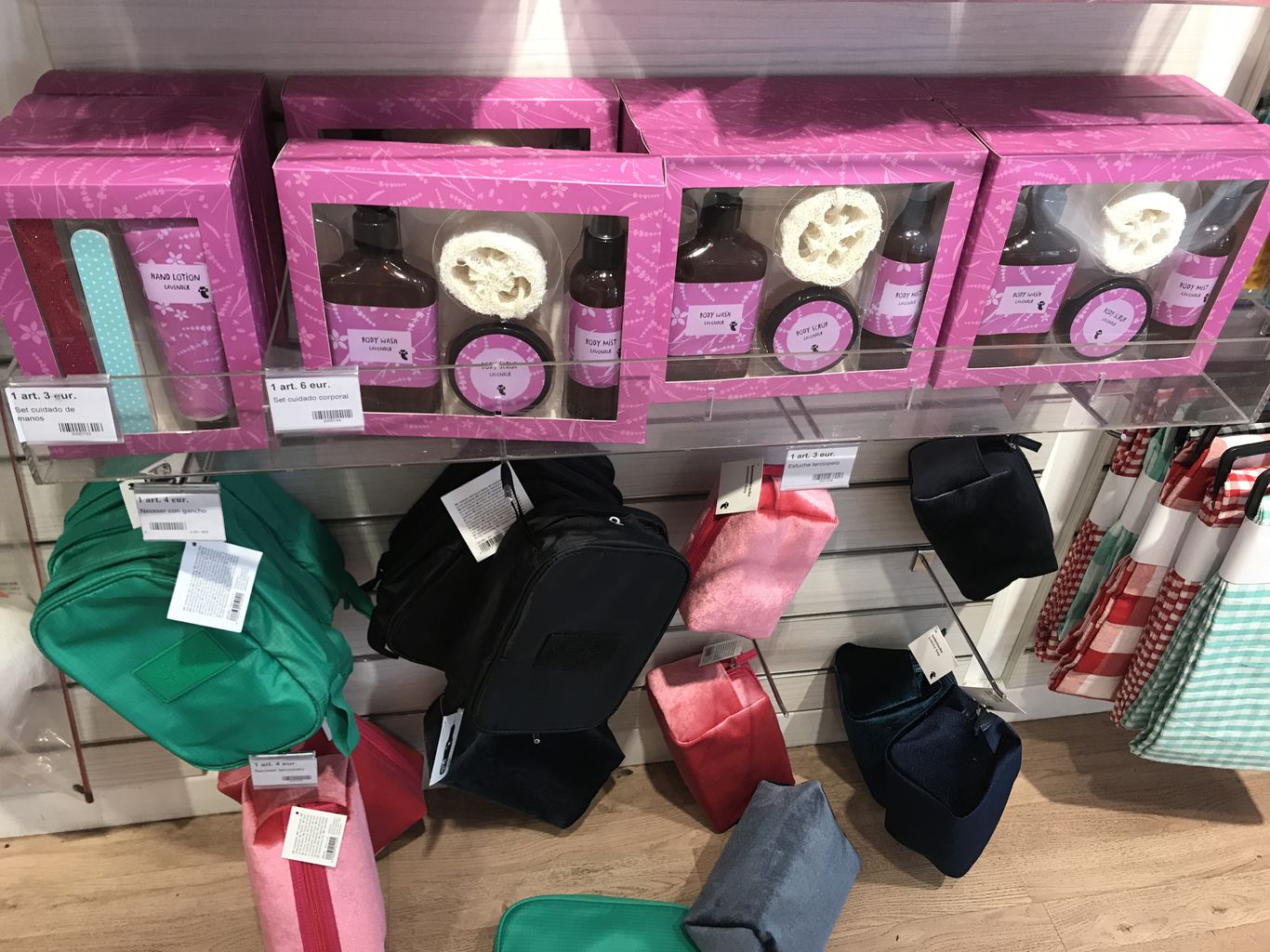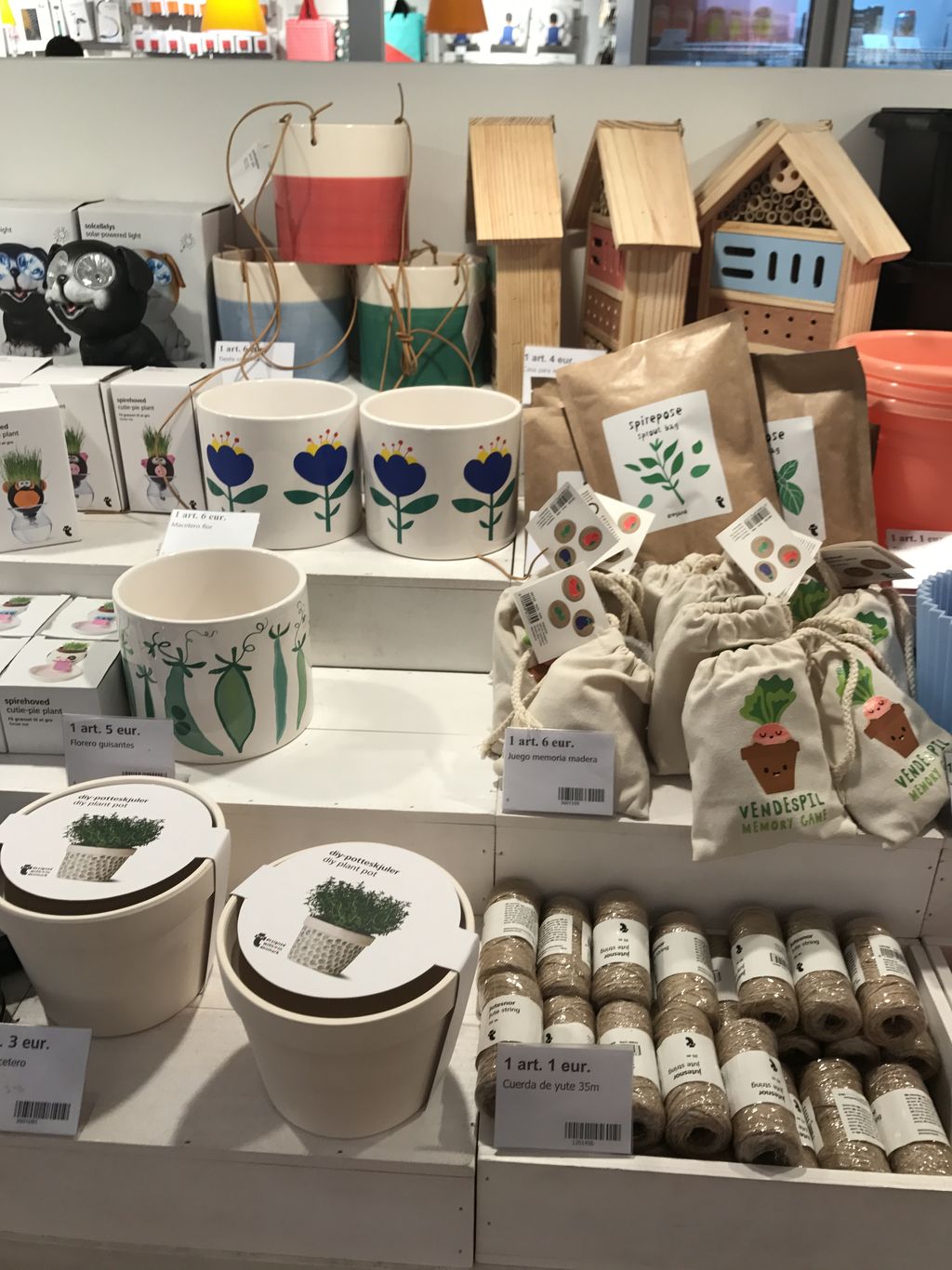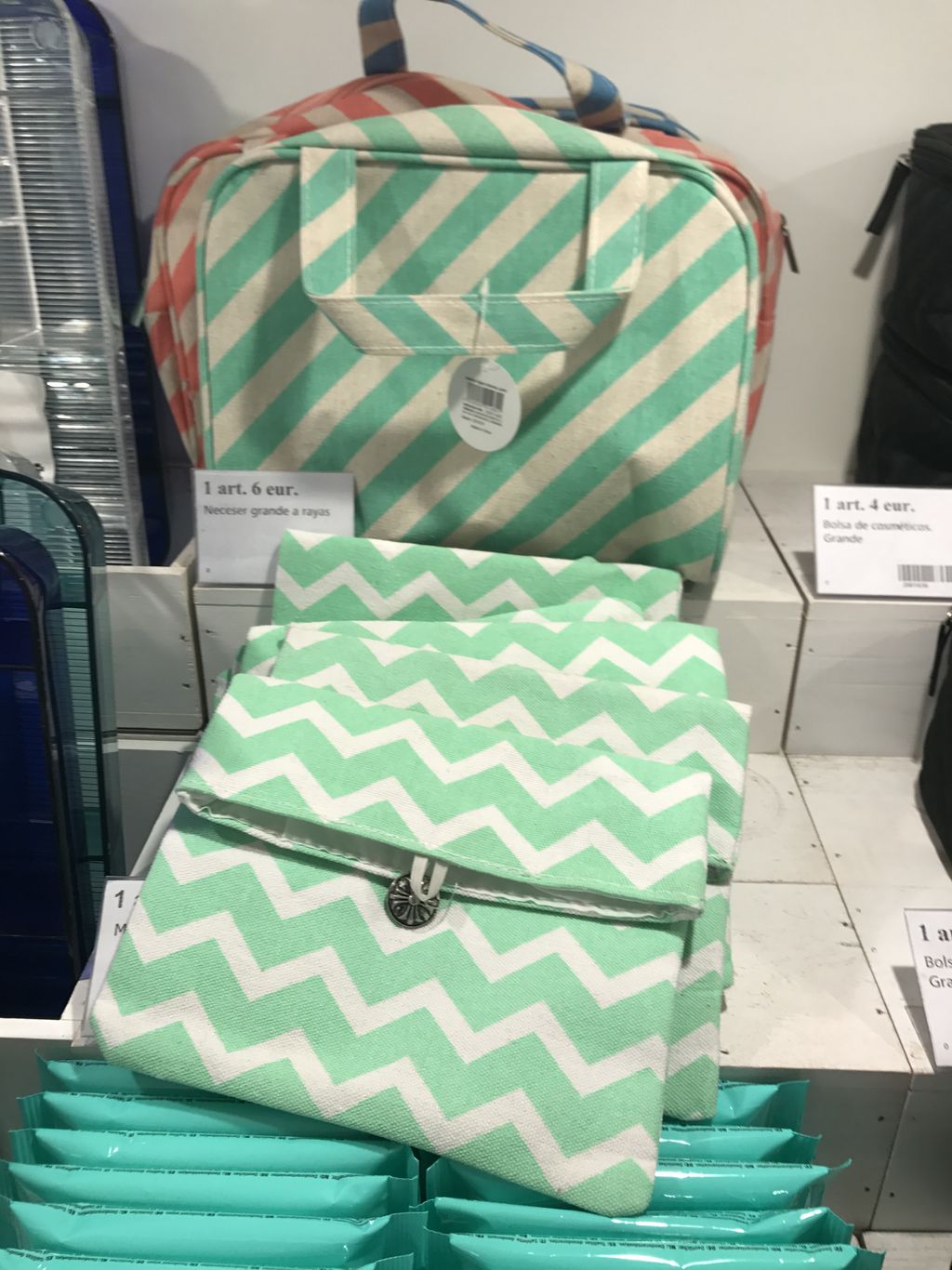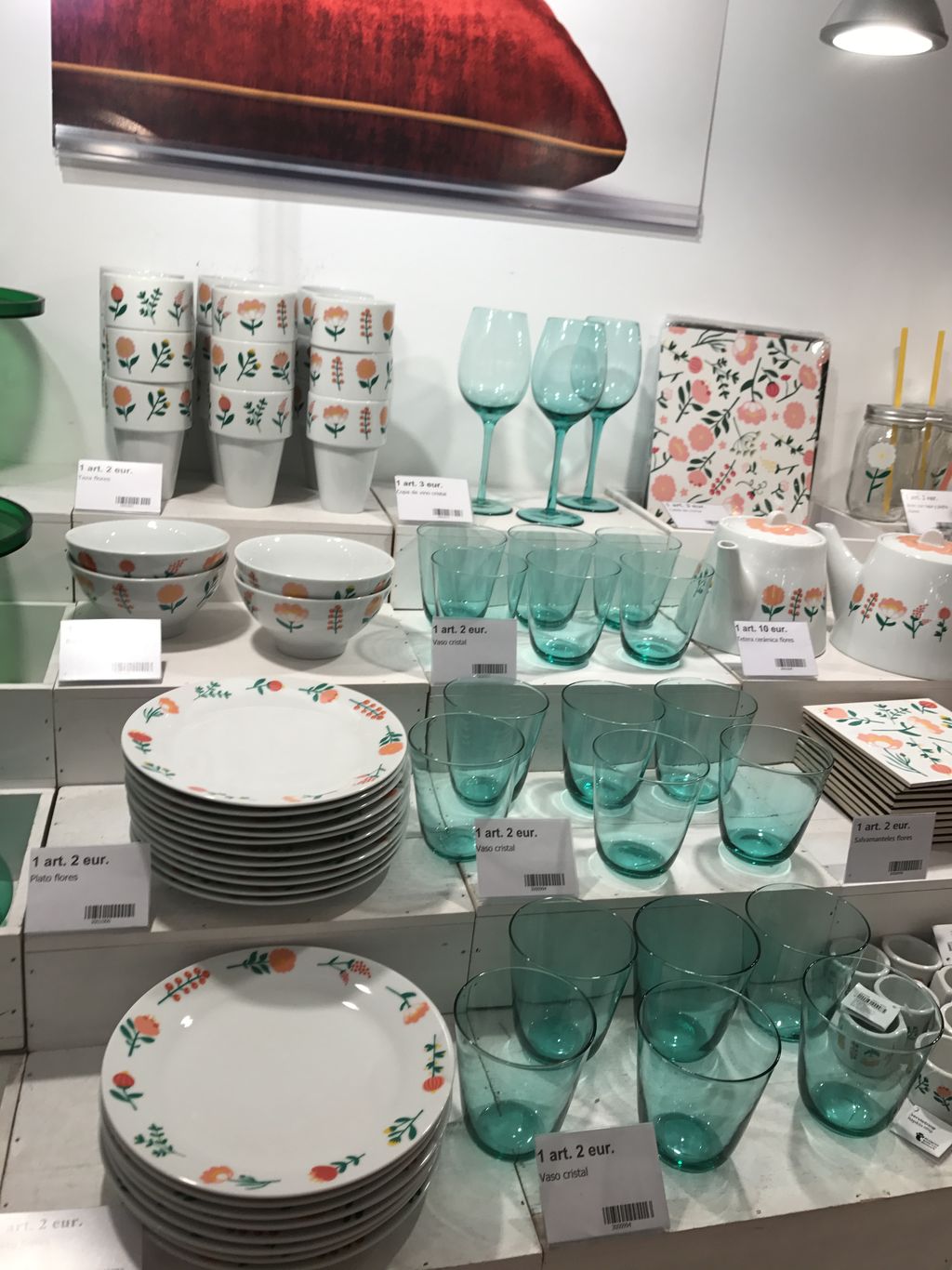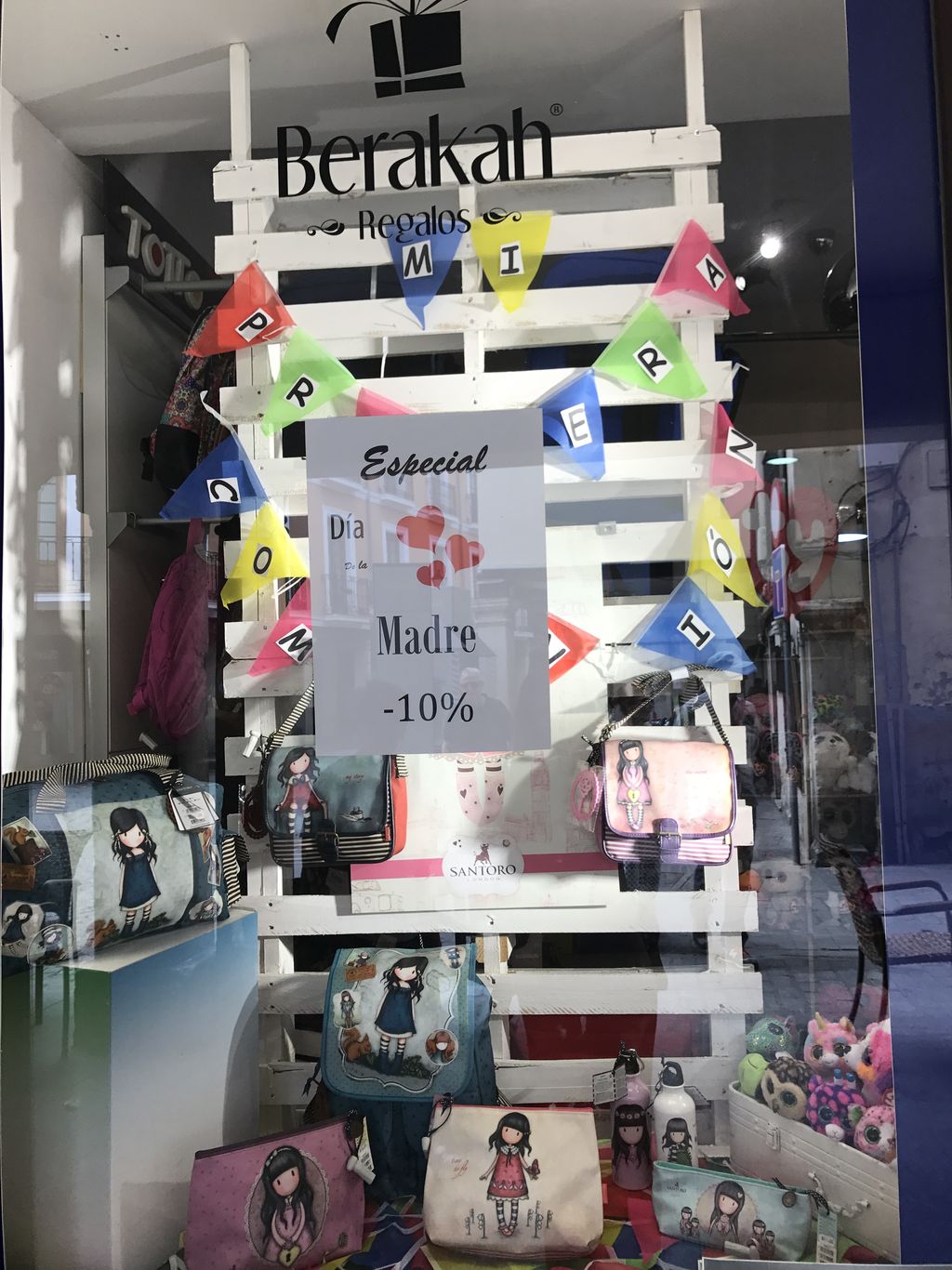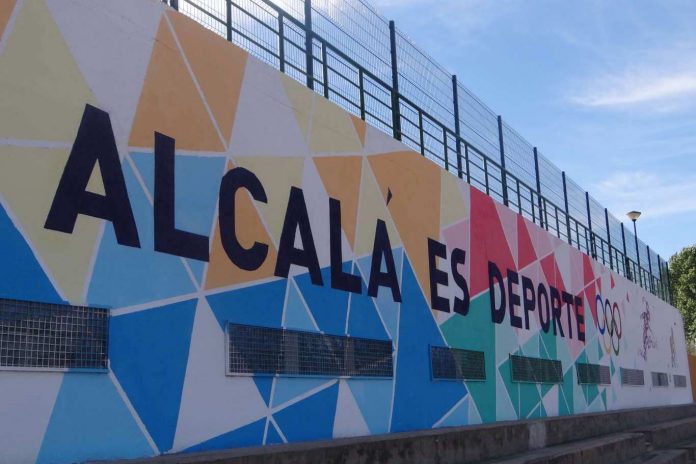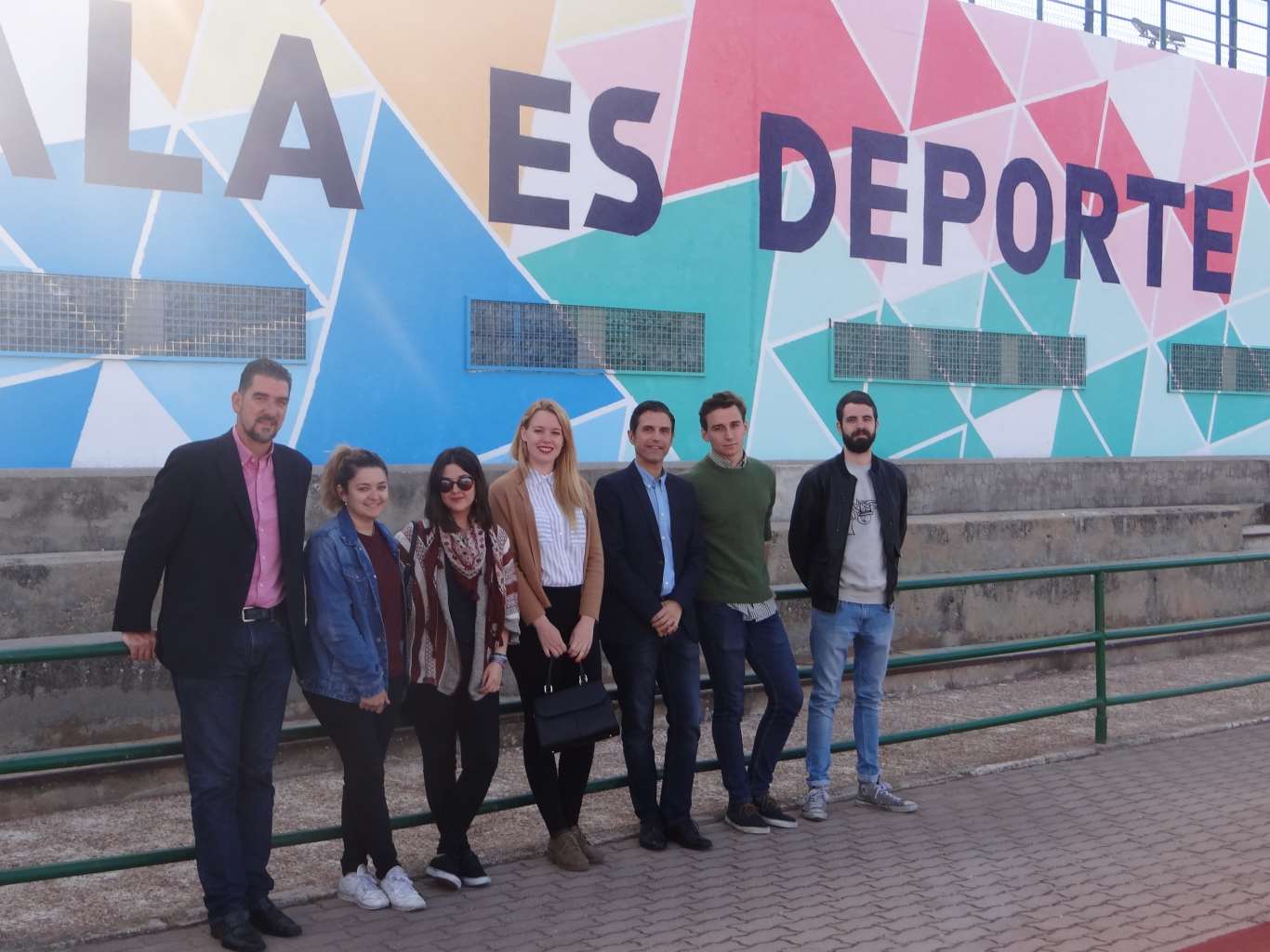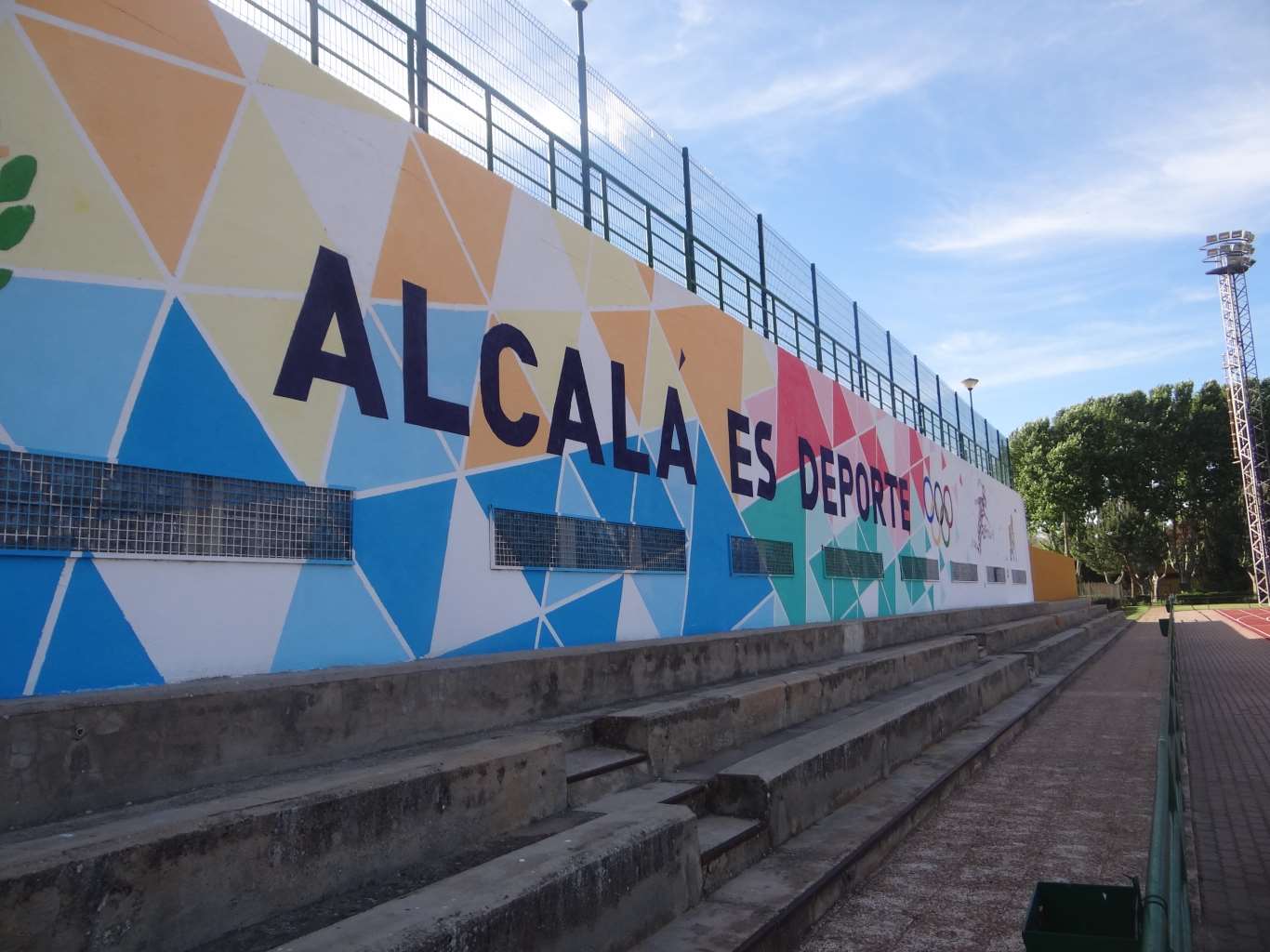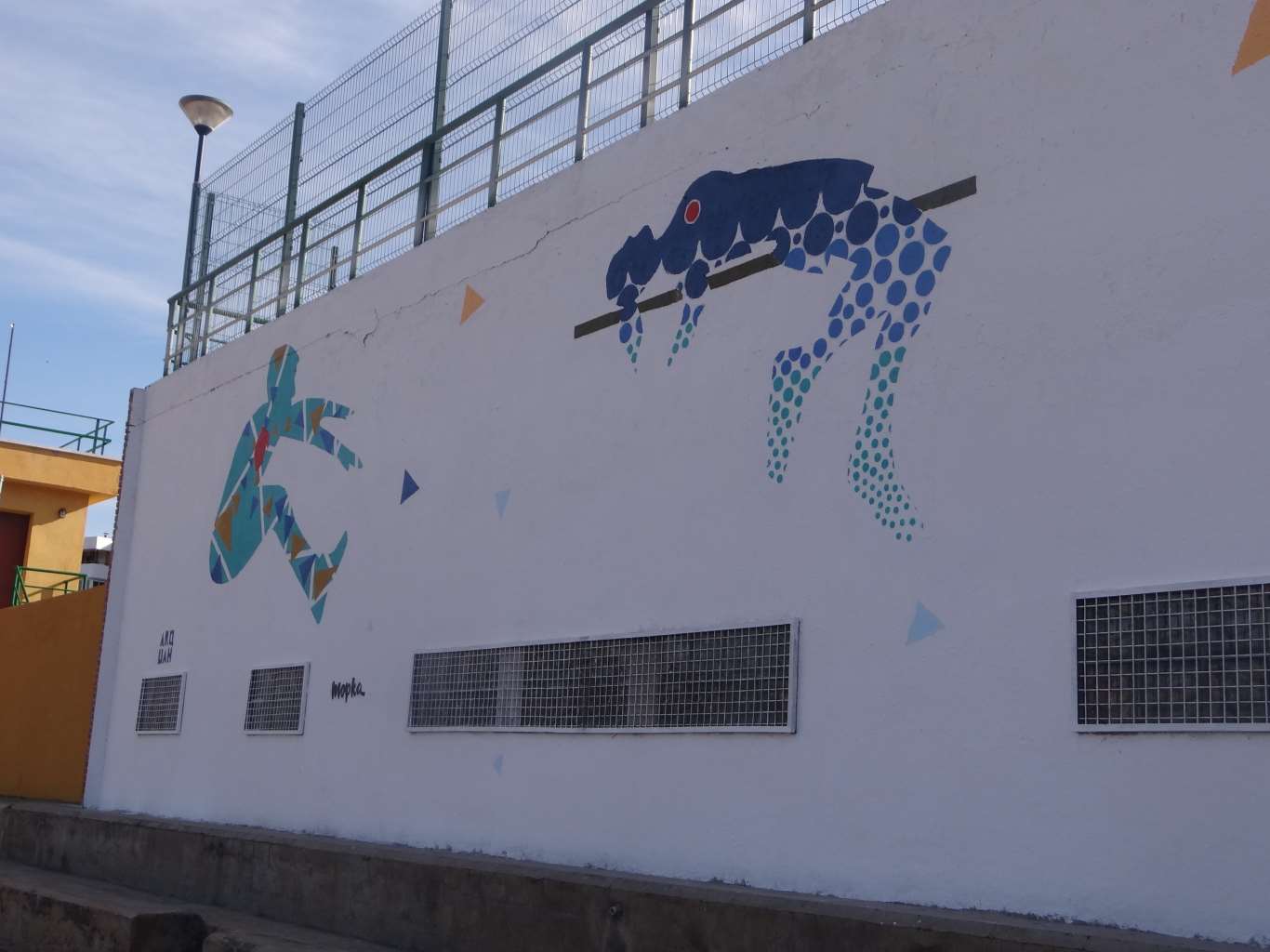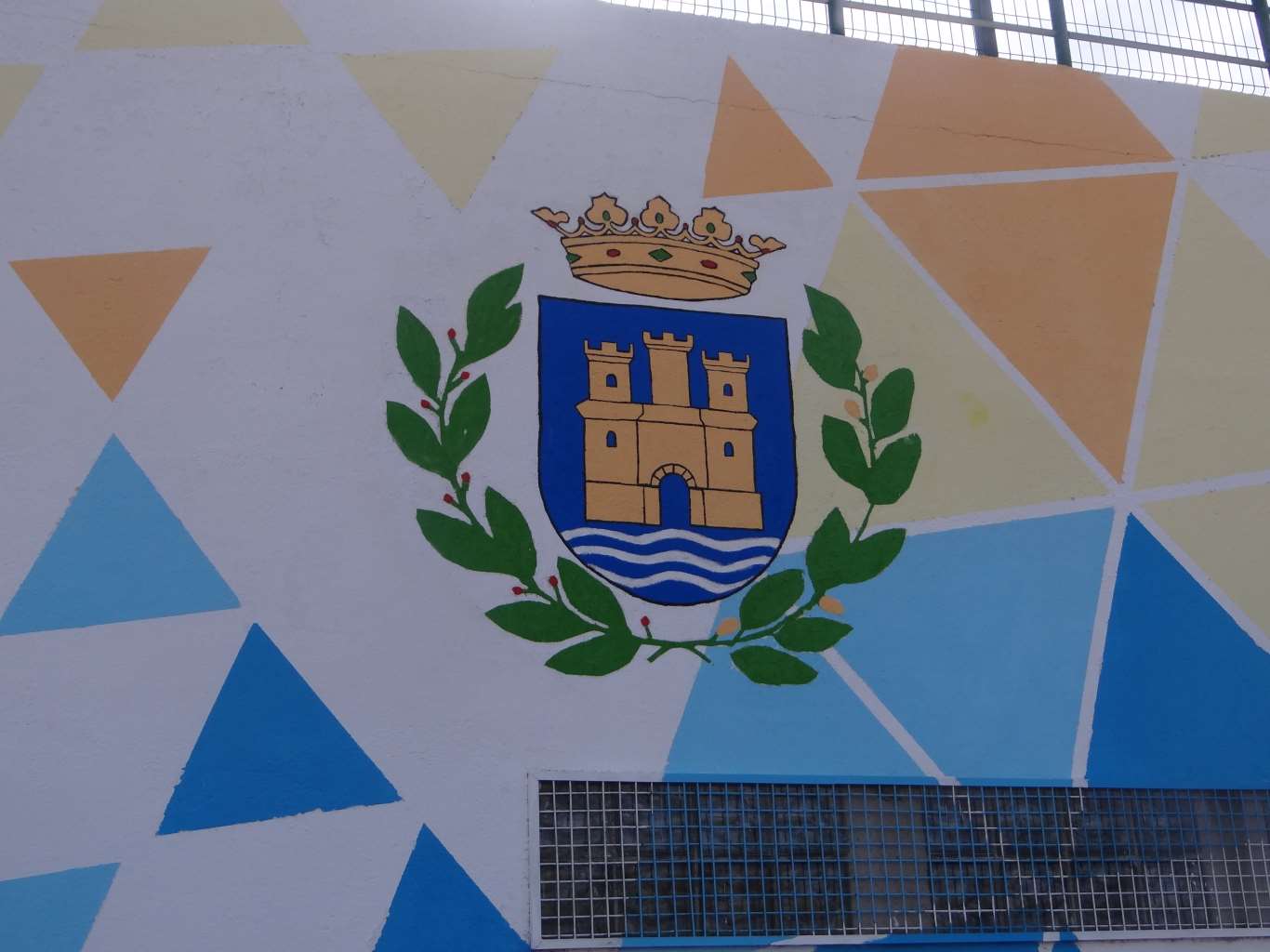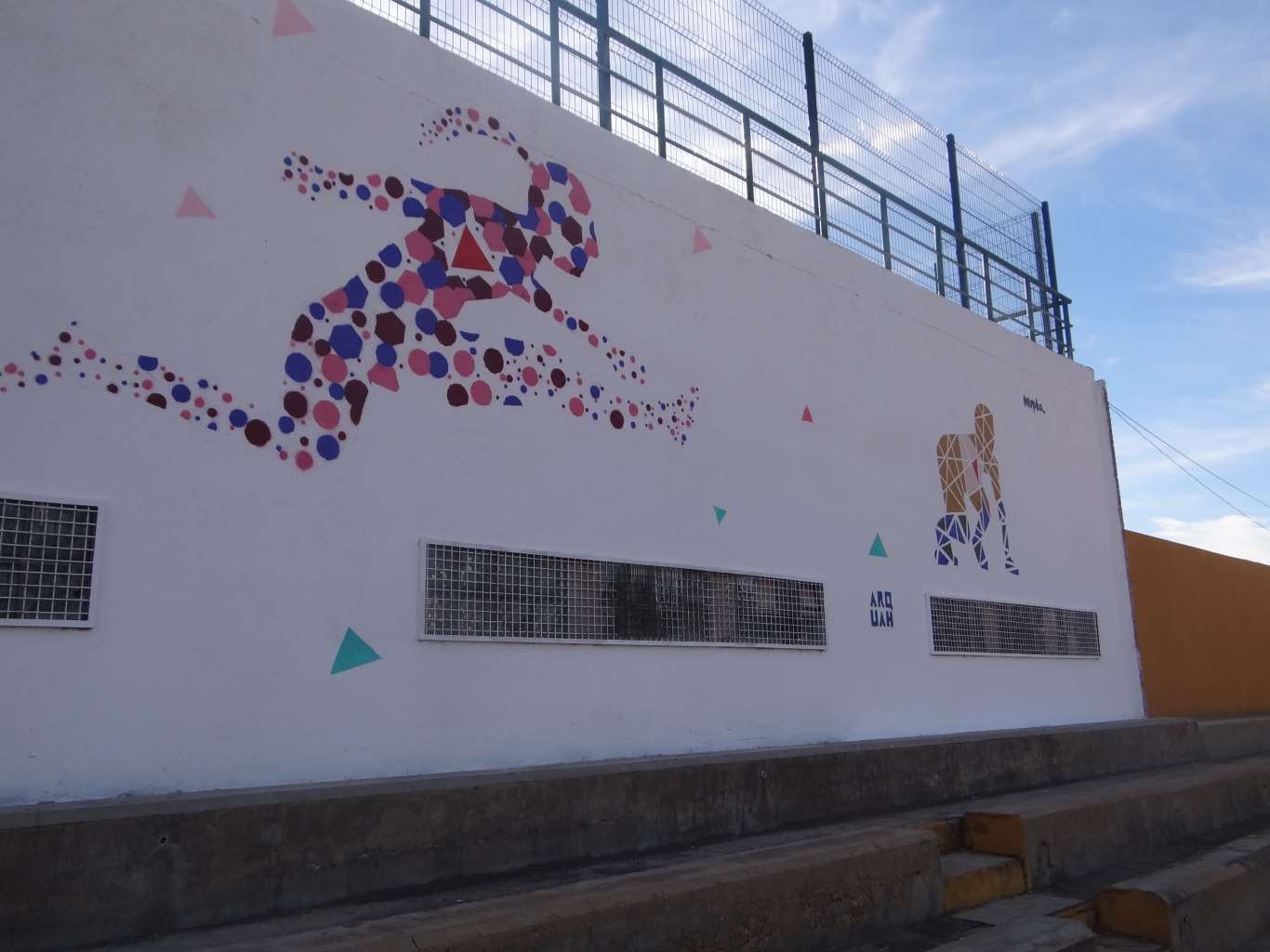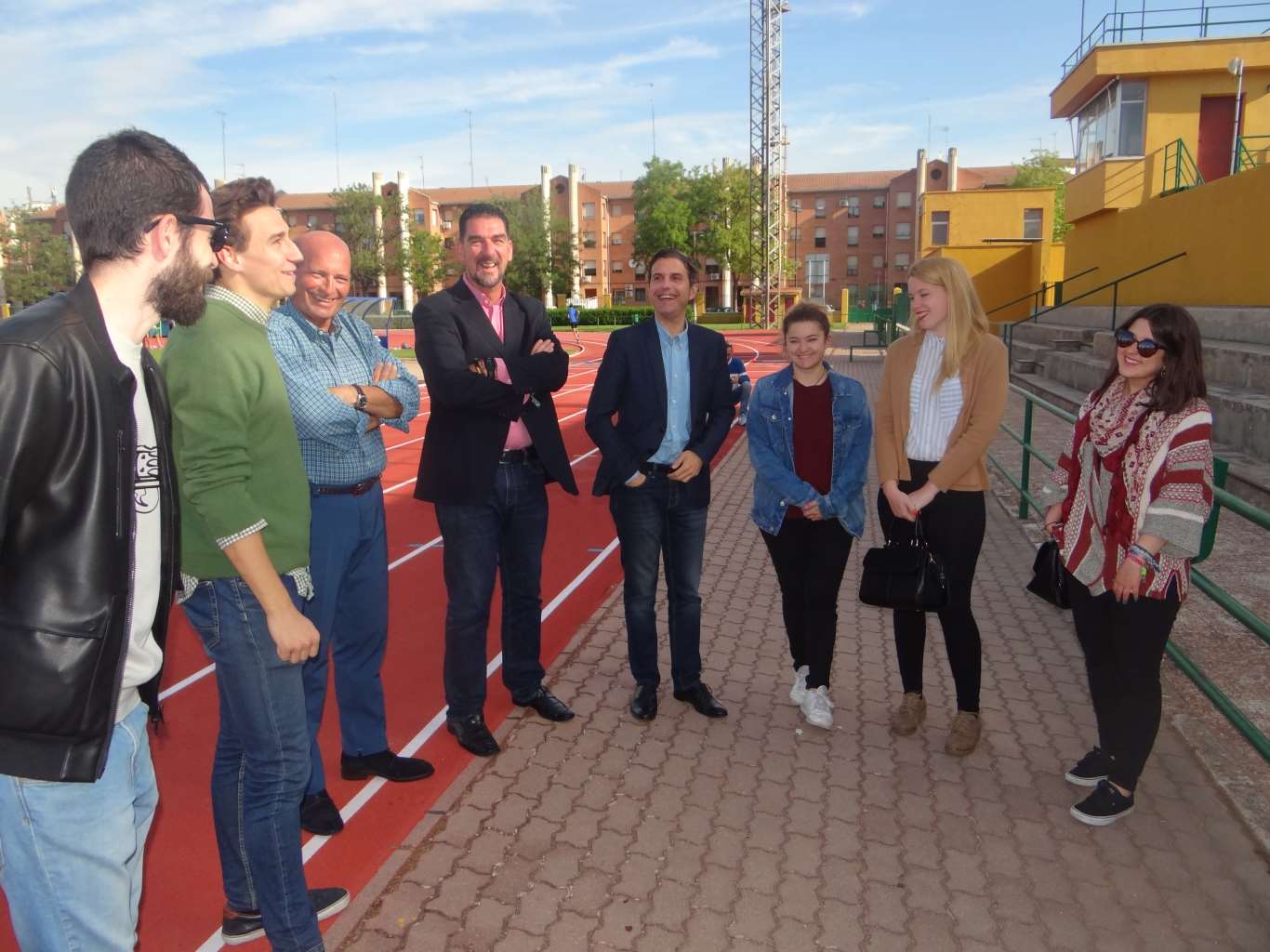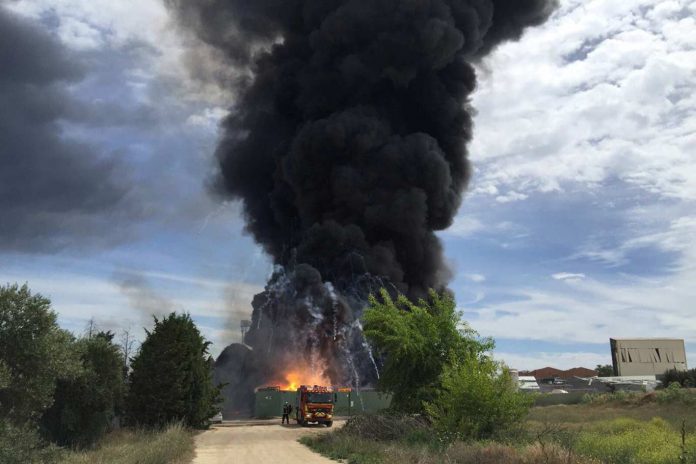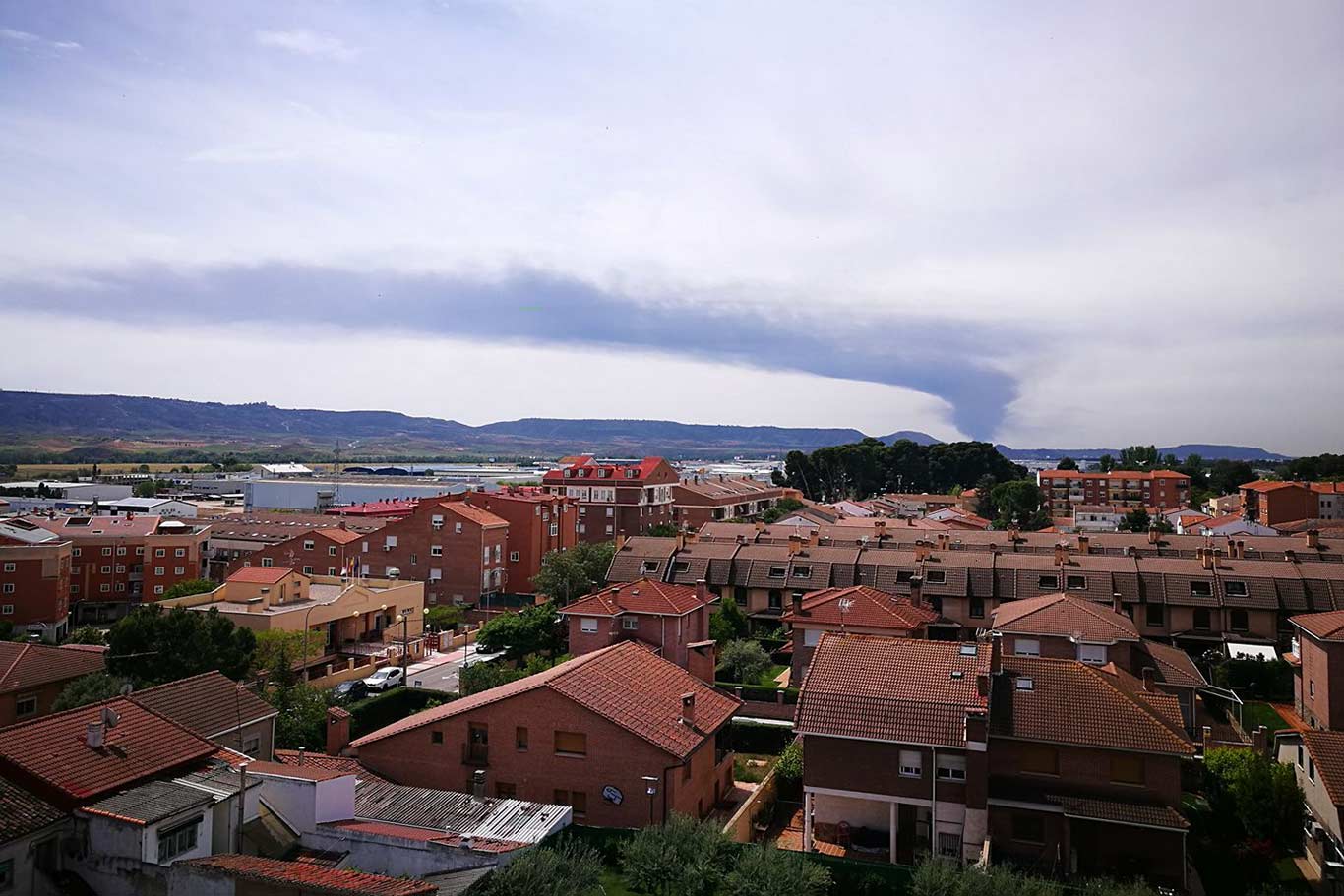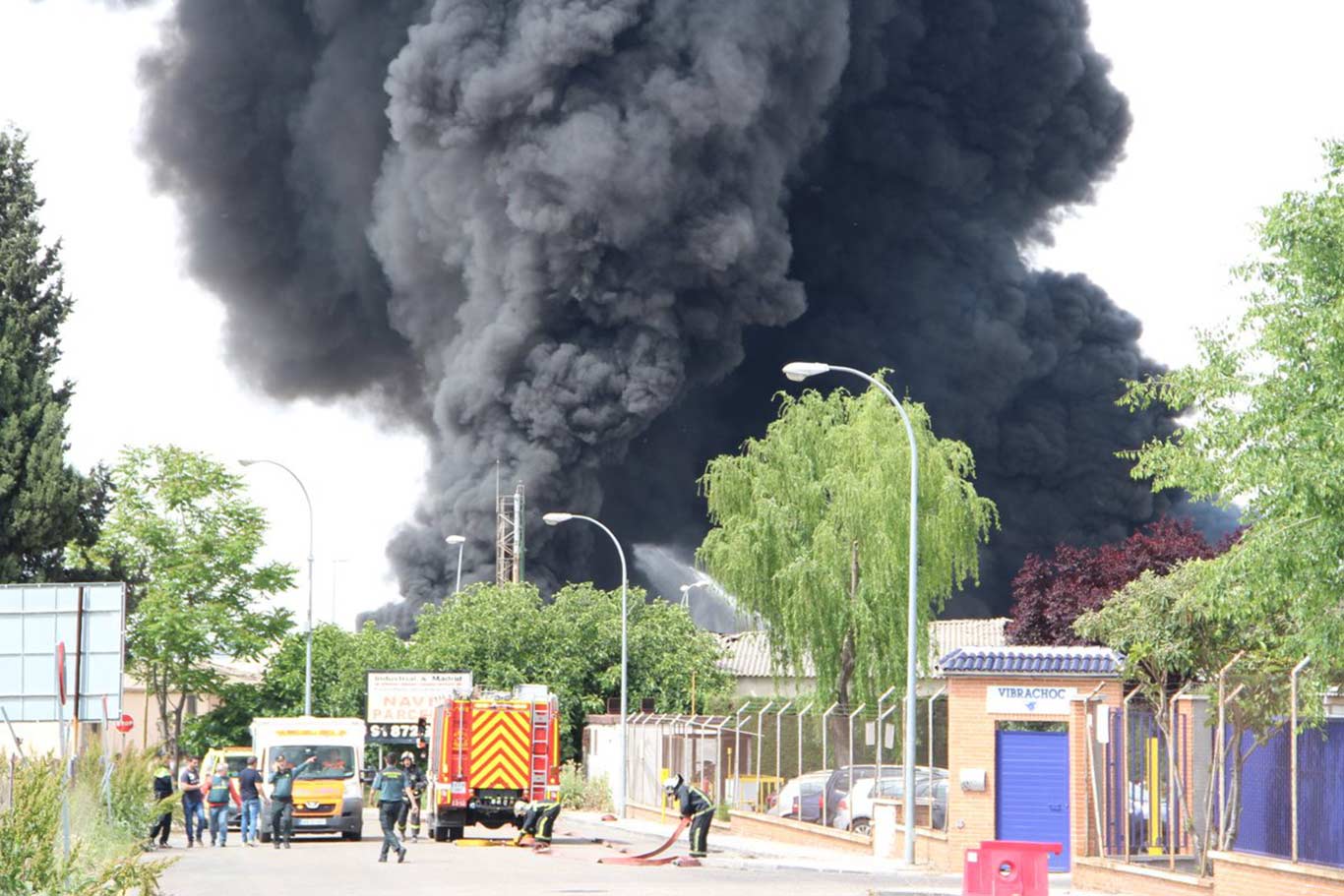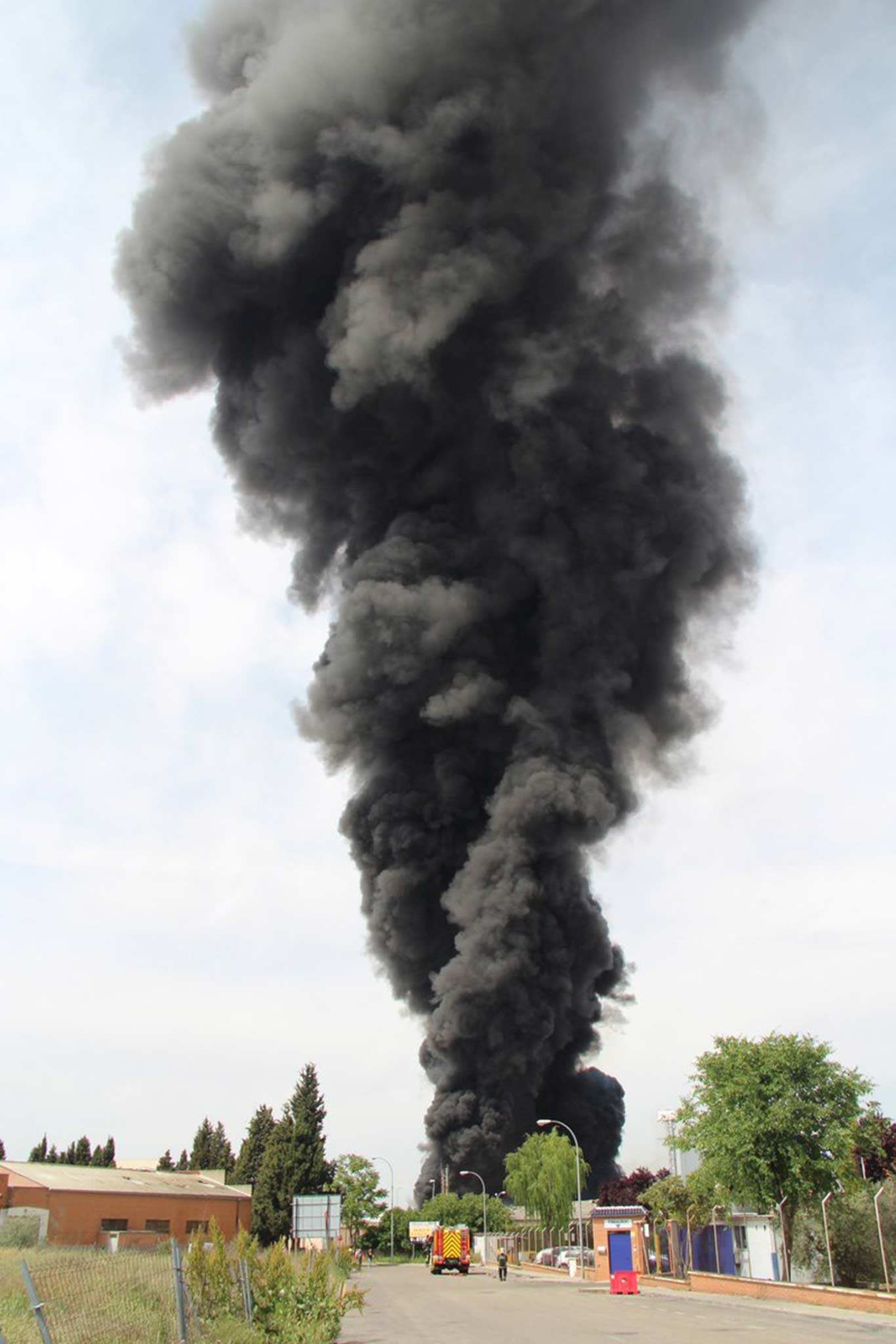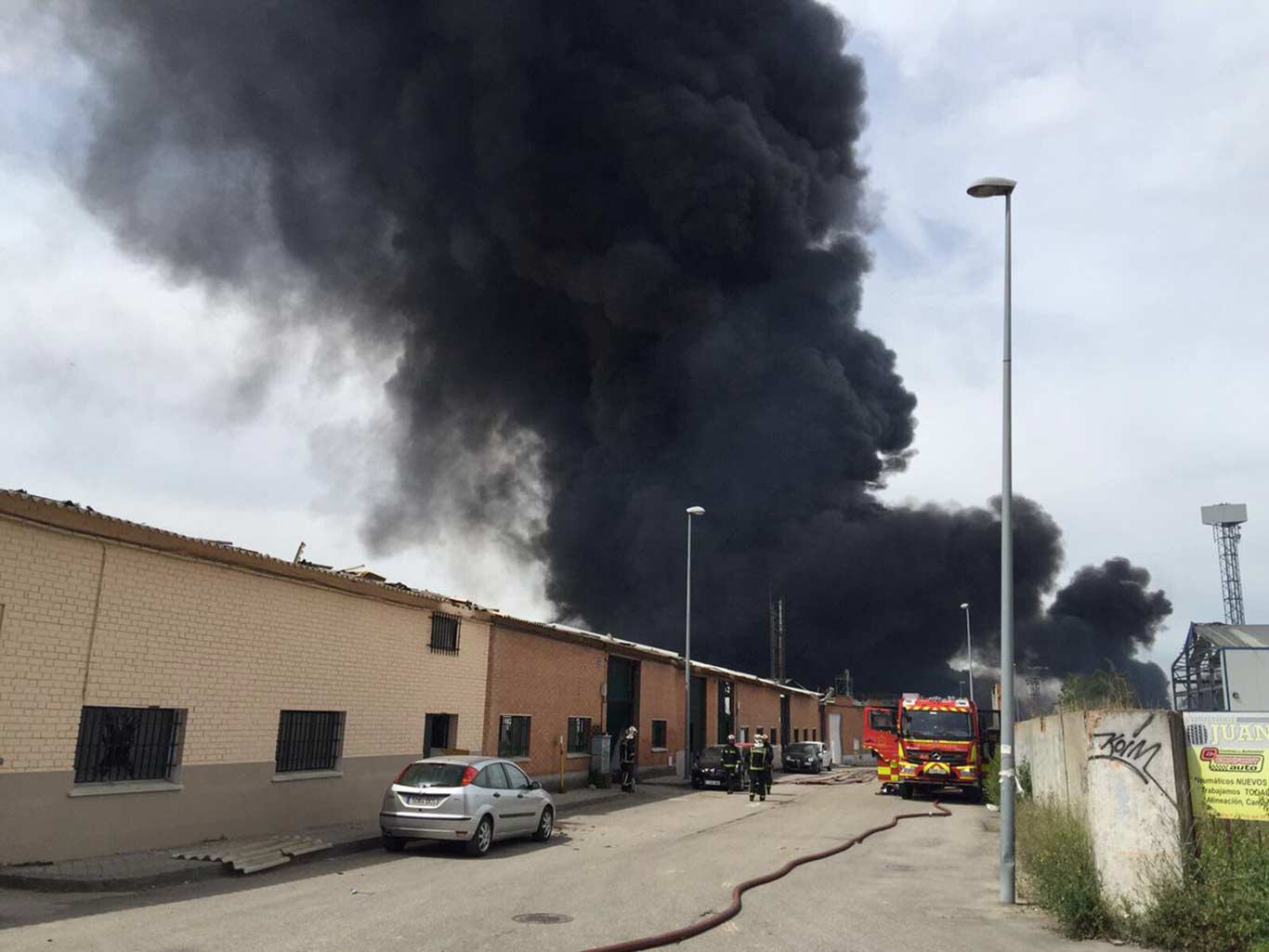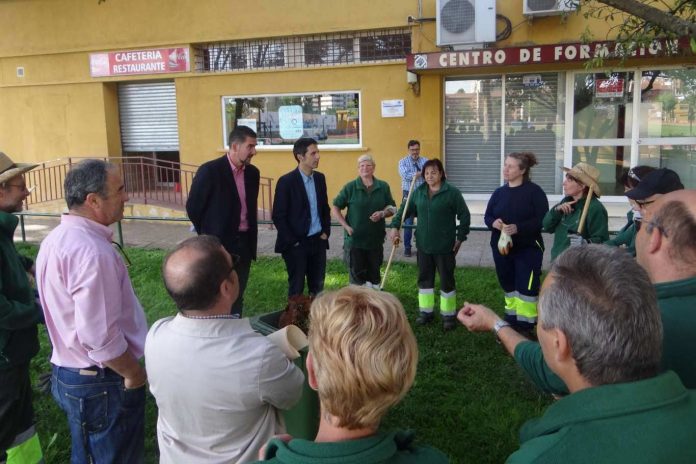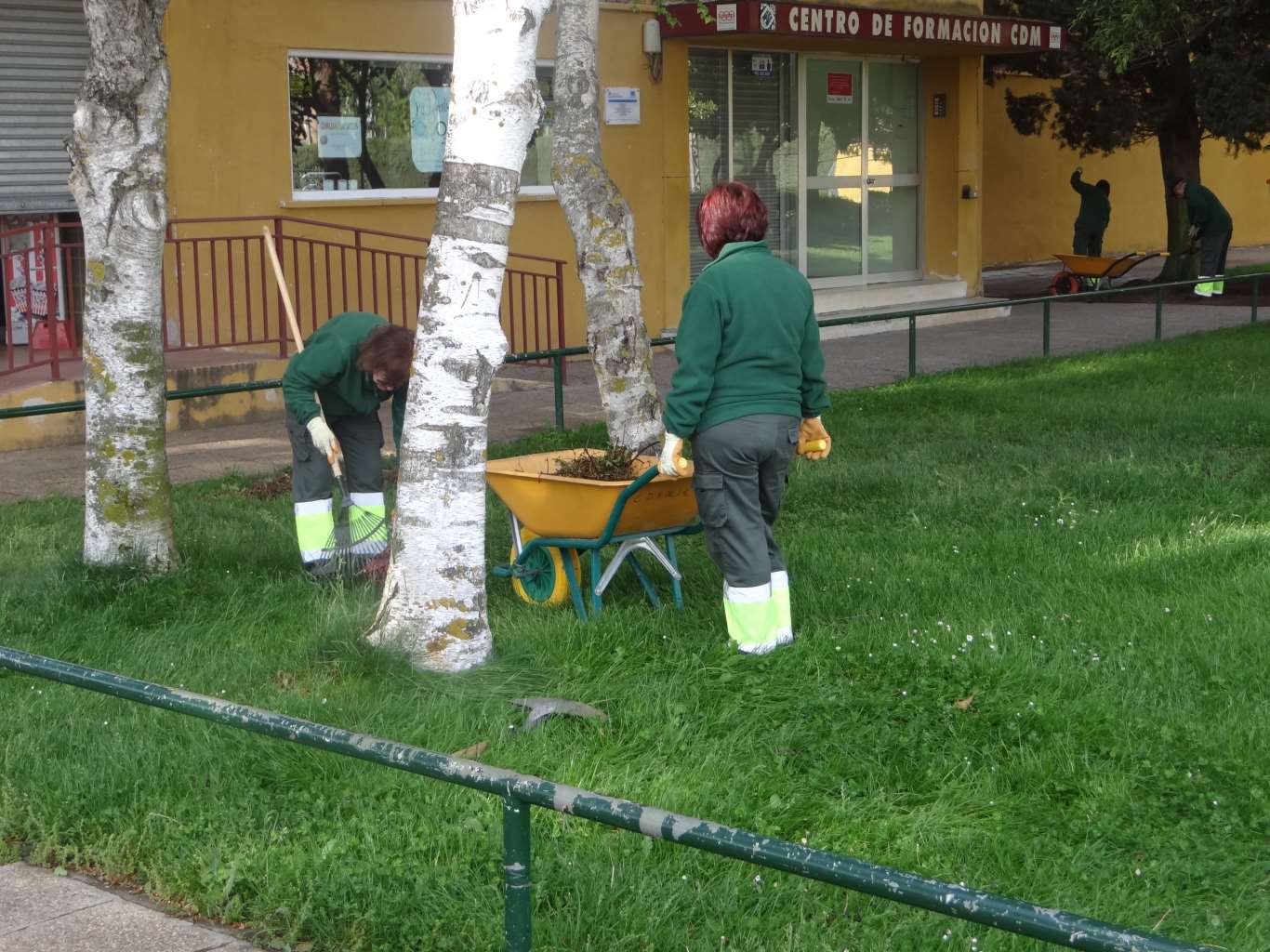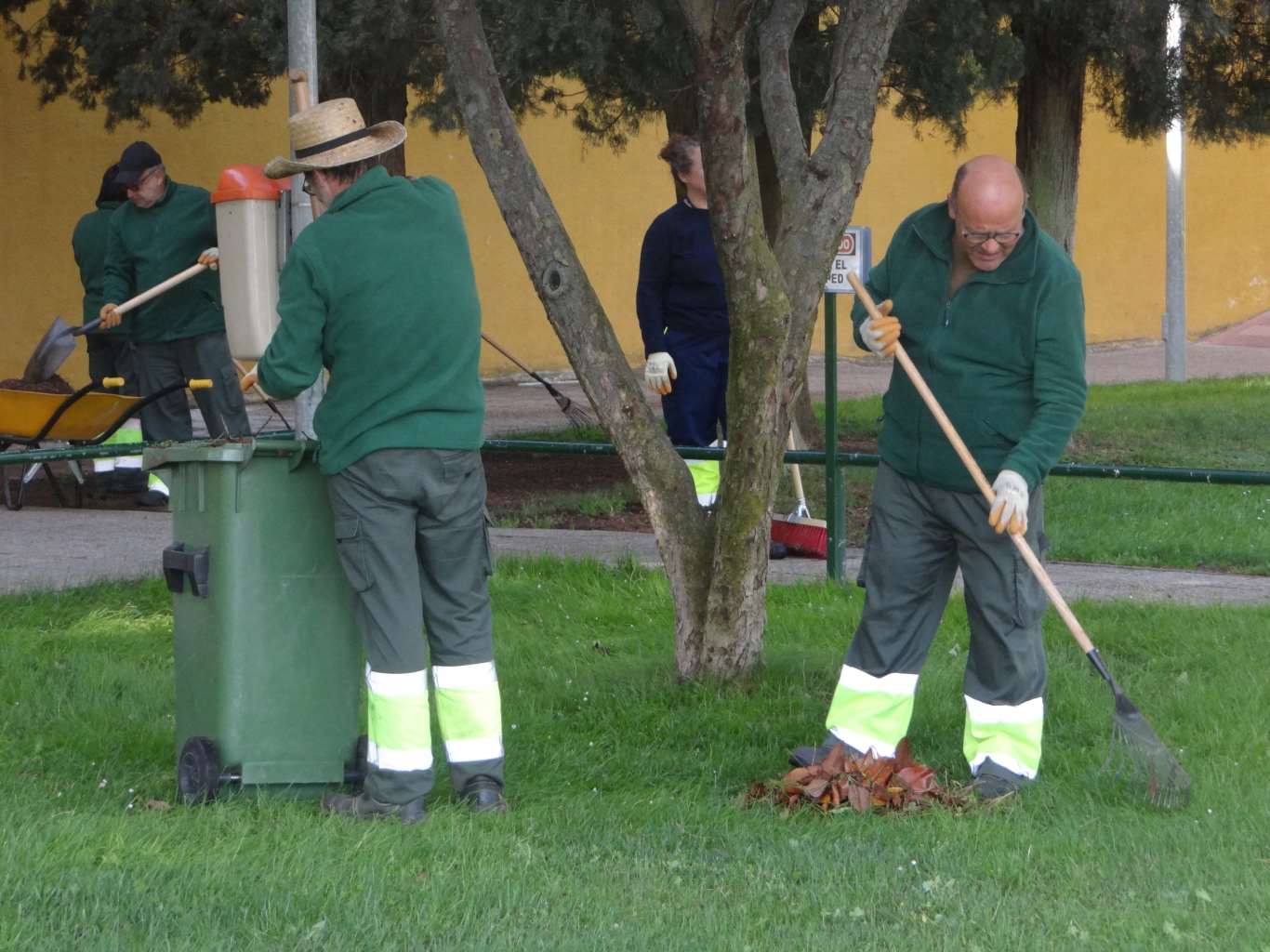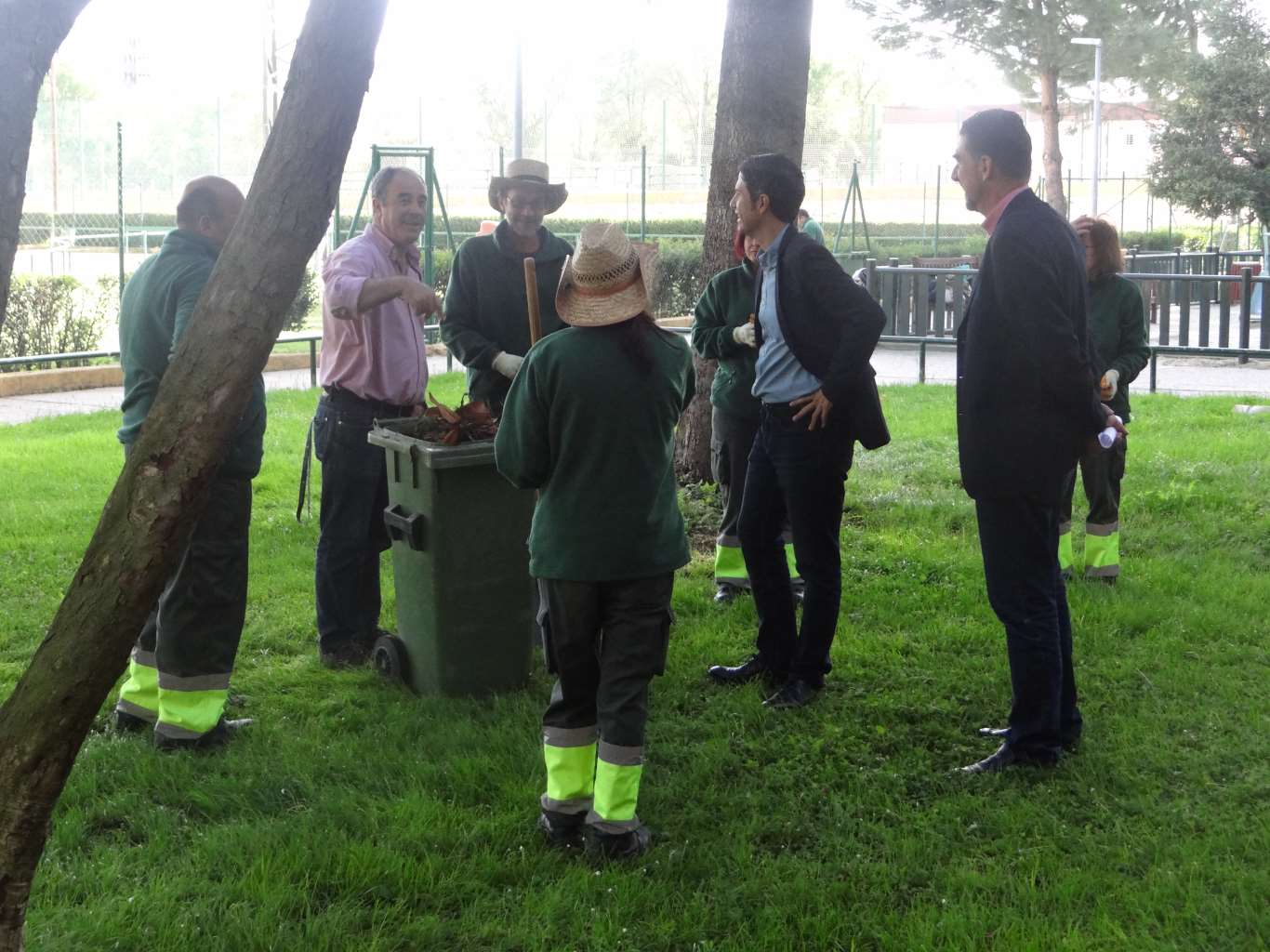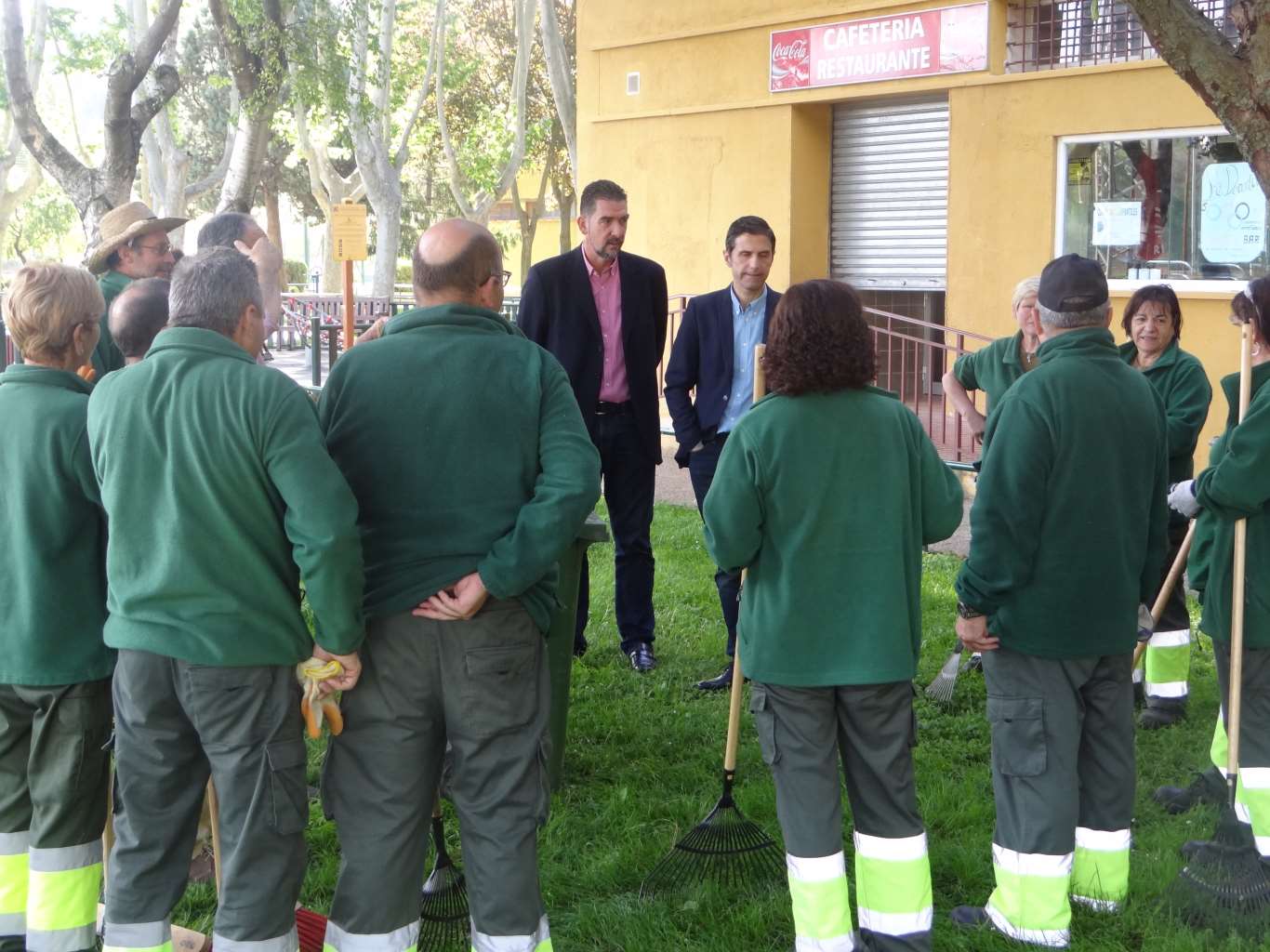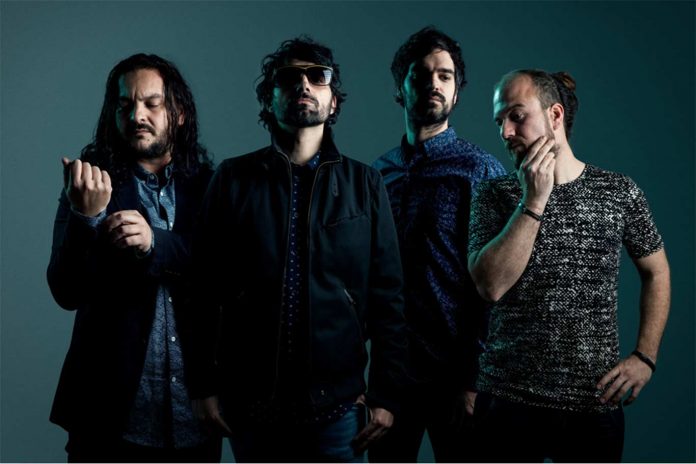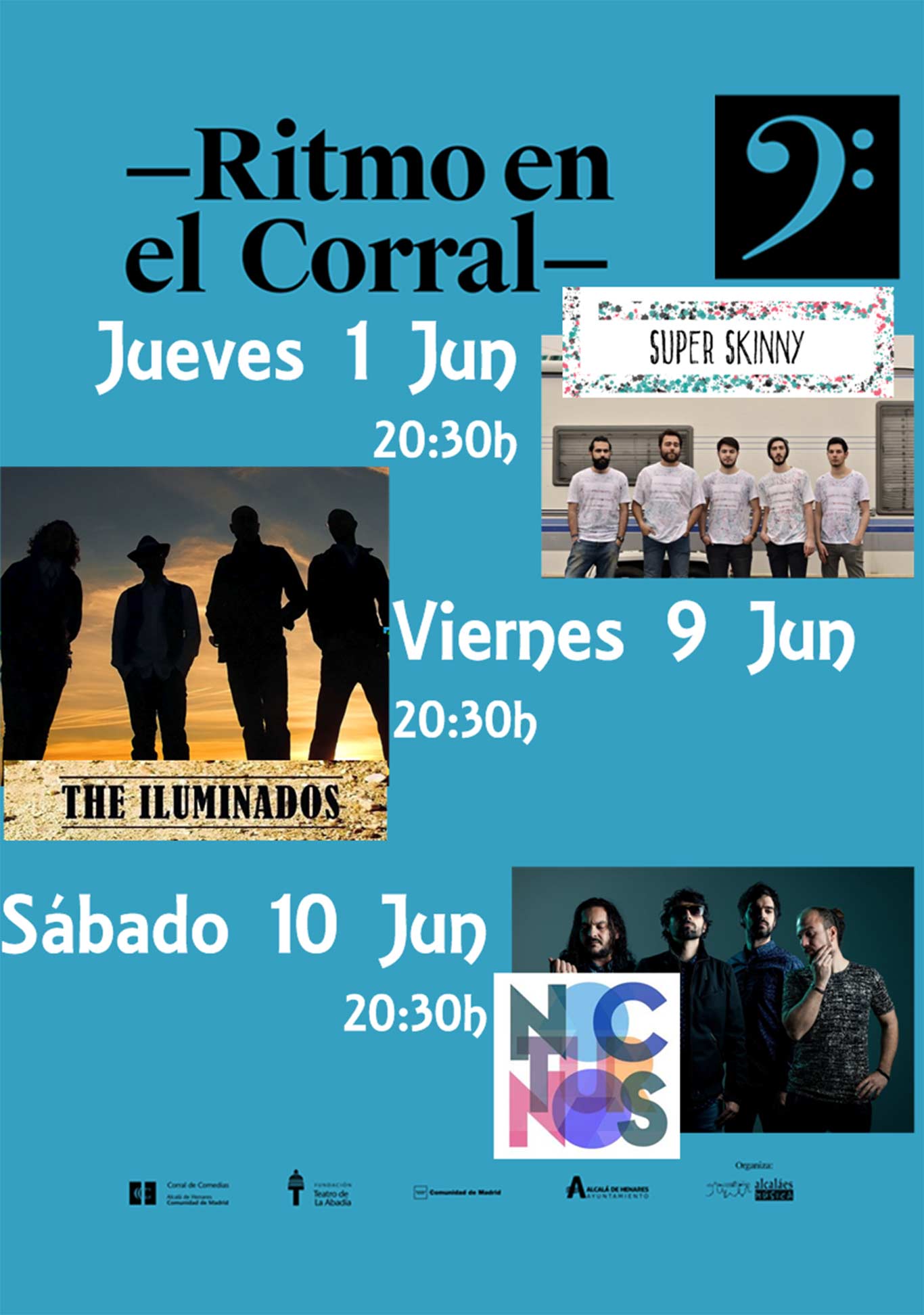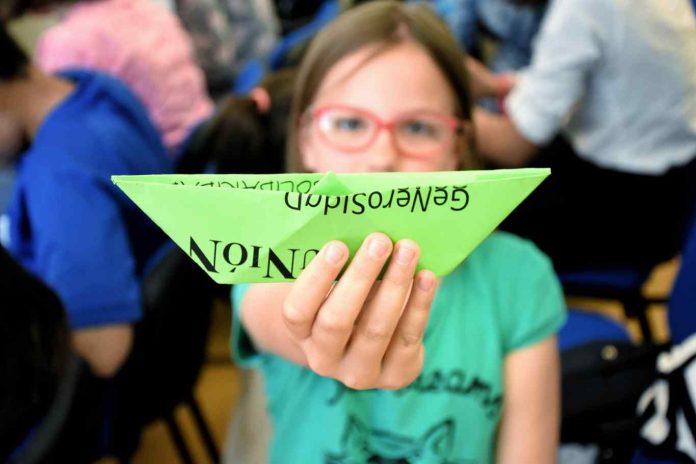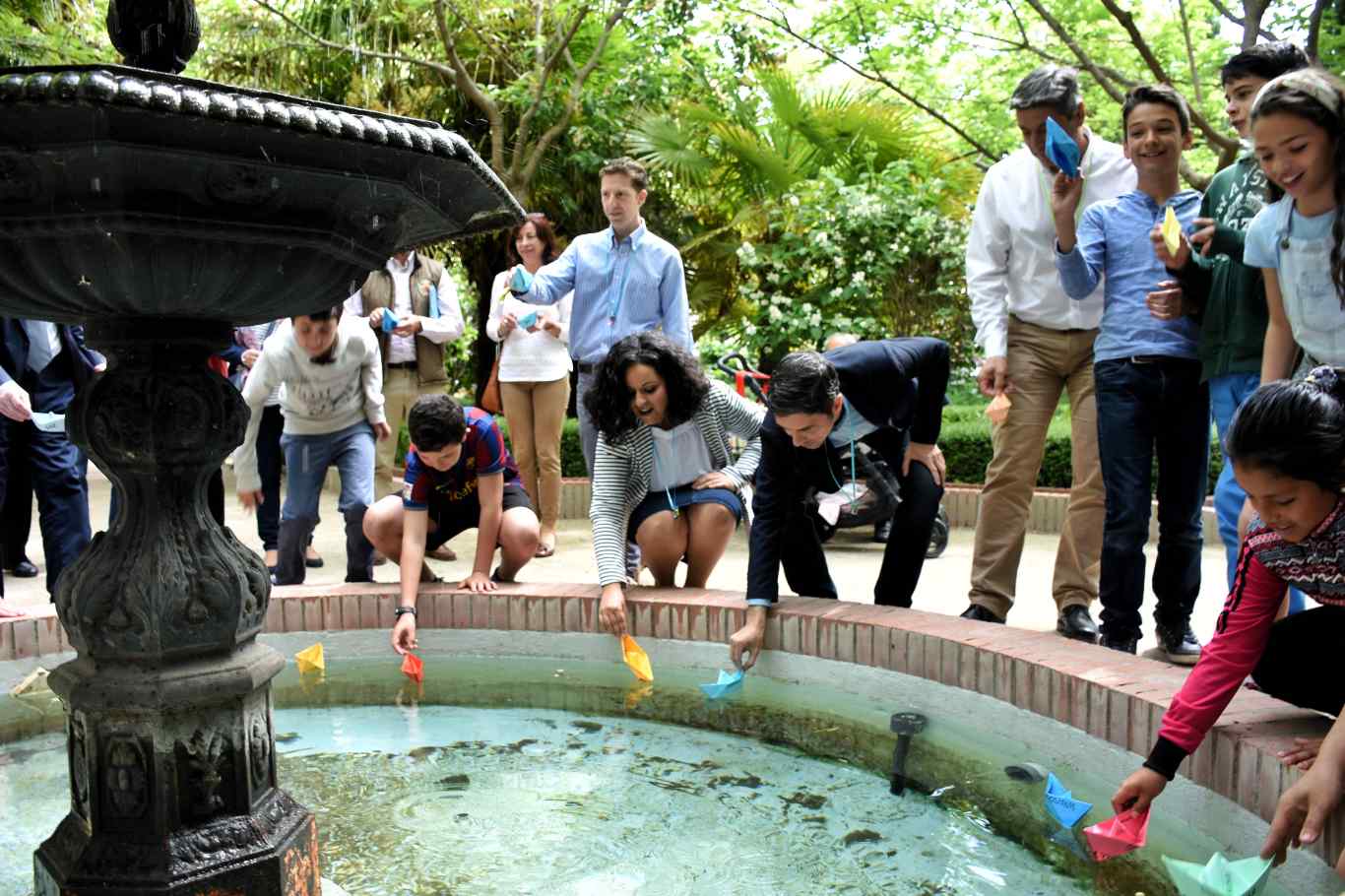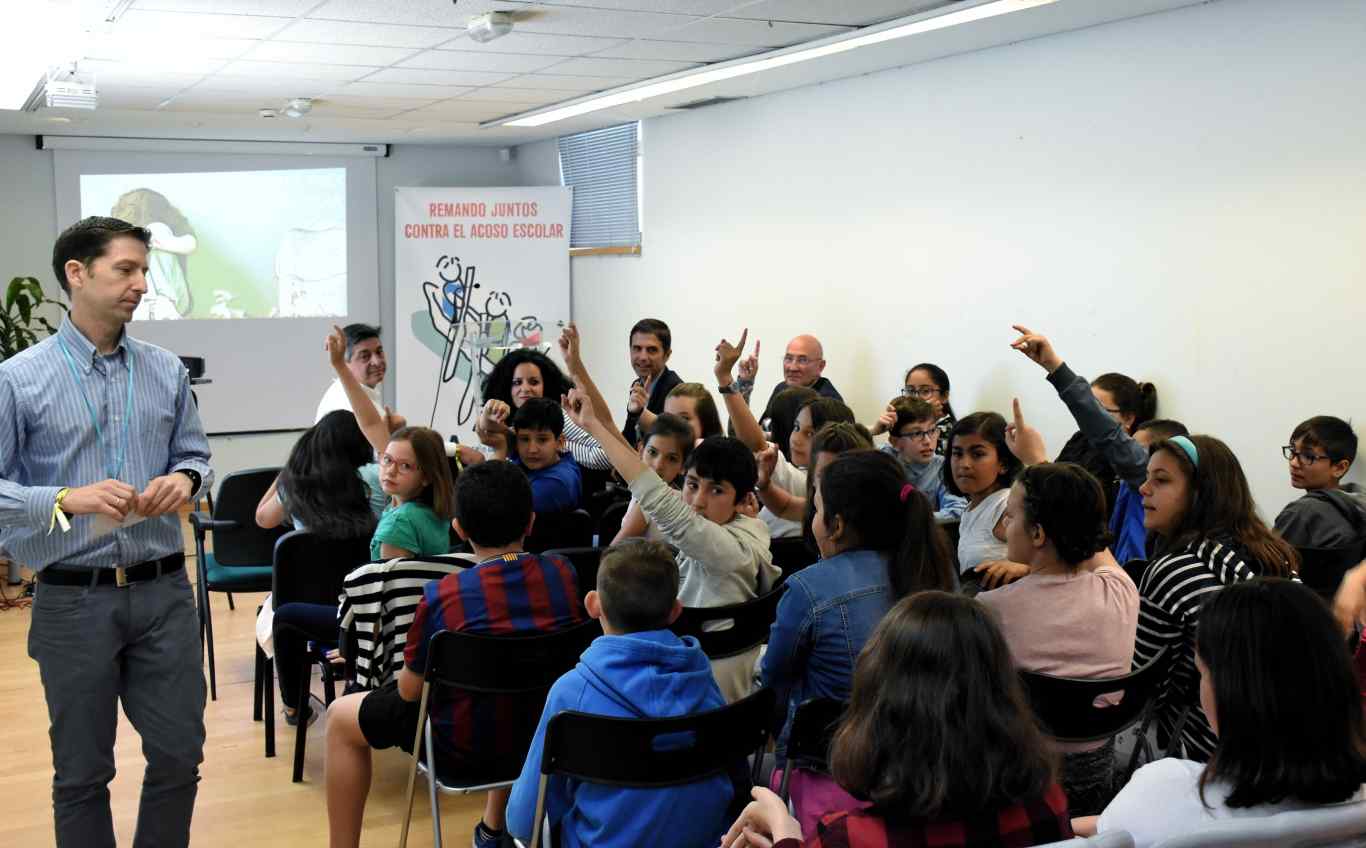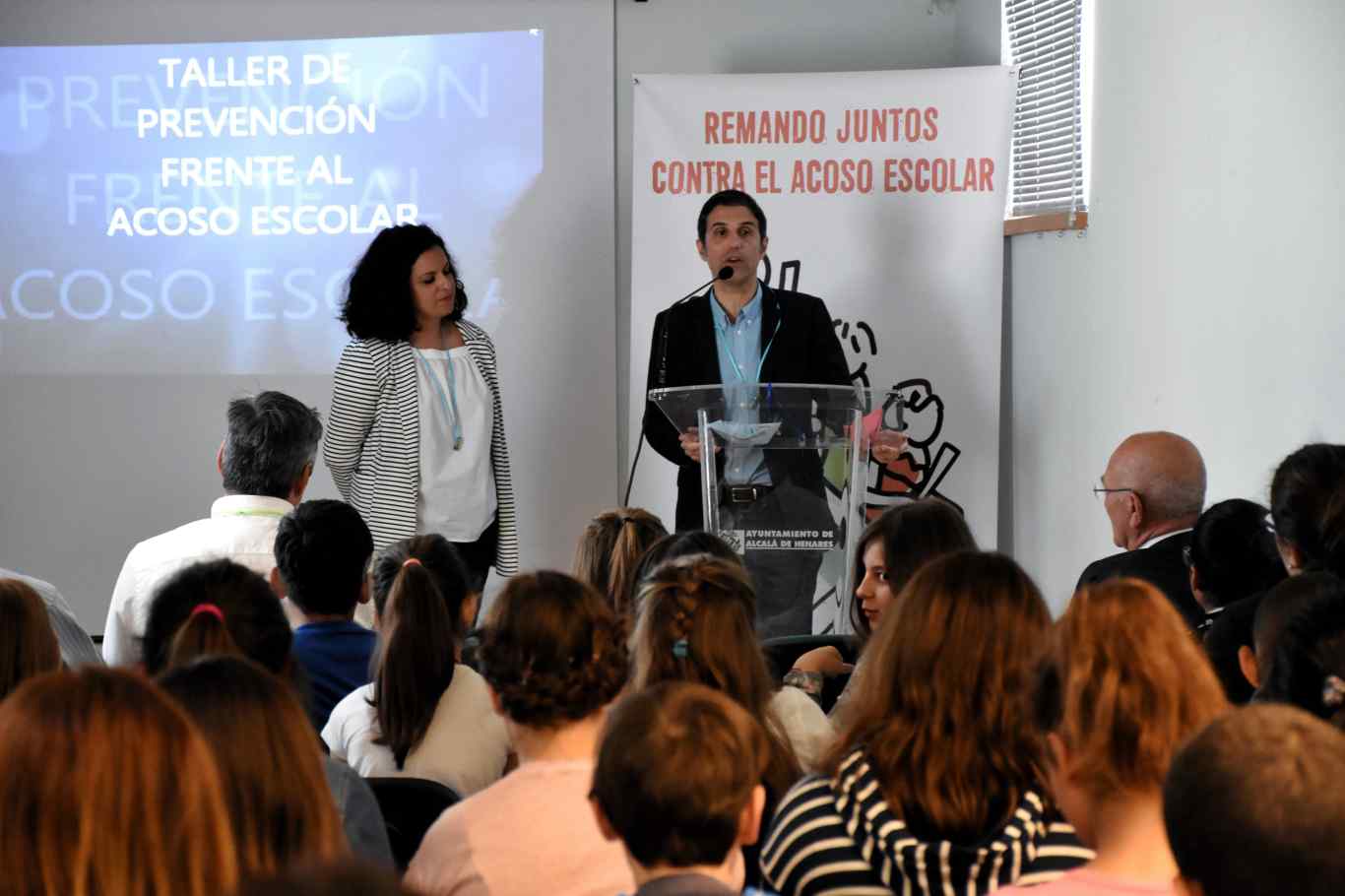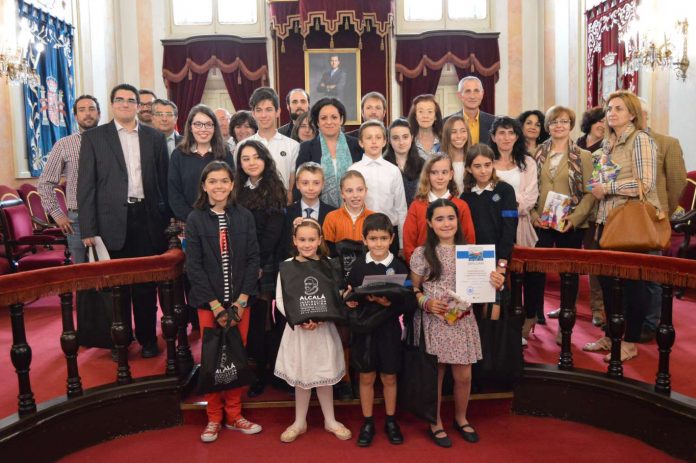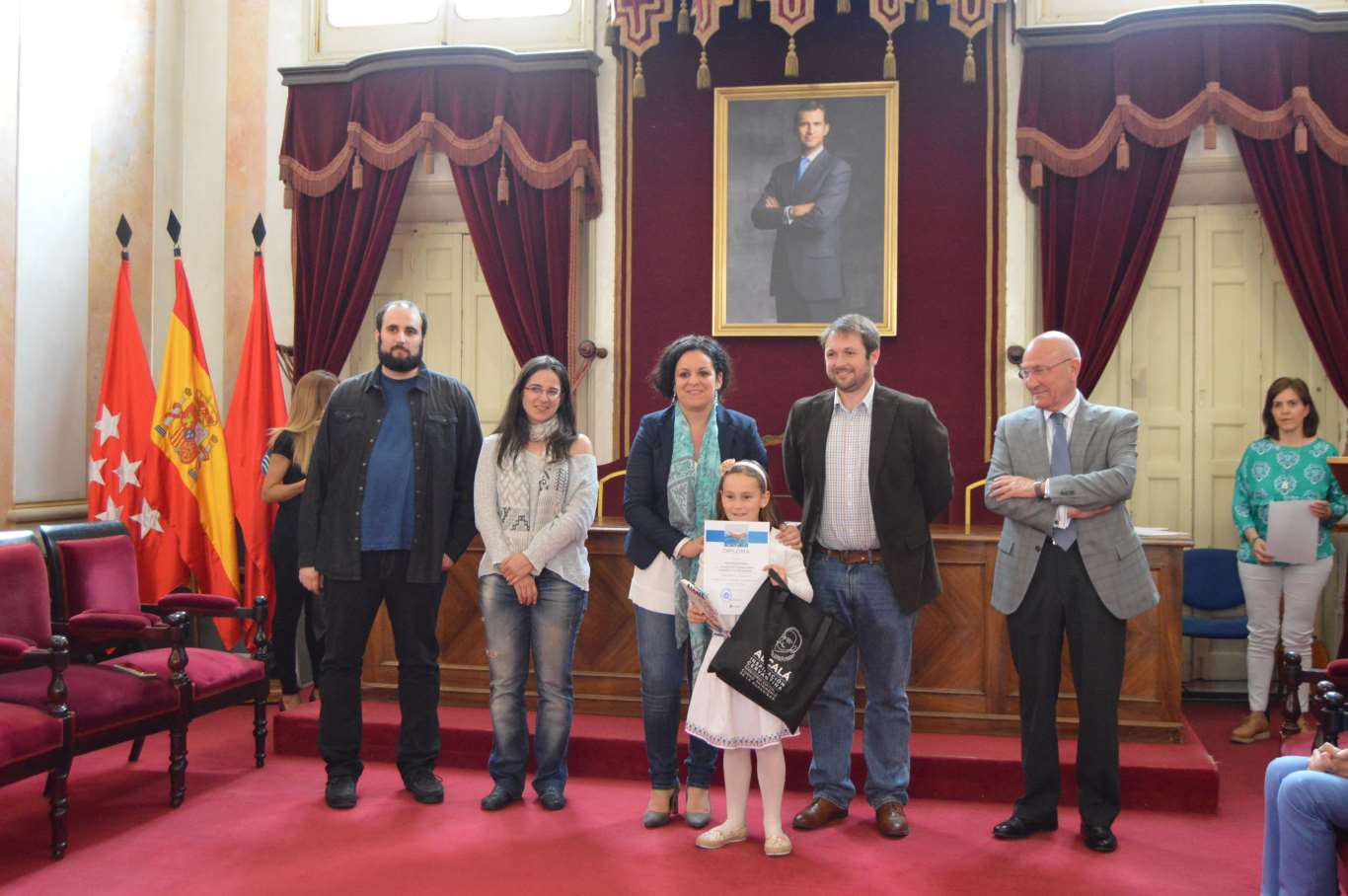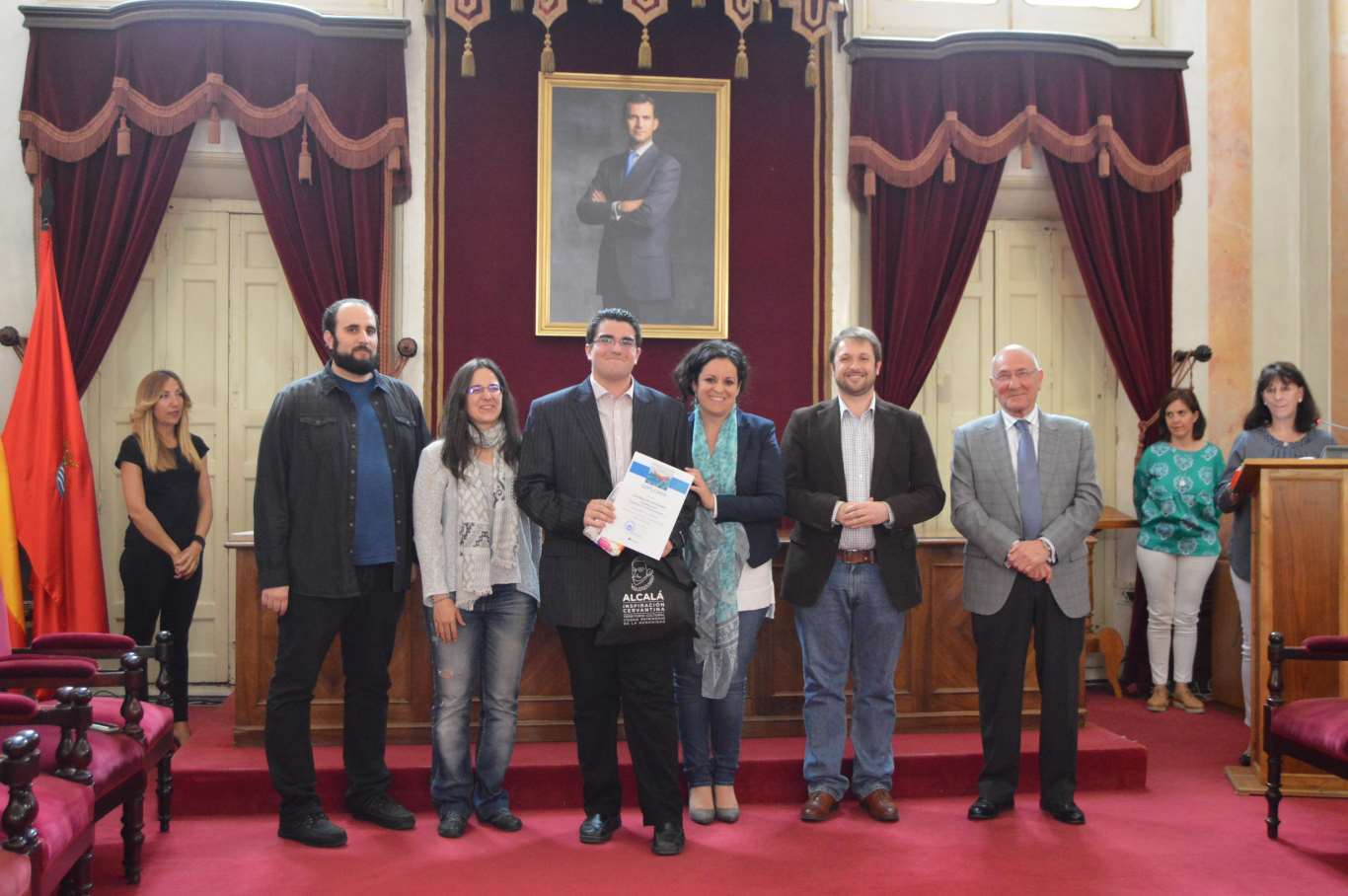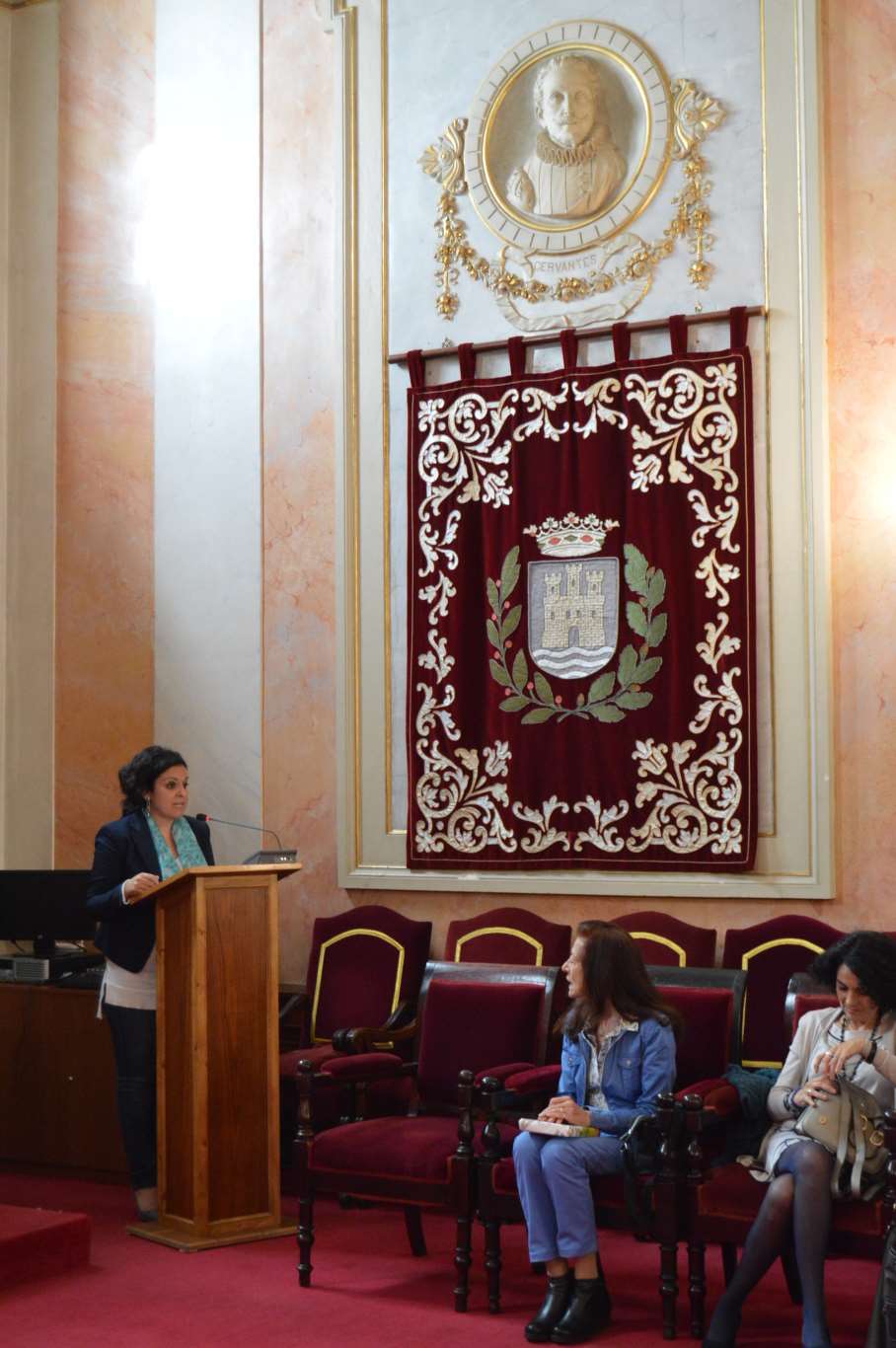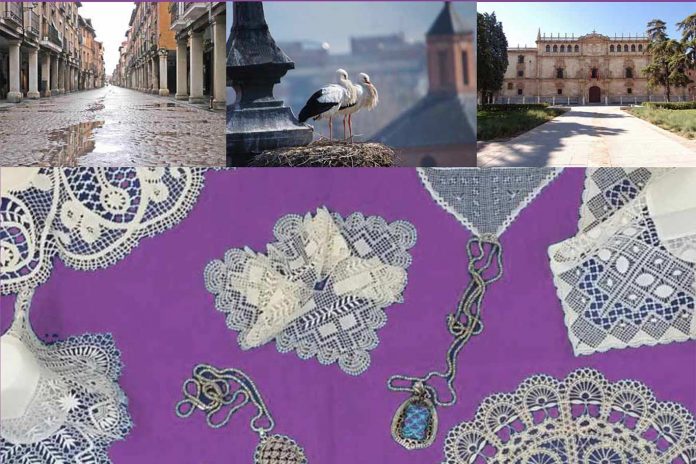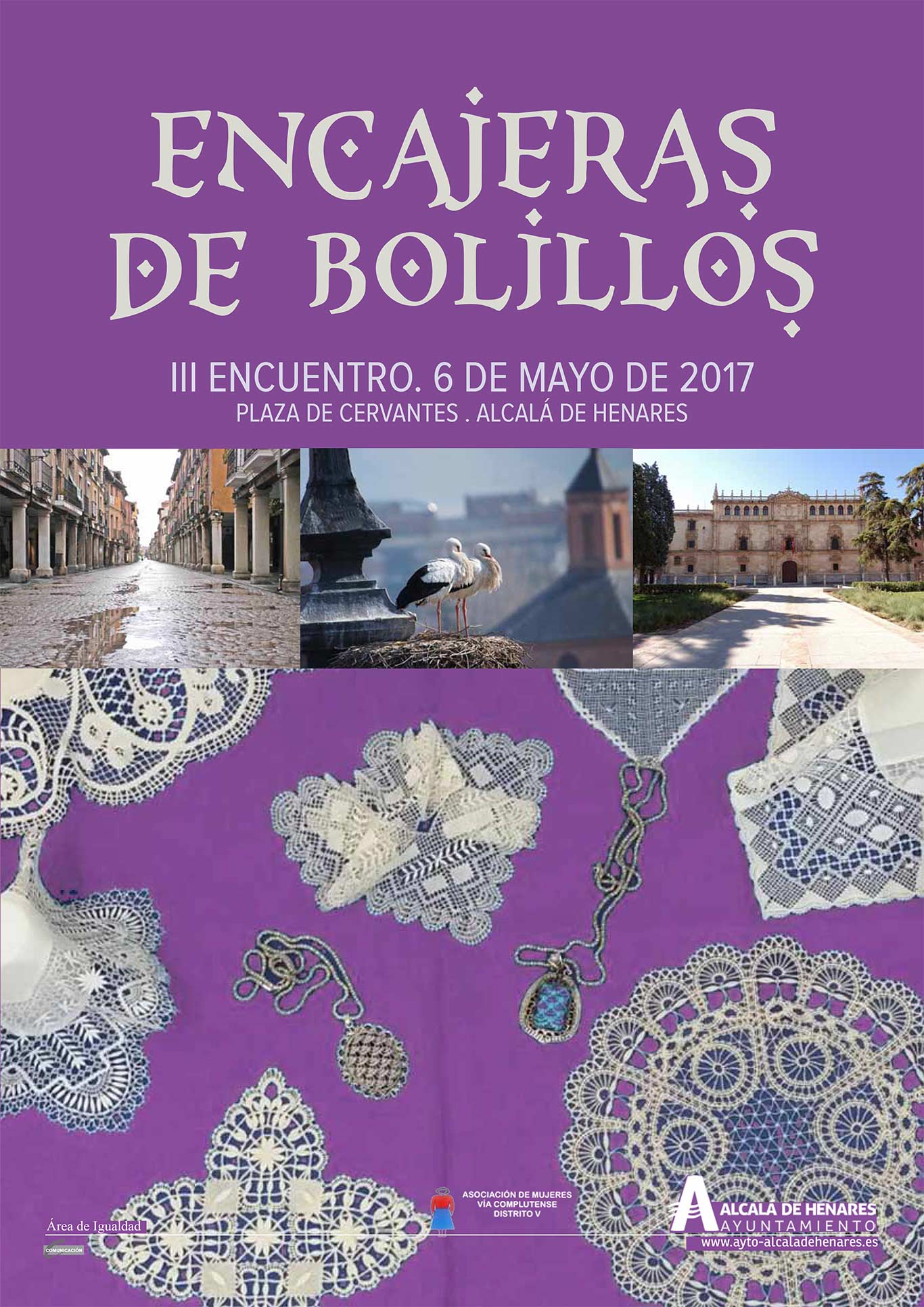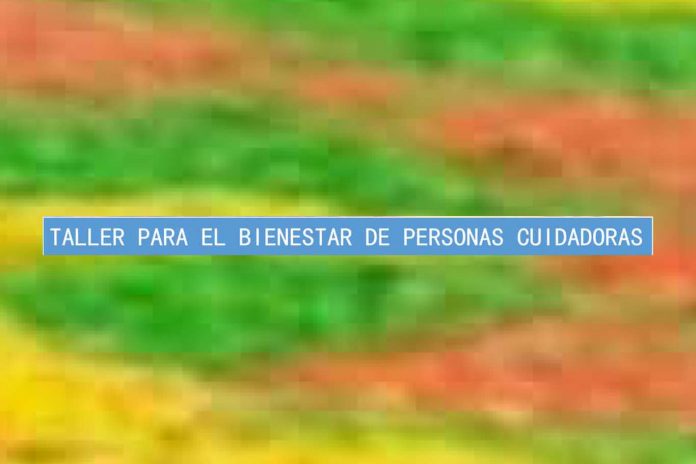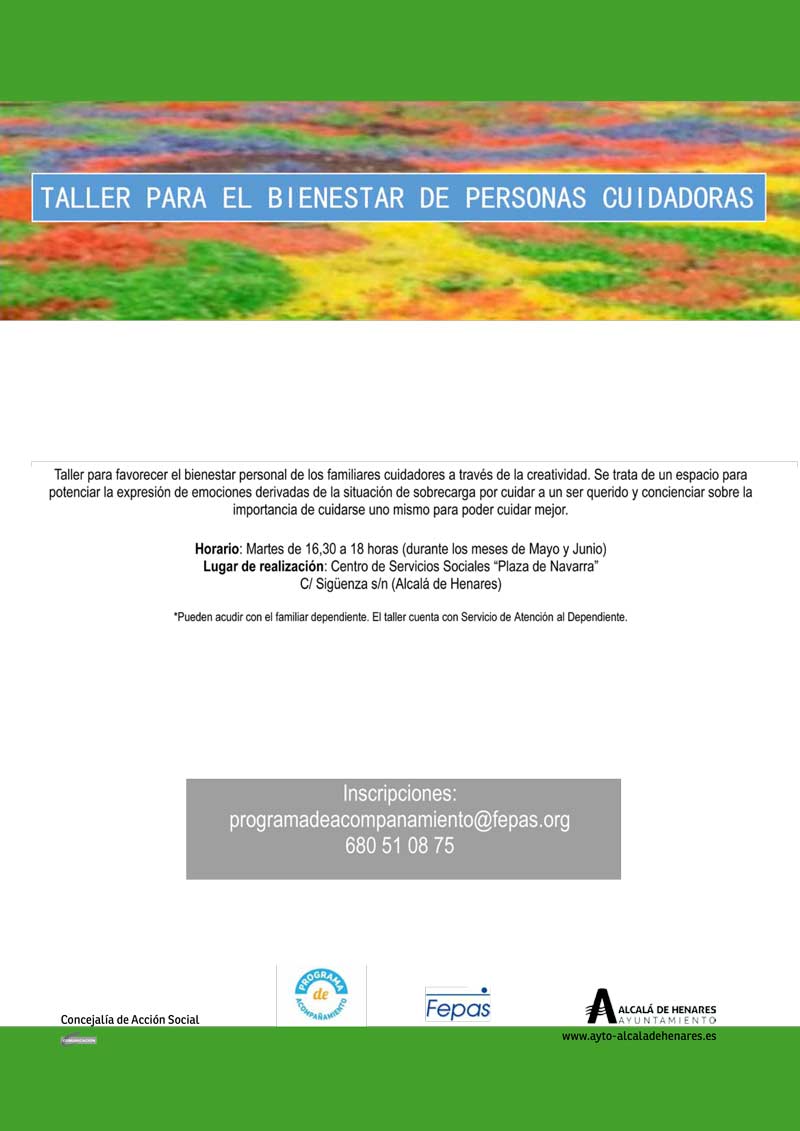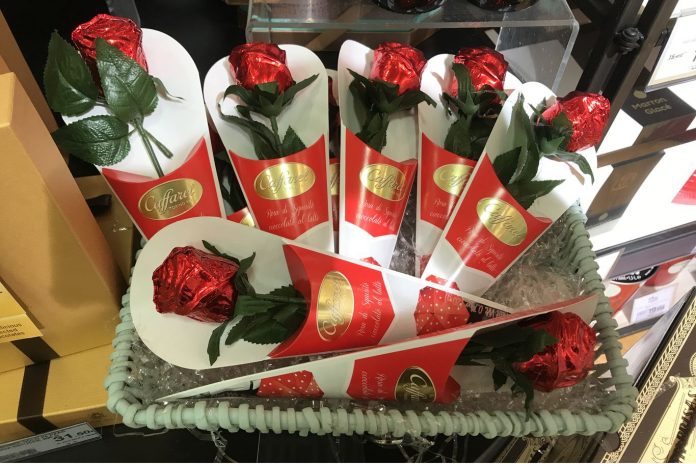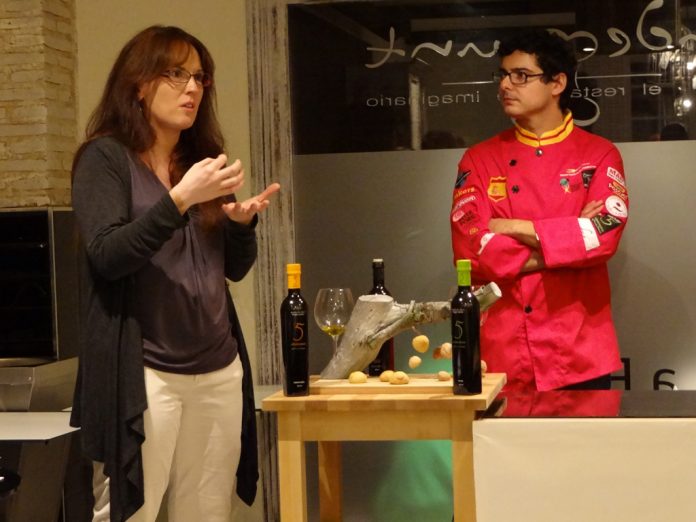Como decía Chanel, “el perfume anuncia la llegada de una mujer y alarga su marcha.» Y, por ese mismo motivo, un perfume siempre es un acierto si se trata de hacer un regalo. Y, si de lo que hablamos es de un regalo para una madre, más aún. Sin embargo, ésta no es la única opción para sorprender a mamá en un día tan especial.
Por eso en Dream Alcalá Woman nos hemos ido a El Corte Inglés de Alcalá de Henares y hemos seleccionado los detalles más especiales de la temporada para regalar a la mami de la casa. Desde fragancias delicadas con estética vintage hasta beauty sets y originales packs DIY pasando por bolsos, cosméticos, neceseres, moda y decoración.
Todo para que a papá no se le agoten las ideas y haga del Día de la Madre de este año una celebración súper especial. Así que ya sabéis, hombres del mundo, si esta vez queréis dar en el clavo con el regalo perfecto, aquí tenéis detalles para todo tipo de mamás. Tomad buena nota y ¡a por ello!
Los mejores bolsos y complementos
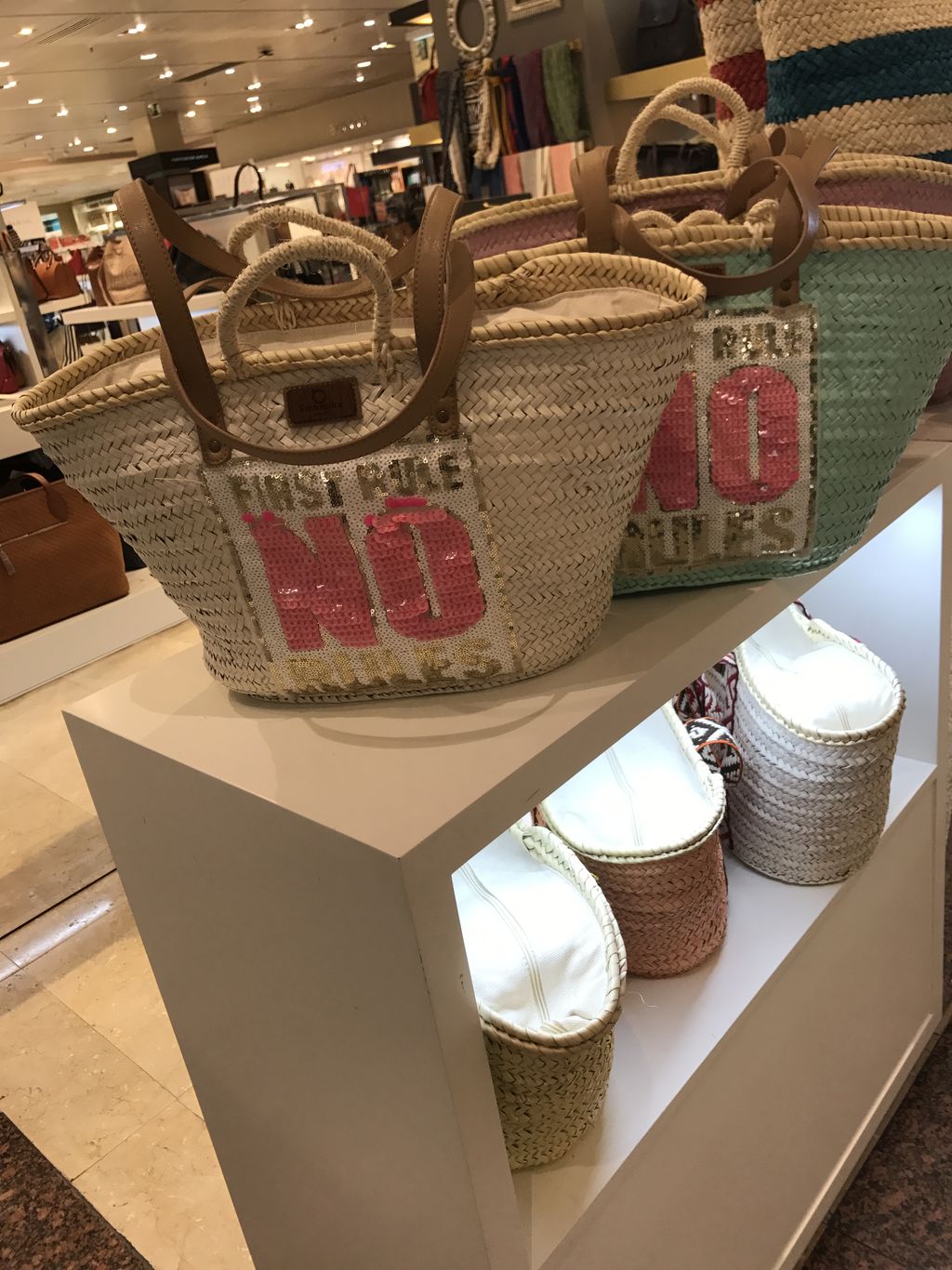
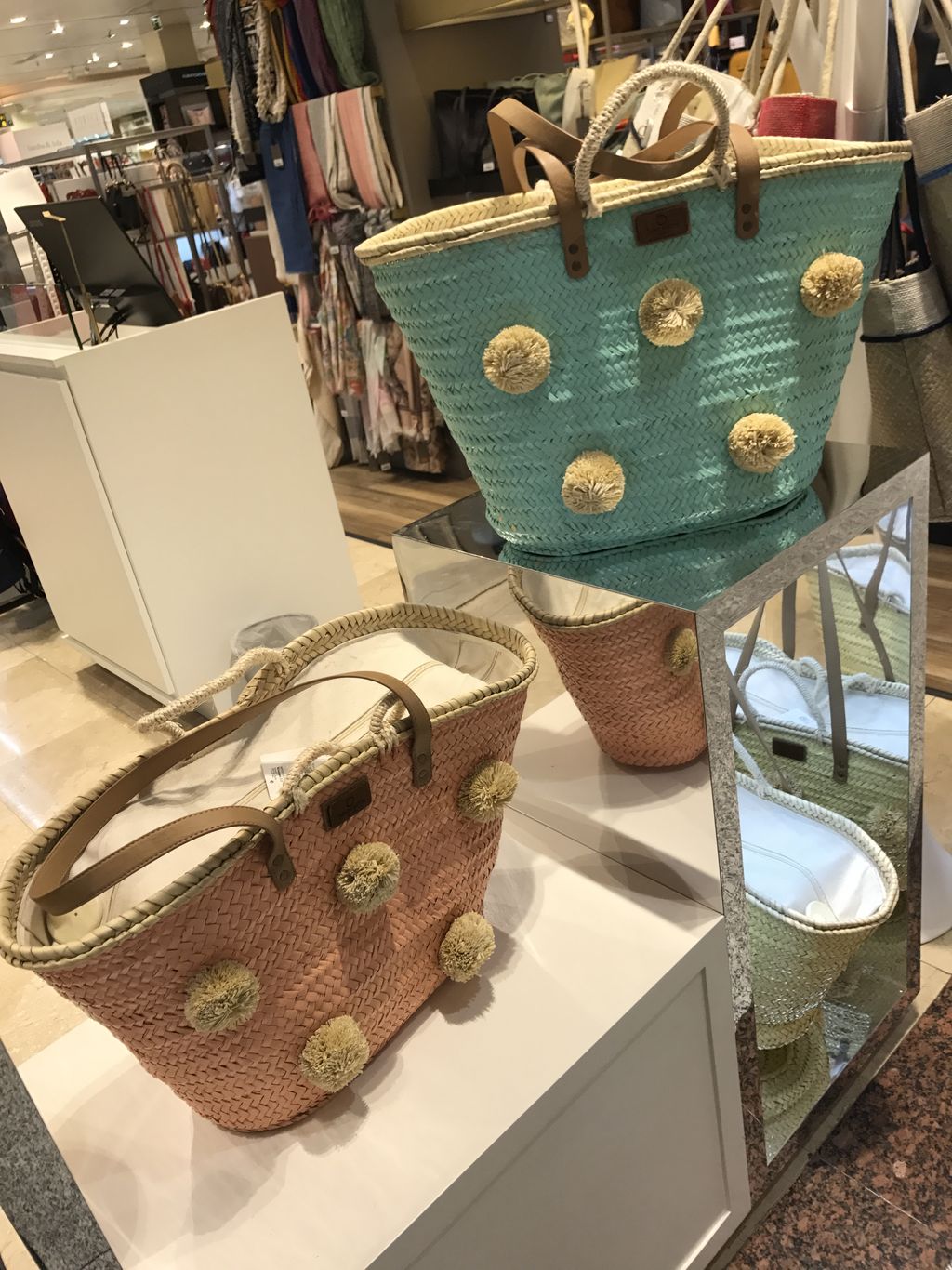
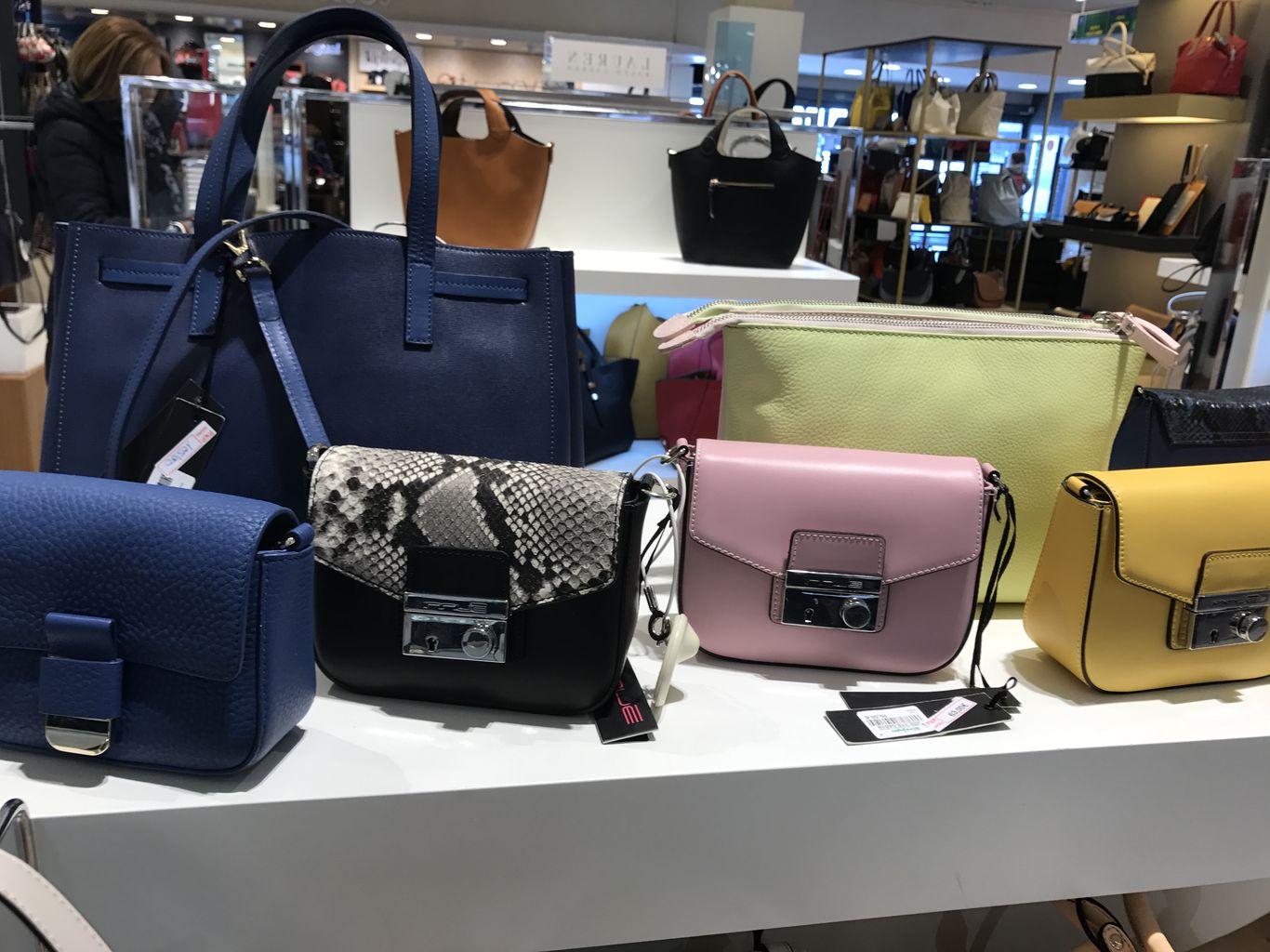
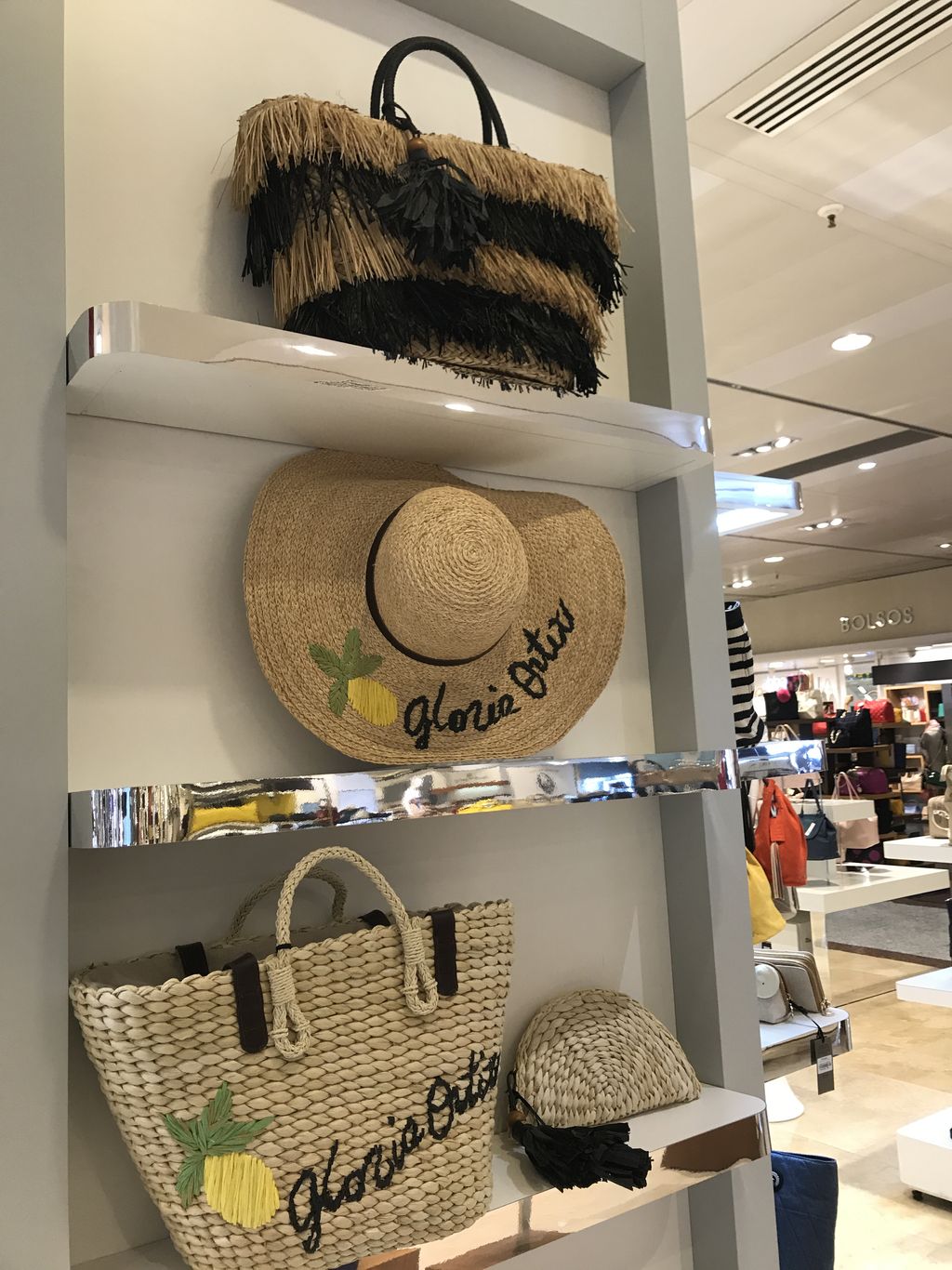
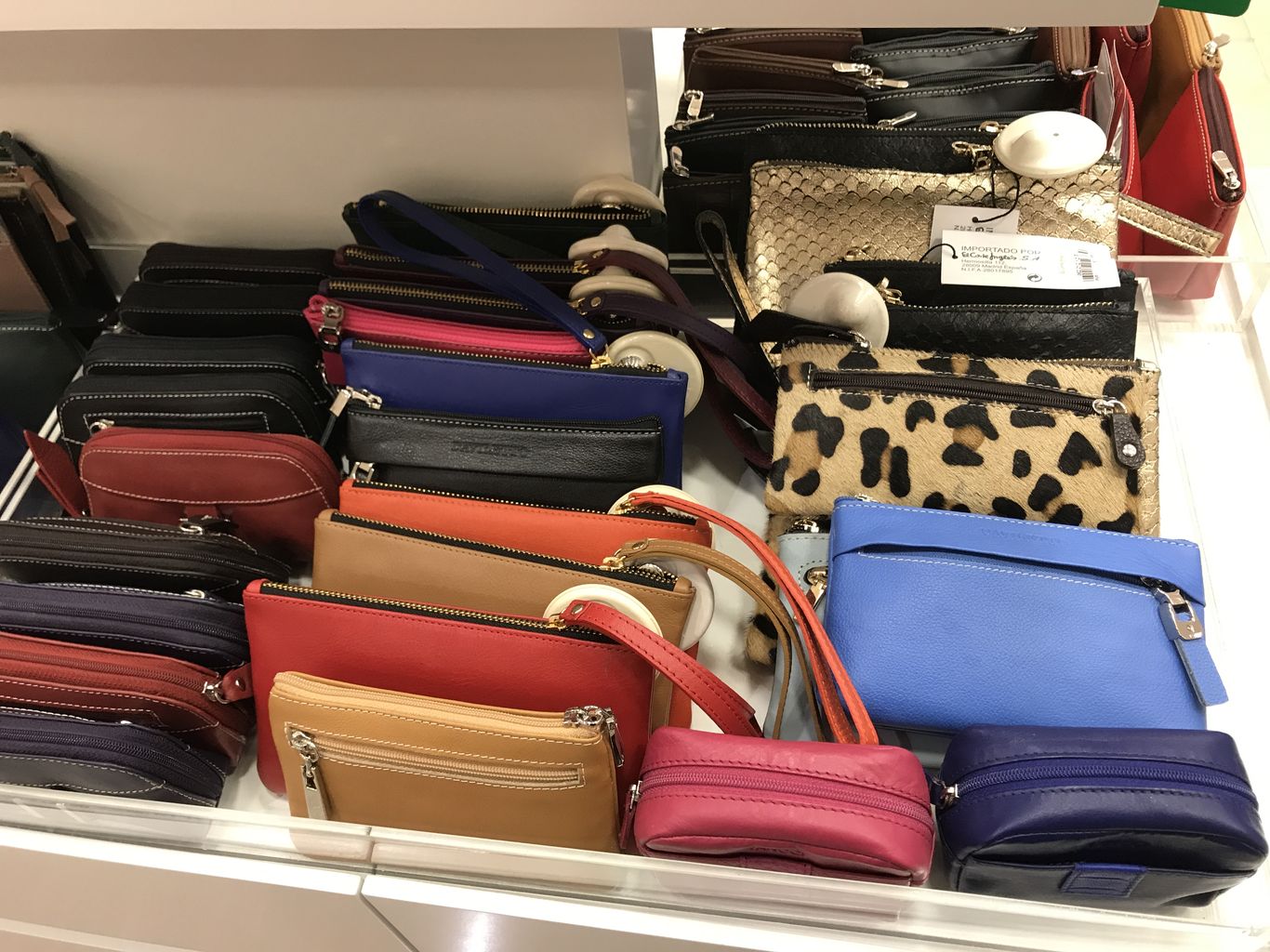

Los capazos de El Corte Inglés le gustarán sí o sí. Originalidad y calidad unidas en un mismo bolso. Además, puedes completar el detalle con un neceser o una bonita cartera. ¿Qué te parece?
Cosméticos y delicatessen

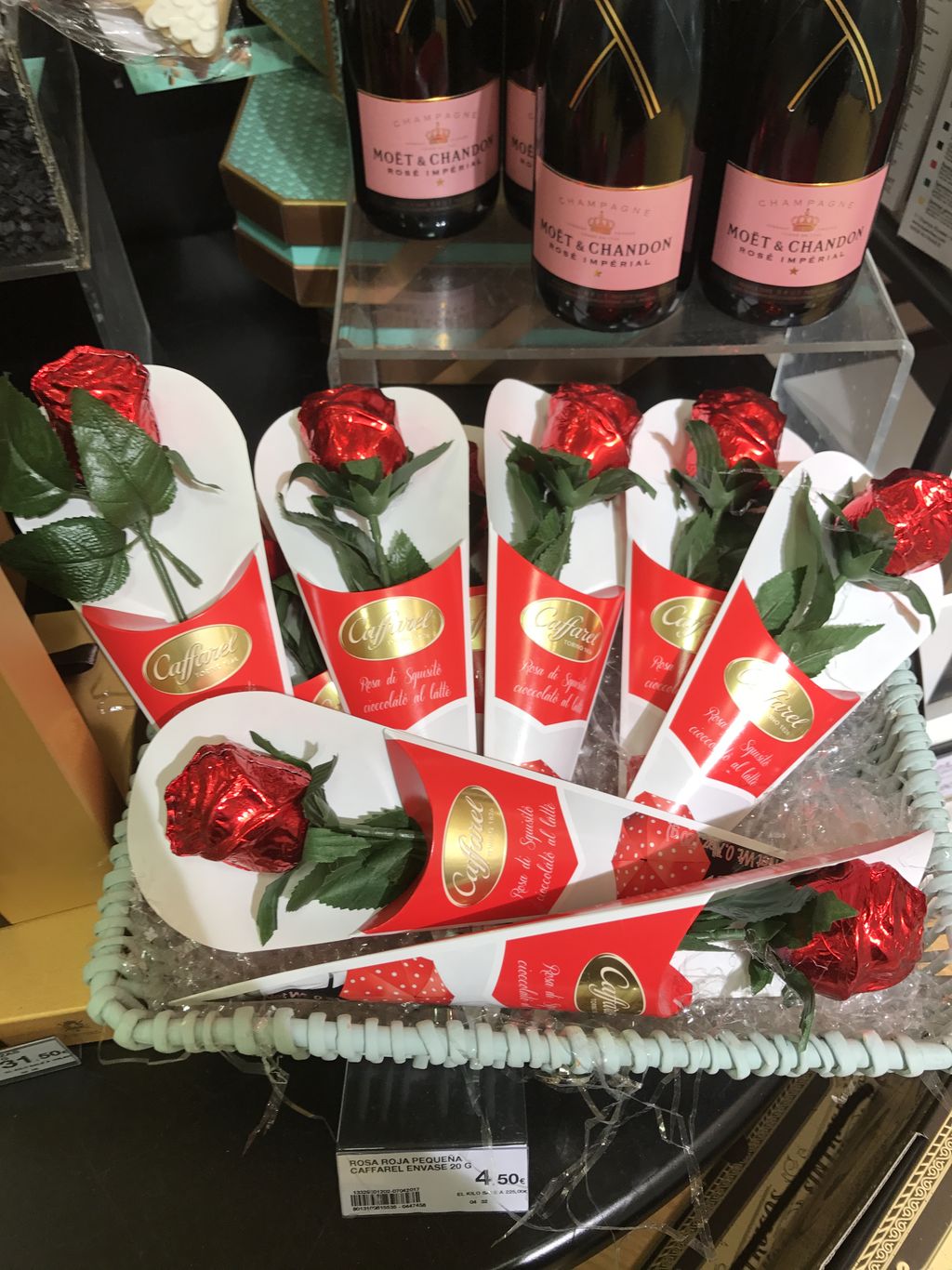
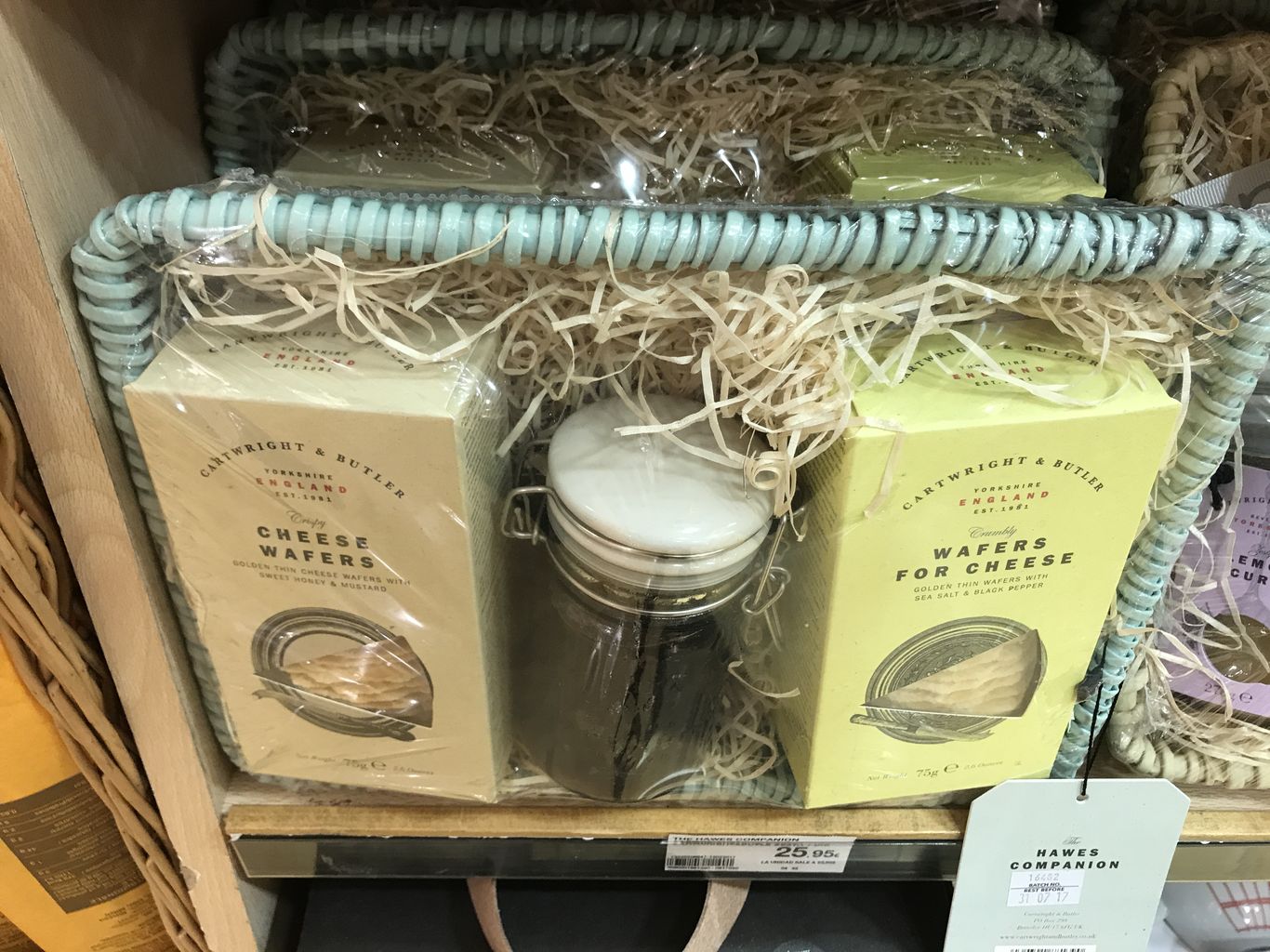
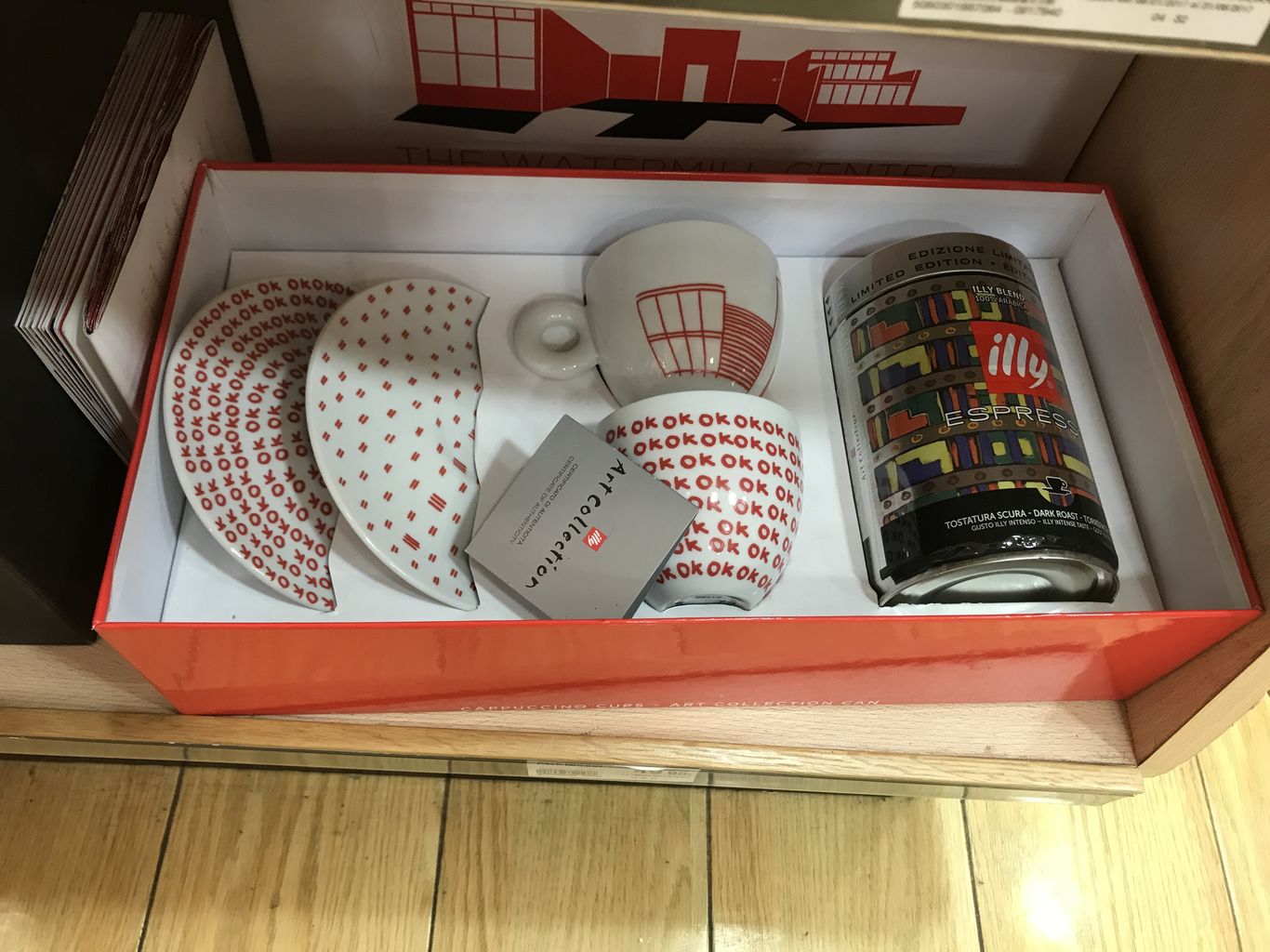
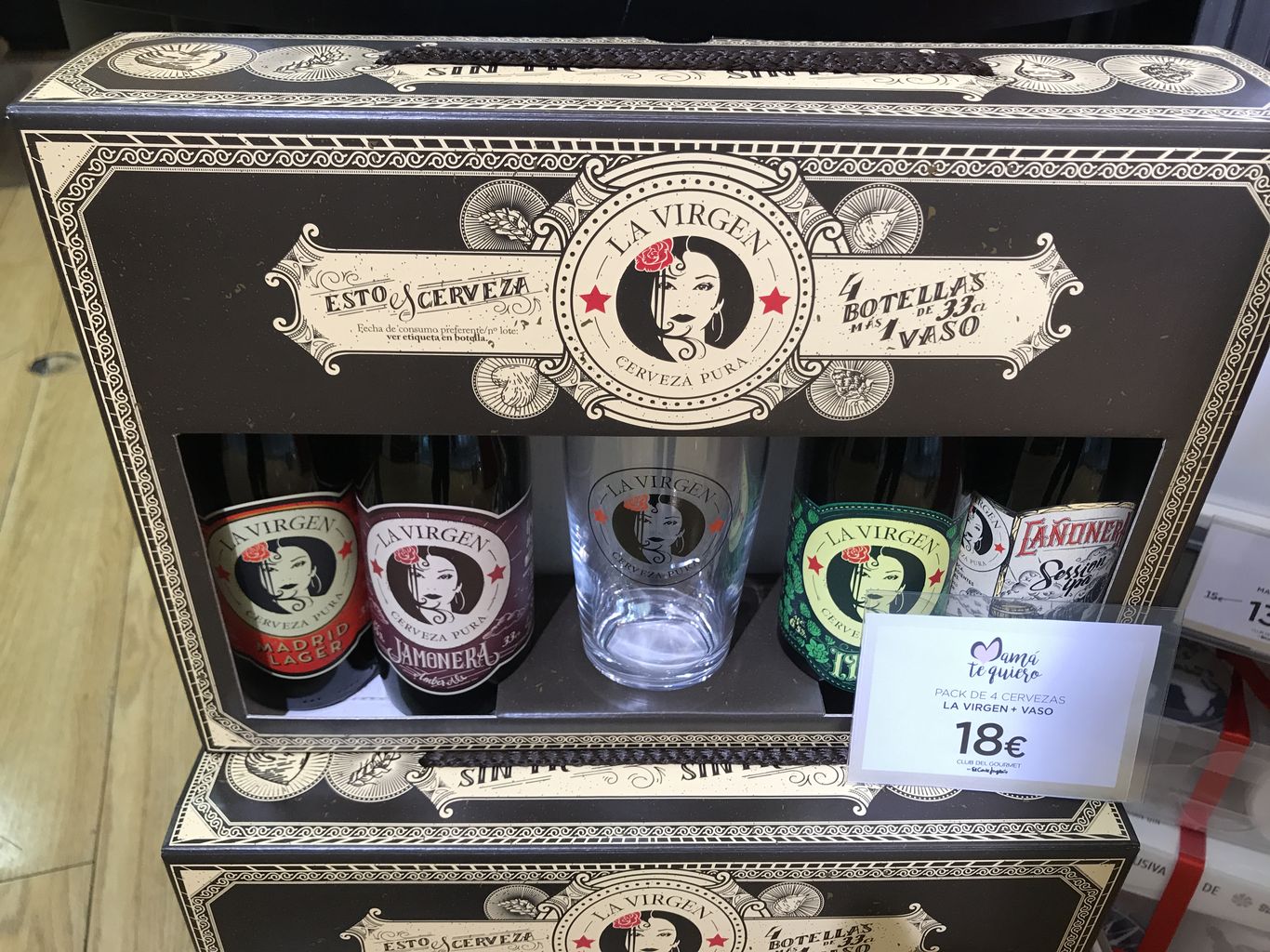
Para no caer en el típico frasco de perfumes, El Corte Inglés de Alcalá de Henares ha preparado cestas y packs de cuidado personal repletas de jabones, geles y cuidado íntimo con aromas que enamoran.
Además, si a la mami de la casa le gusta la buena mesa, disfrutará con los productos delicatessen que tiene El Corte Inglés en su zona Gourmet. Desde cervezas artesanas de lo más cuquis a rosas que son de chocolate y, lo que nunca falla, el champagne (y si es rosa, mejor que mejor)
Pañuelos y comodidad para estar en casa
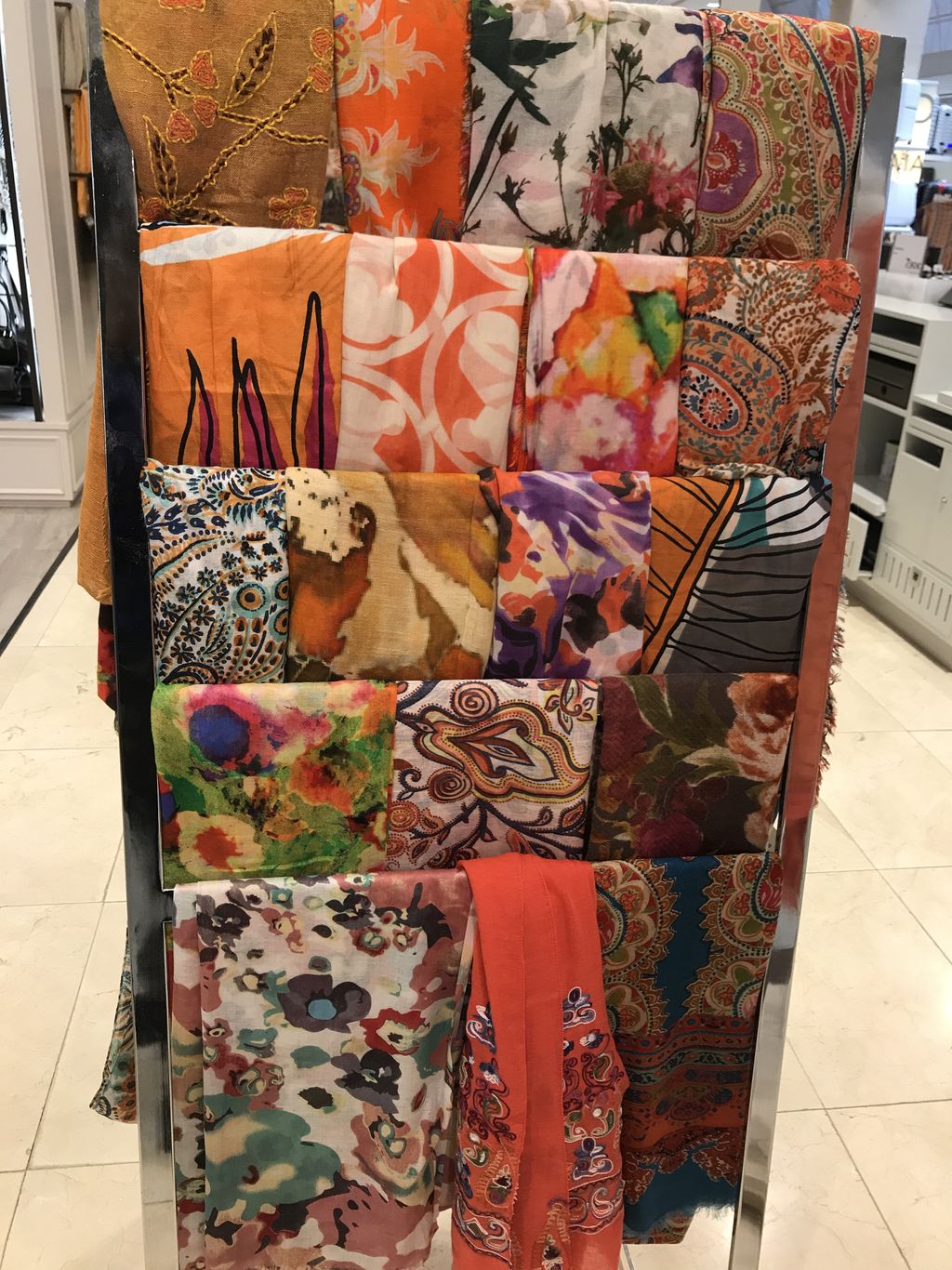
En El Corte Inglés de Alcalá de Henares encontrarás en la Planta Baja una gran variedad de pañuelos, fulares y pashminas. Te será difícil elegir.

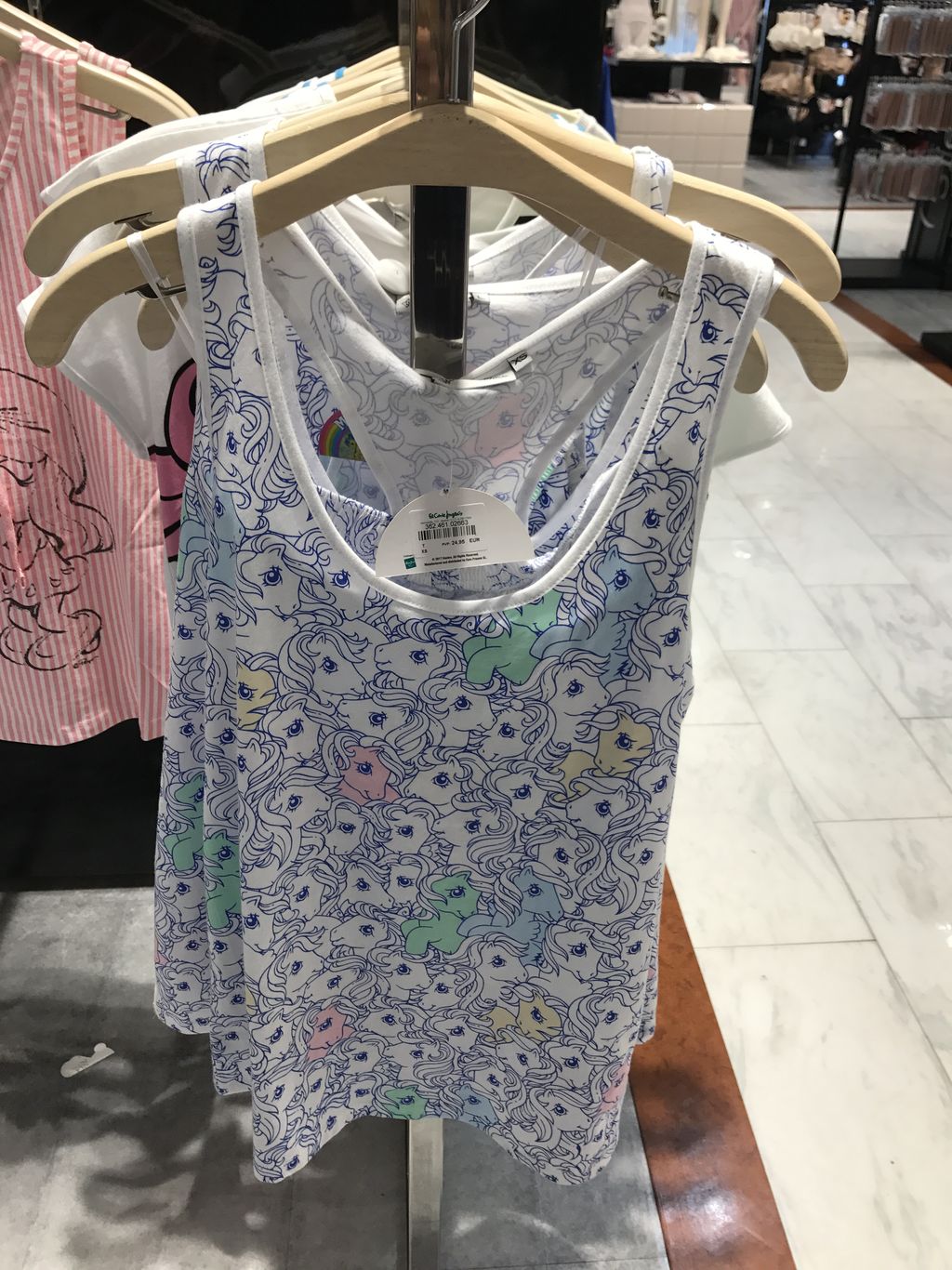

Si la mamá de la casa es divertida y juvenil, estos pijamas le encantarán. Si, por el contrario le va más lo clásico, los camisones y pijamas de la última foto serán la opción perfecta.
Moda para el hogar
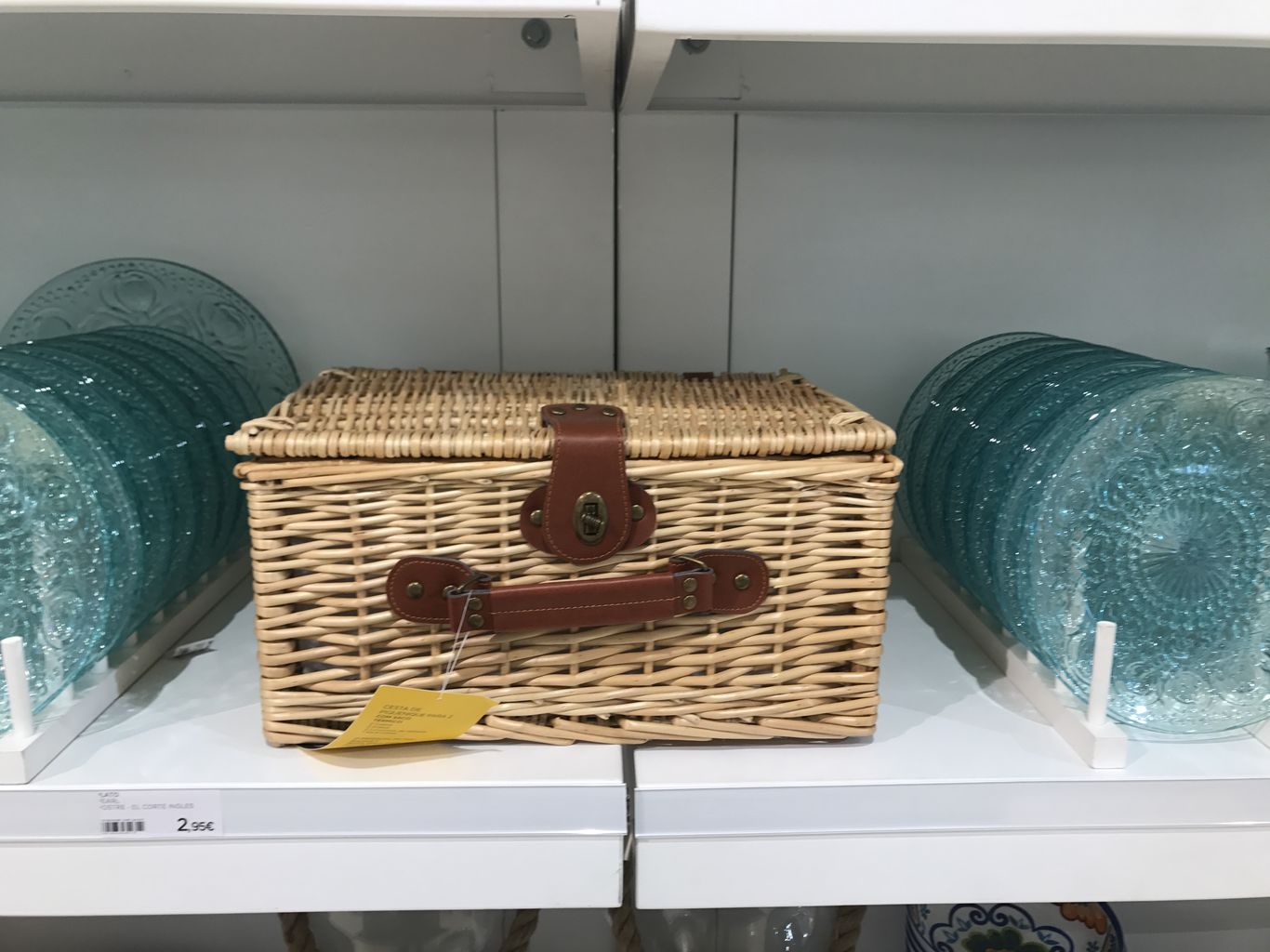
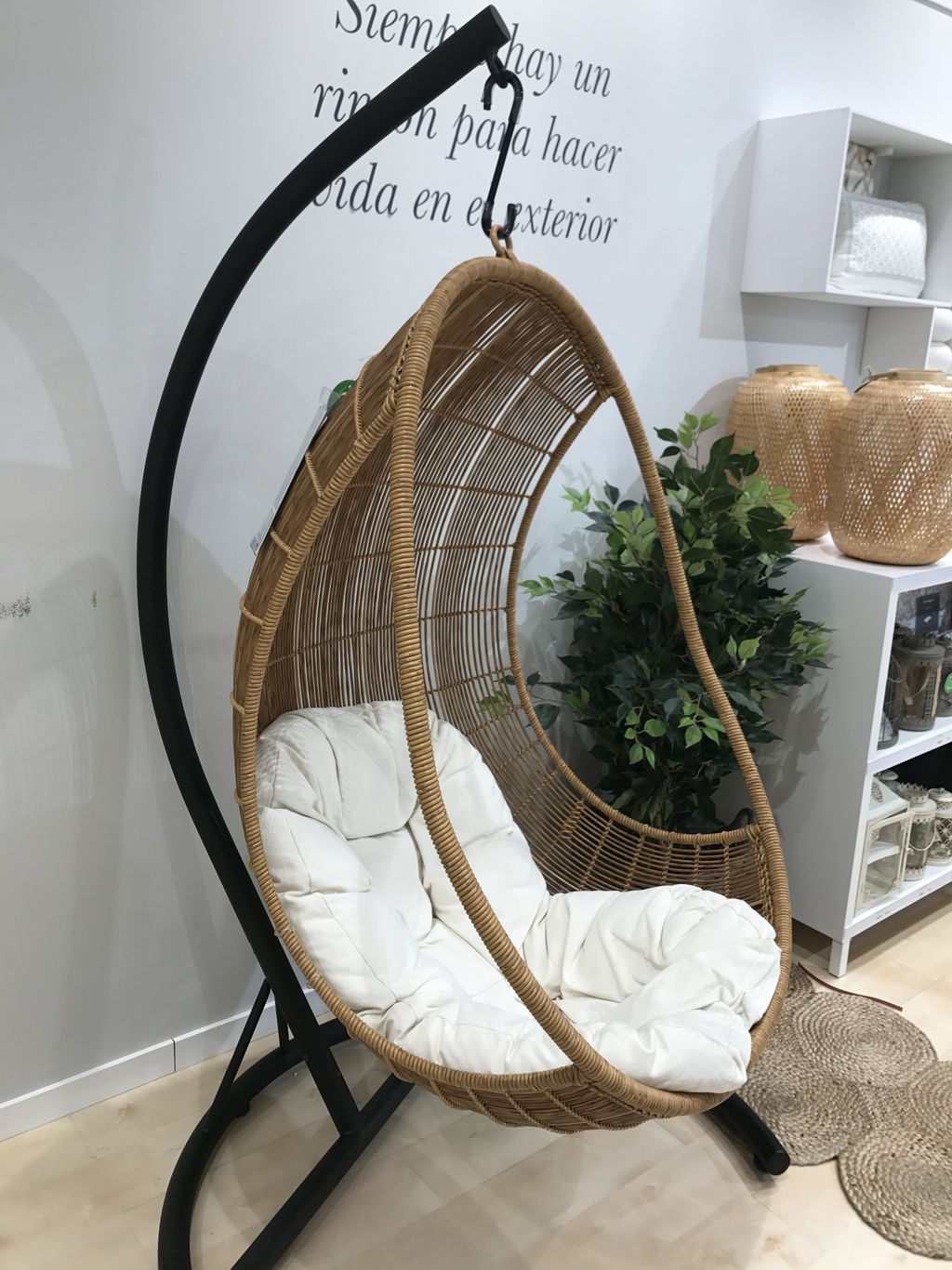
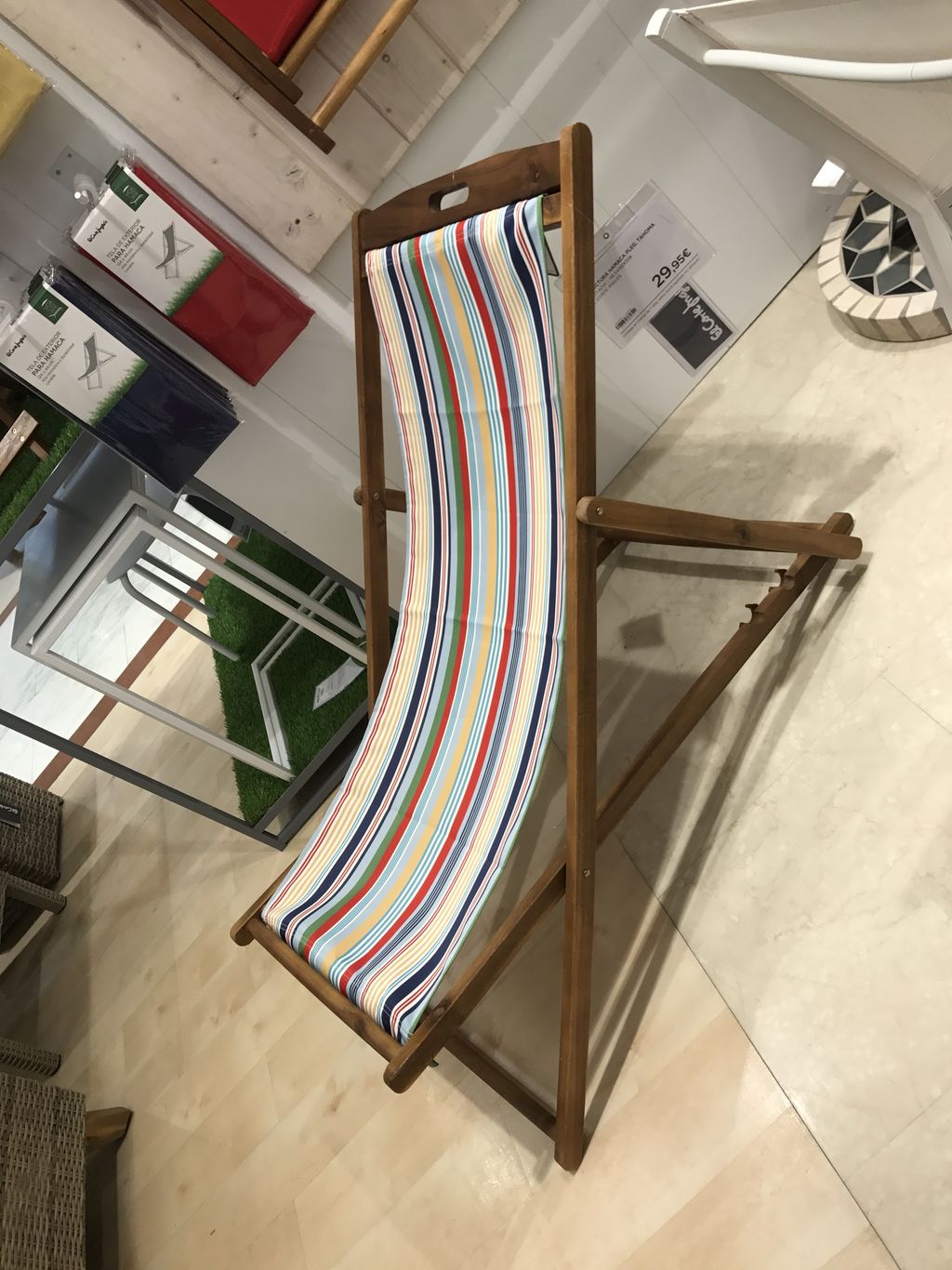
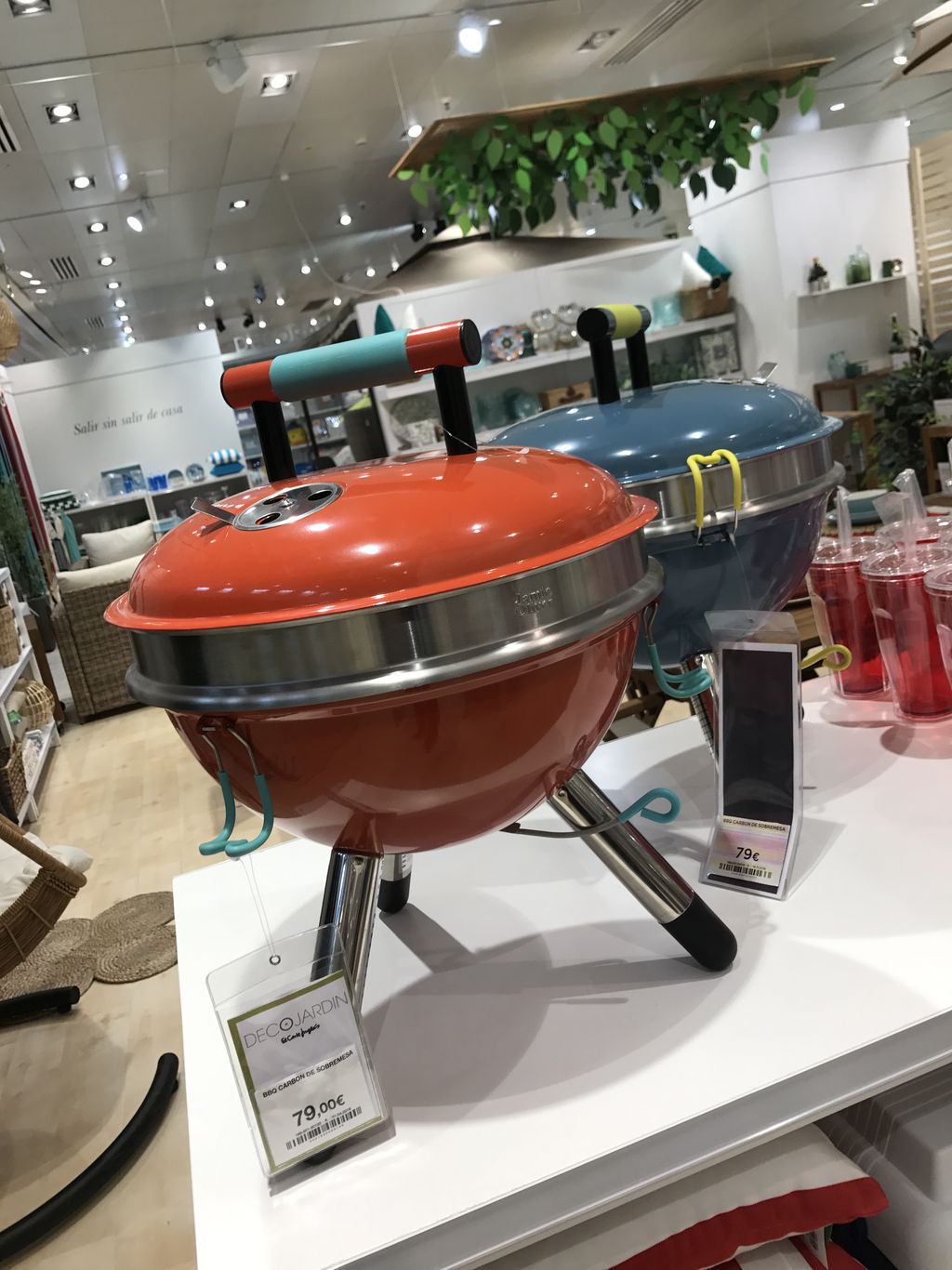
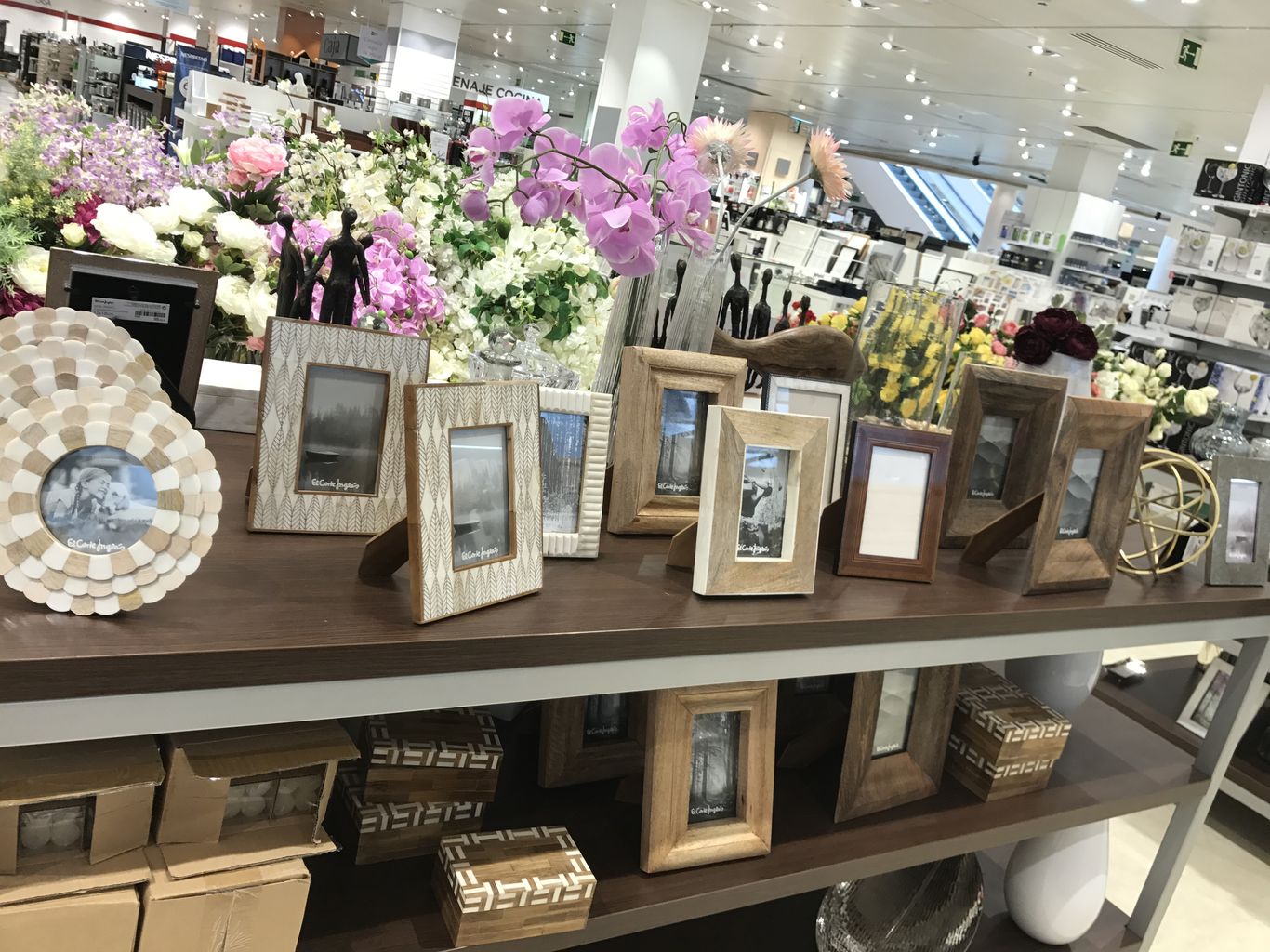
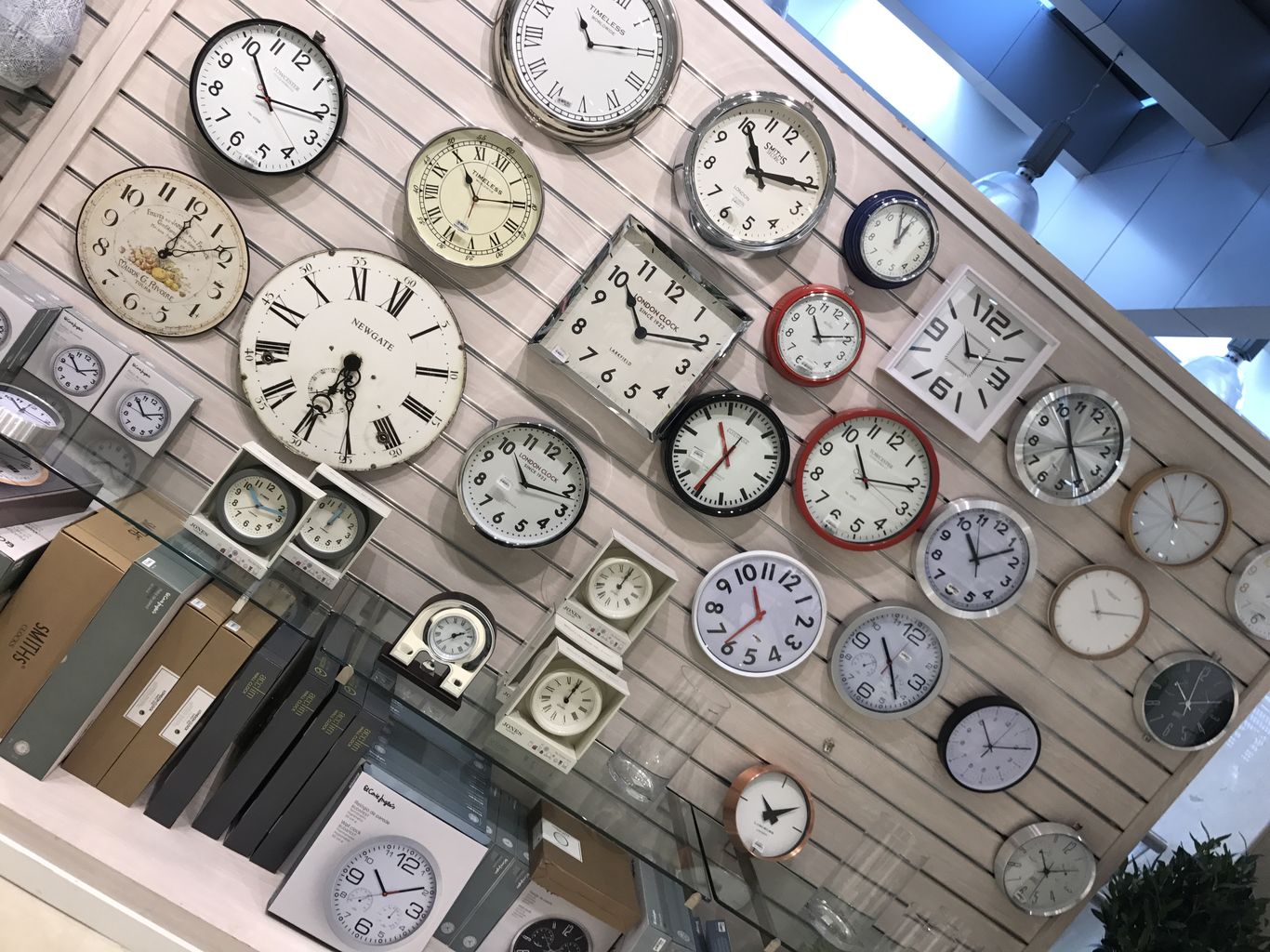
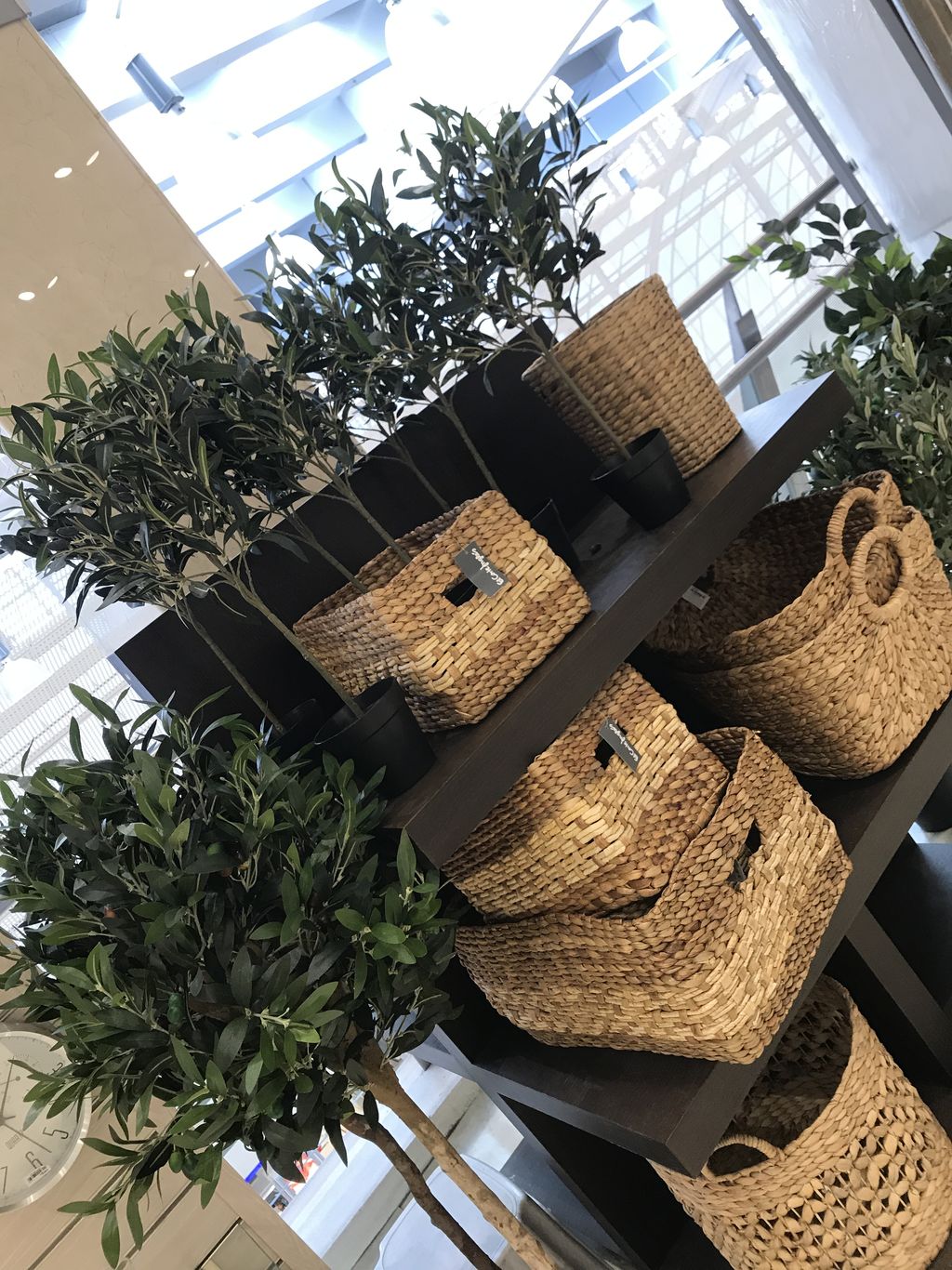
Muchas mamis disfrutan decorando el hogar y el jardín. Seguro que tanto los conjuntos de plantas artificiales como las hamacas para relajarse, los marcos de fotos, las cestas tipo picnics e incluso los relojes más cool le harán muchísima ilusión.
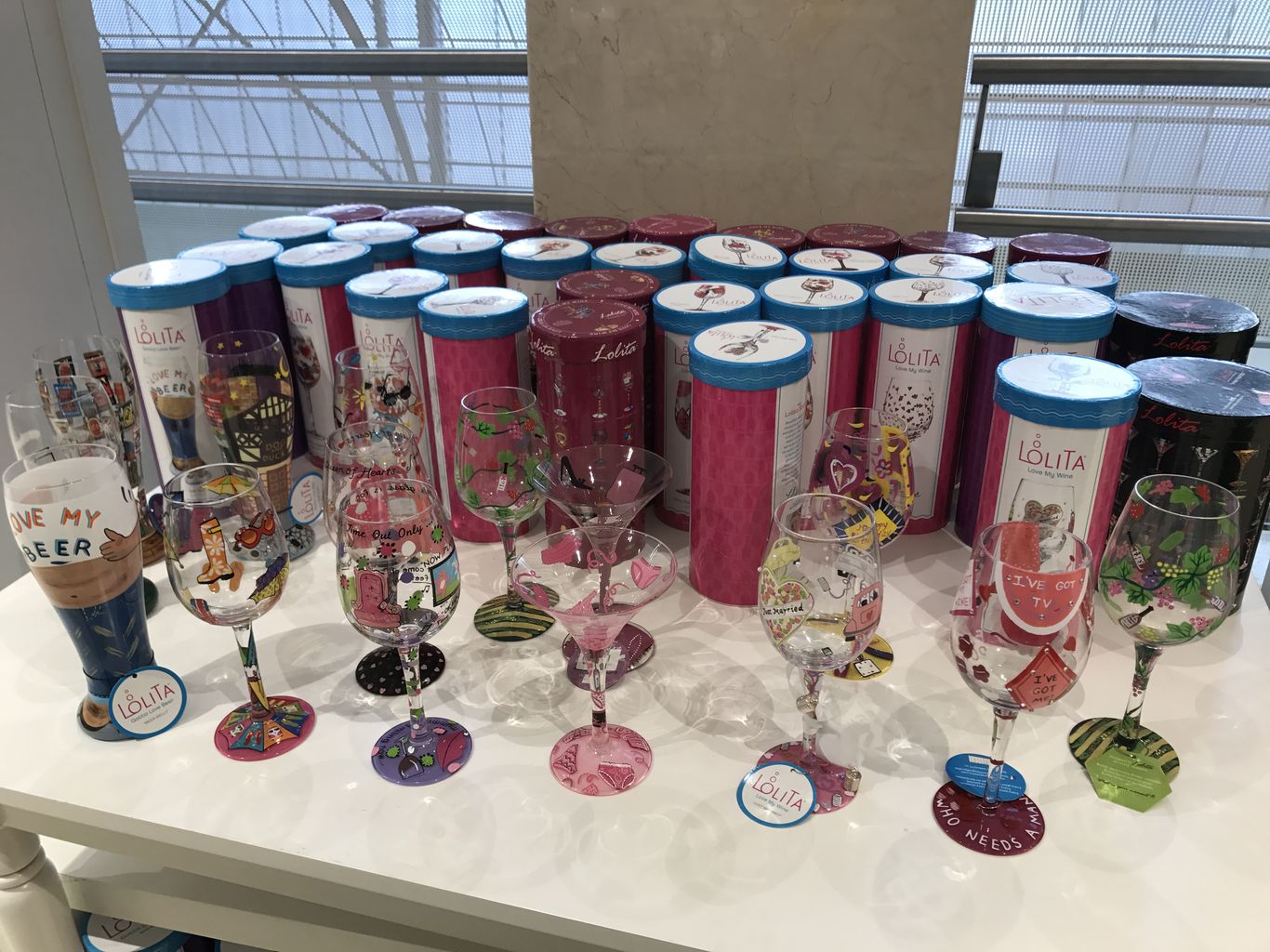
¿Es la mami de la casa una amante del buen vino? Estas copas son un regalo 10 para beberse una copita con el mejor de los estilos.
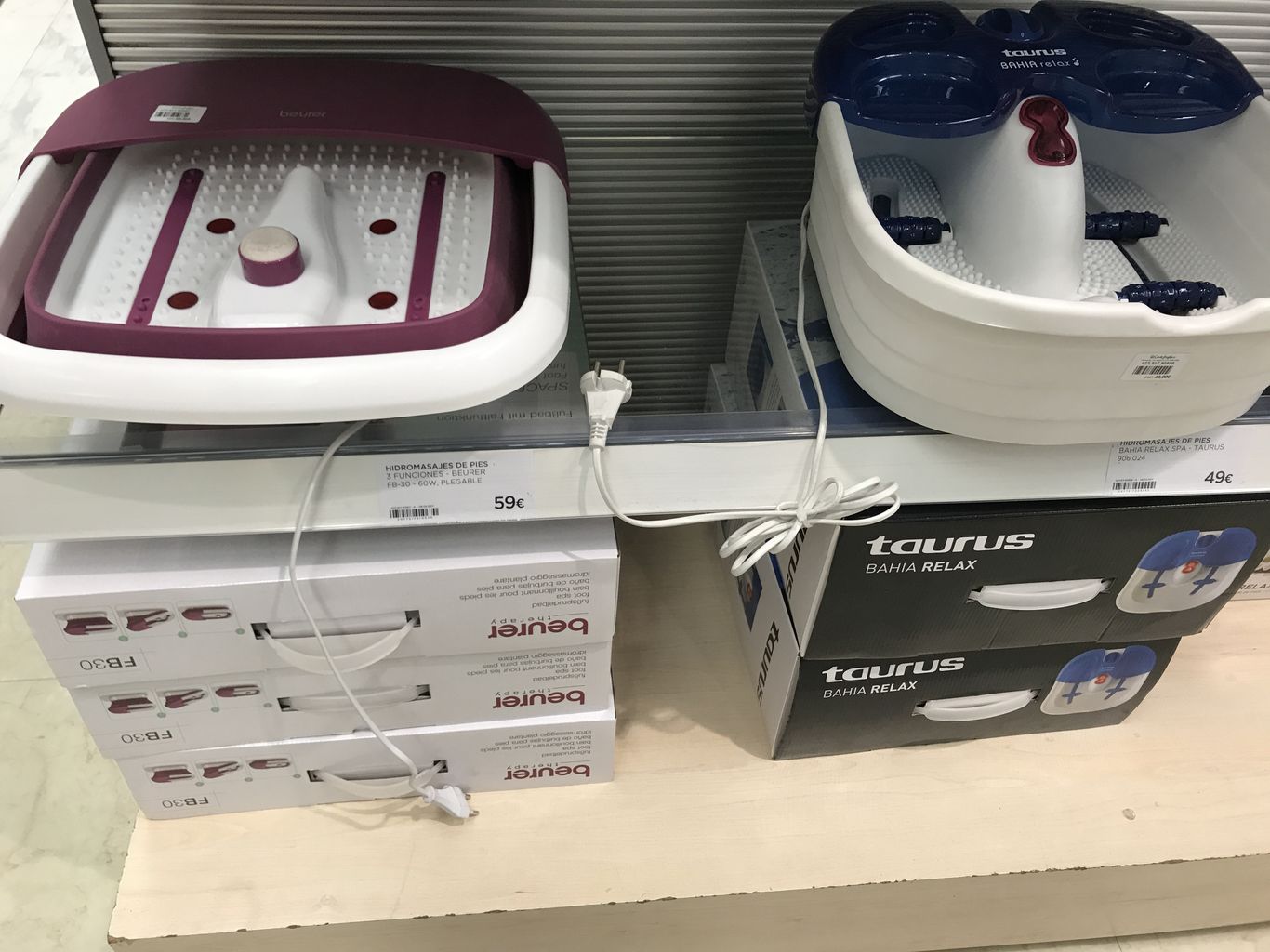
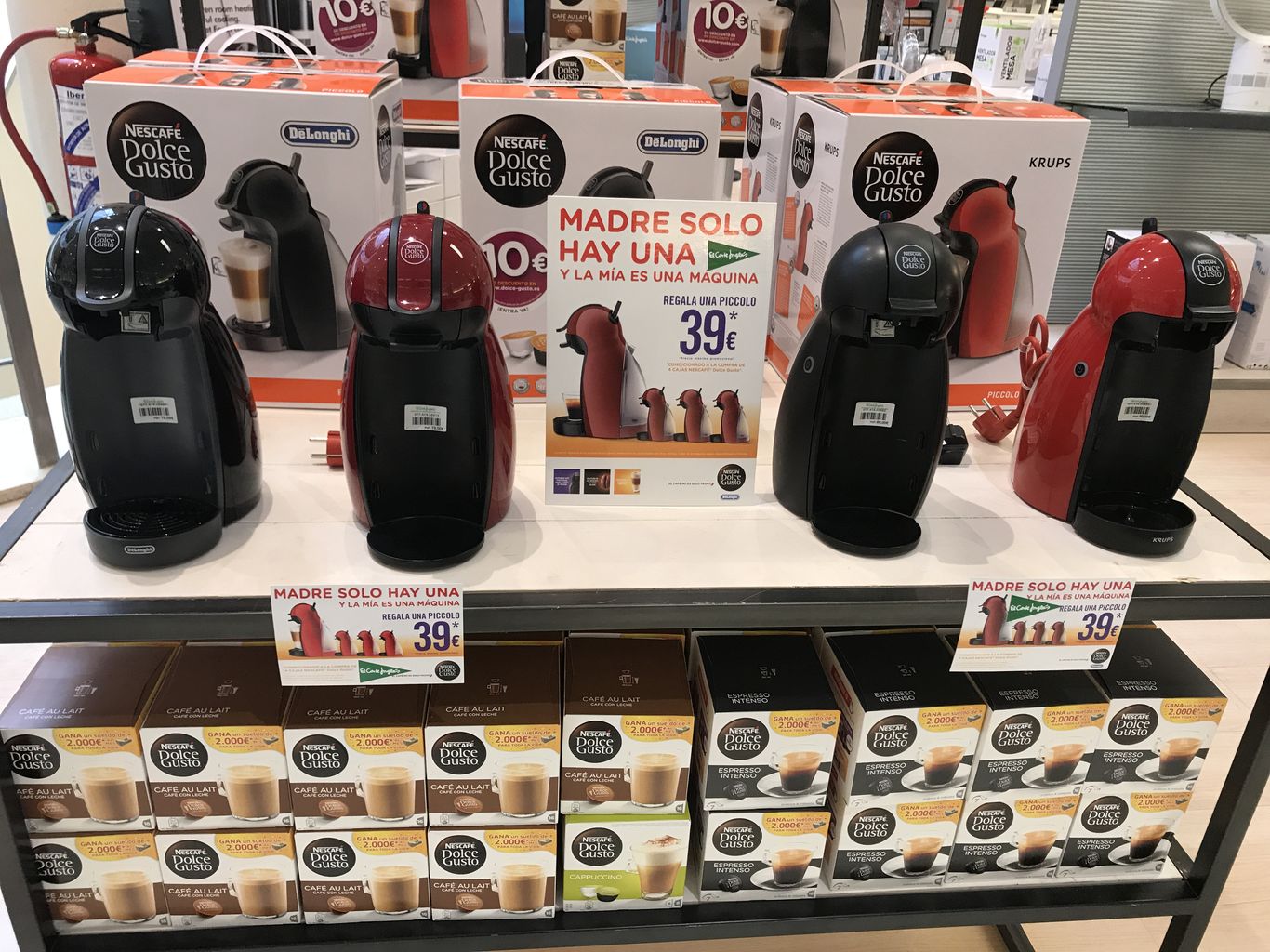
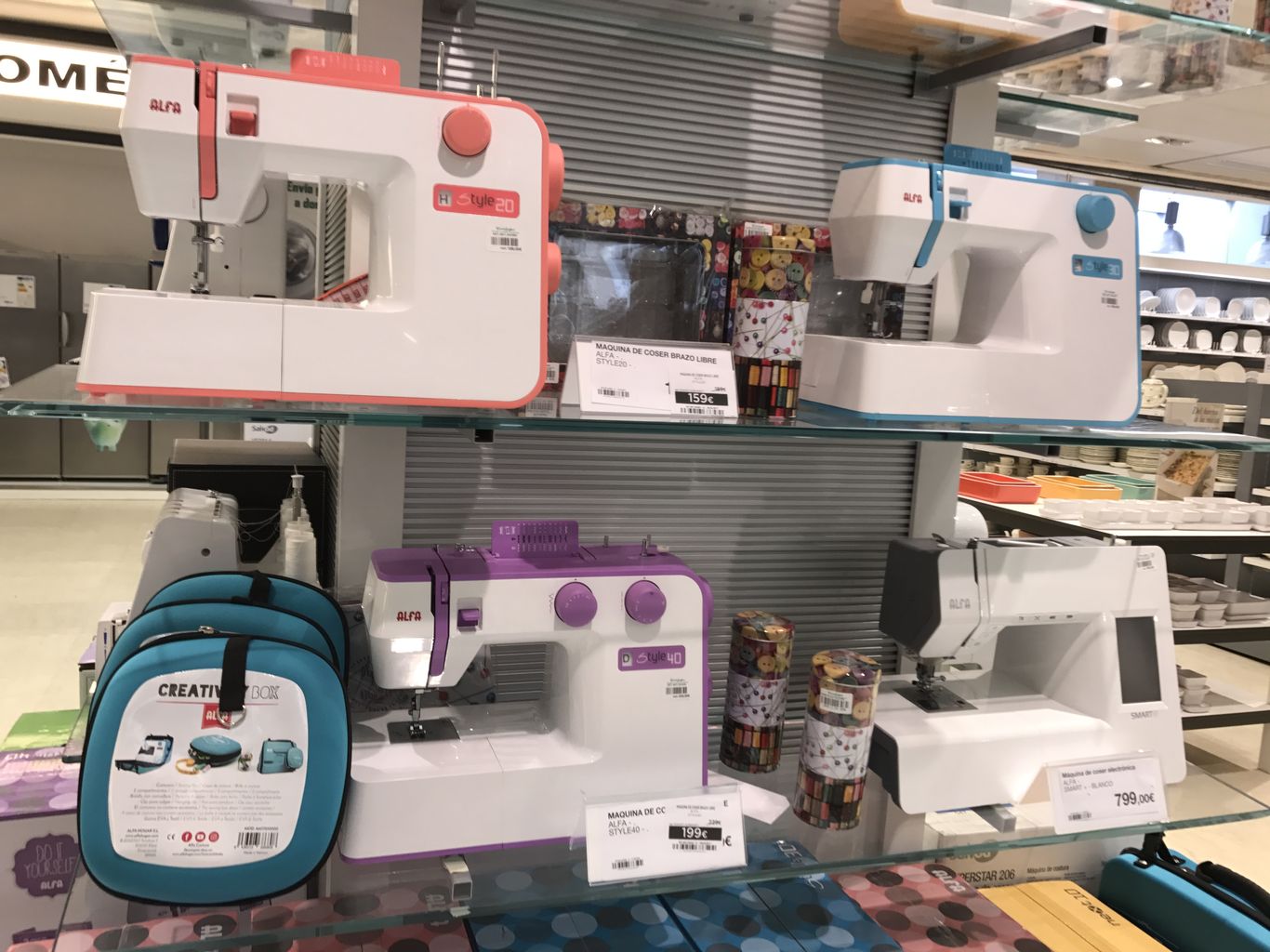
¿Una máquina para masajear sus cansados pies? ¿O quizá una cafetera para degustar el mejor café? ¿Qué te parece una máquina de coser para que se lance a crear sus propios diseños? Cualquiera de estas opciones es regalar originalidad e ilusión. Elige la que más se adapte a la mami de la casa.
Regala viajes y experiencias
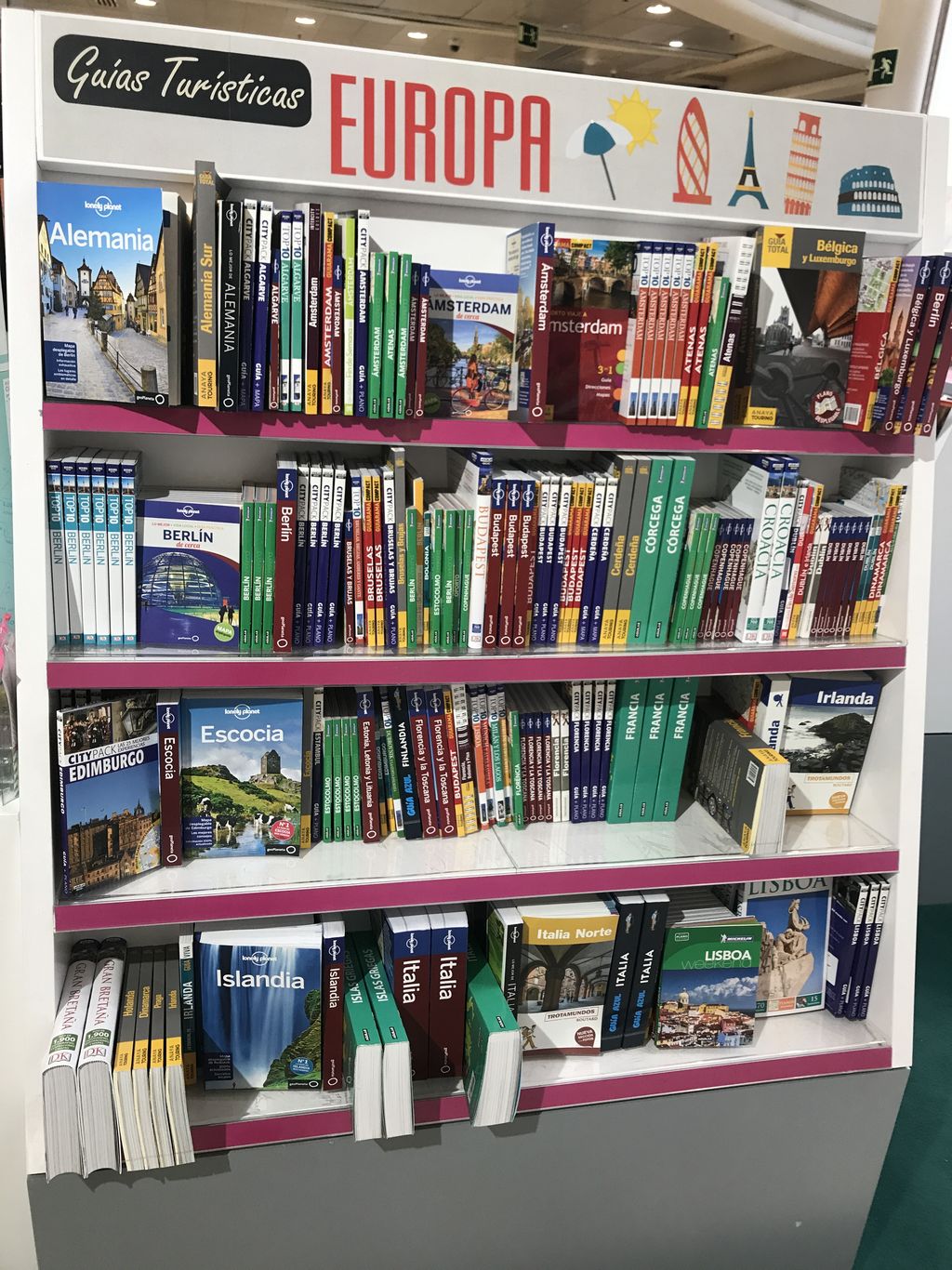
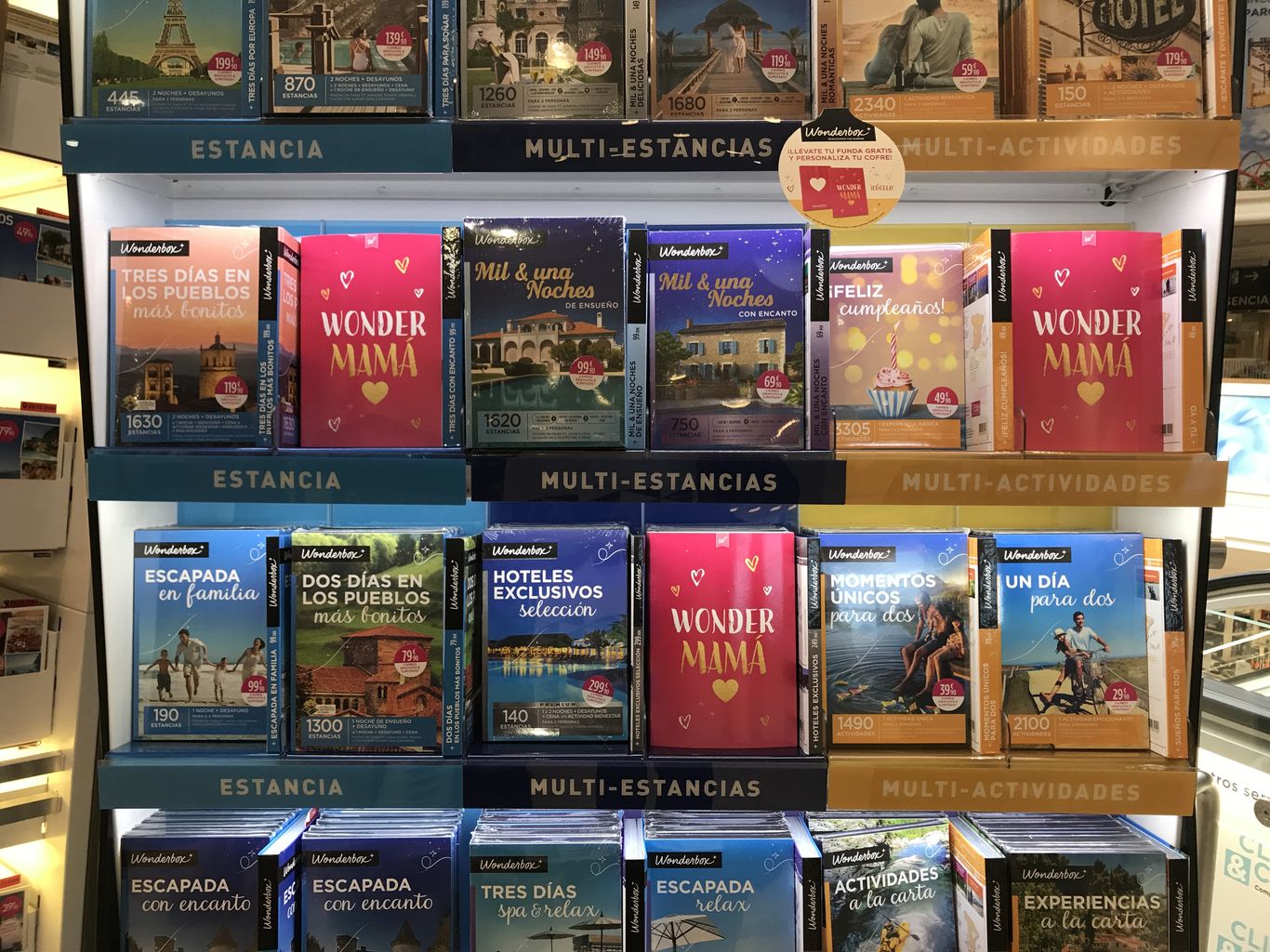
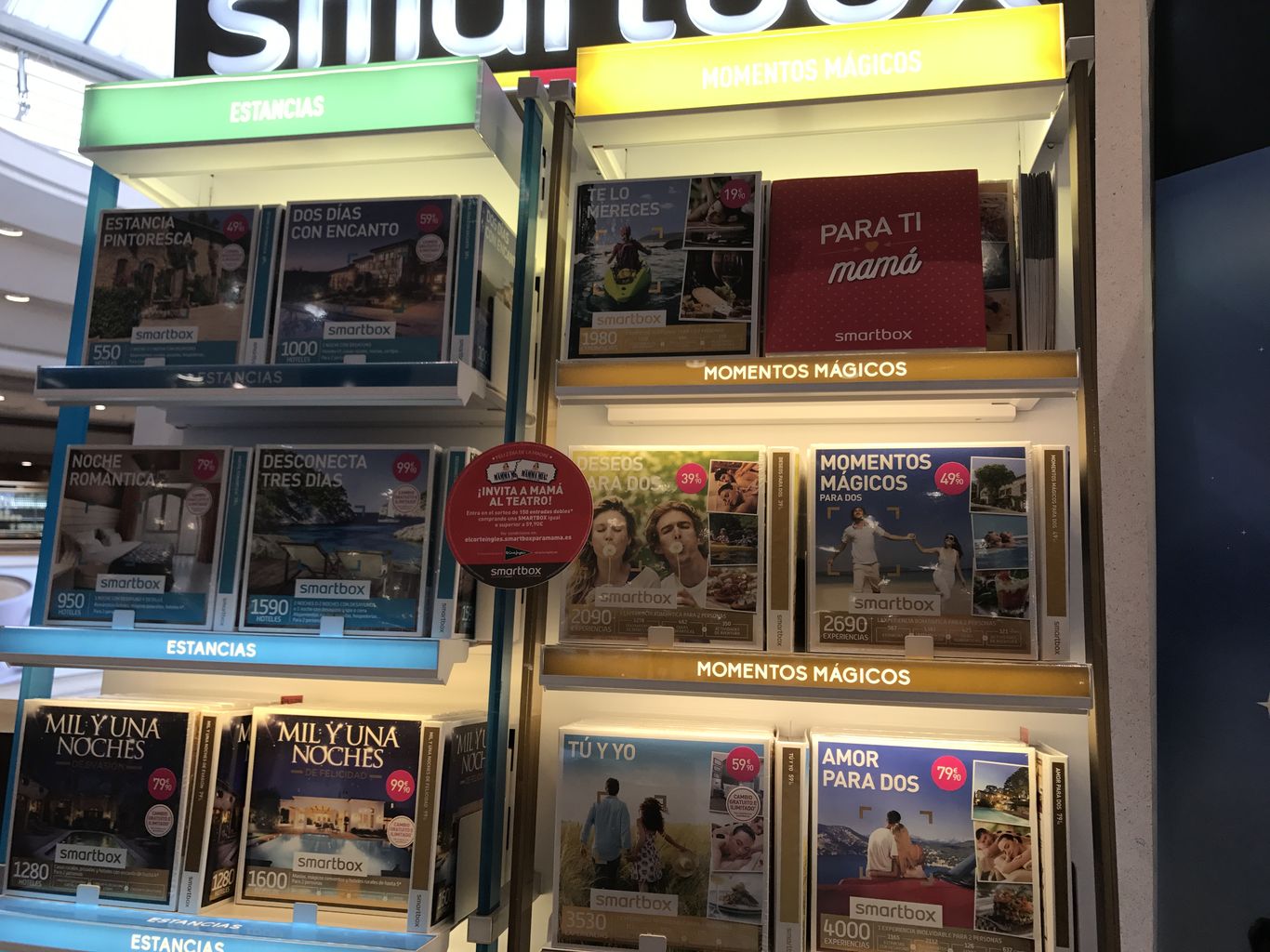
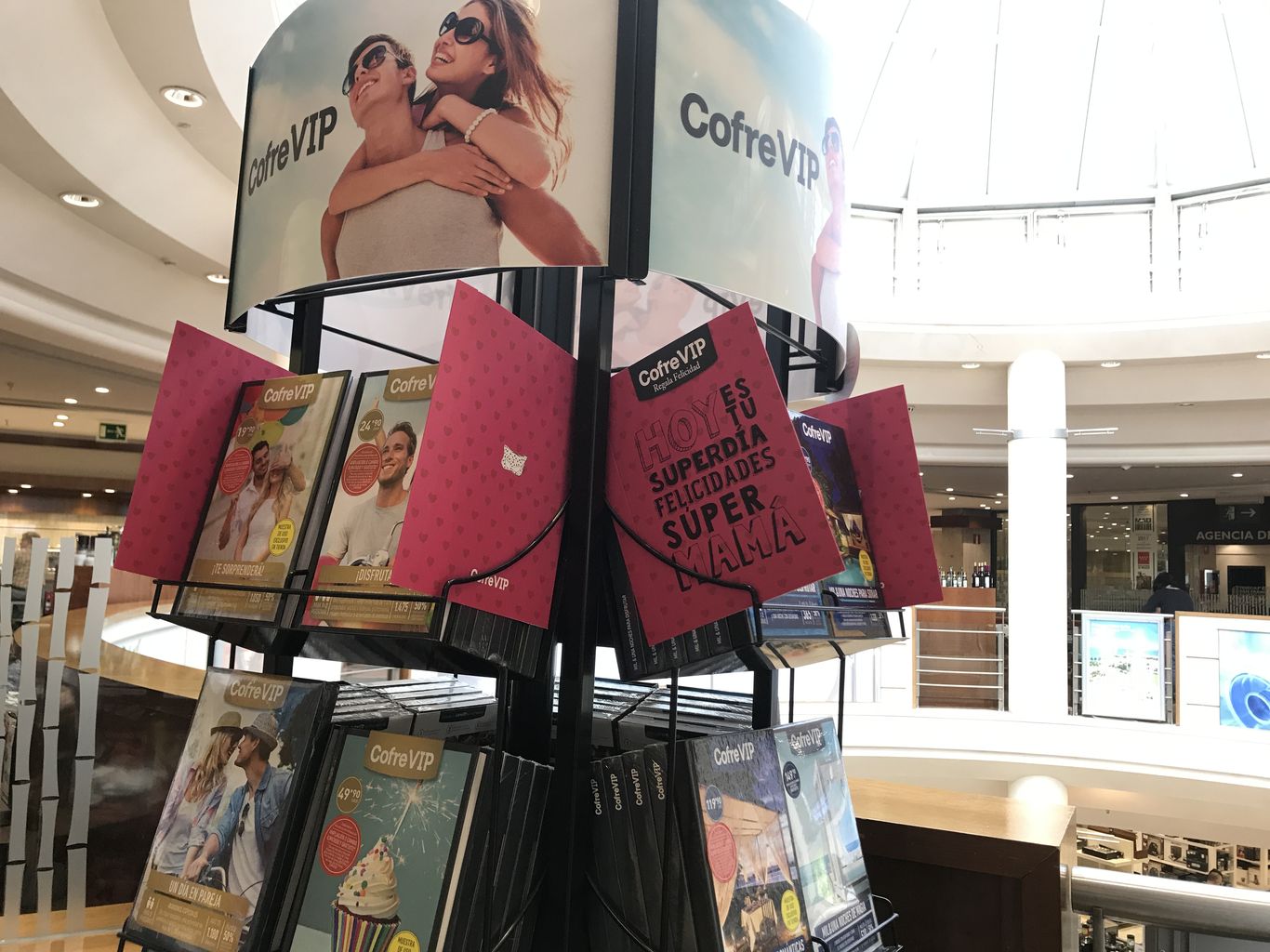
Si tiene un viaje a la vista, una guía será un detalle perfecto que la llenará de alegría. Si no, ¿qué mejor que un cofre de experiencias para que empiece a soñar?
Para mamás manitas
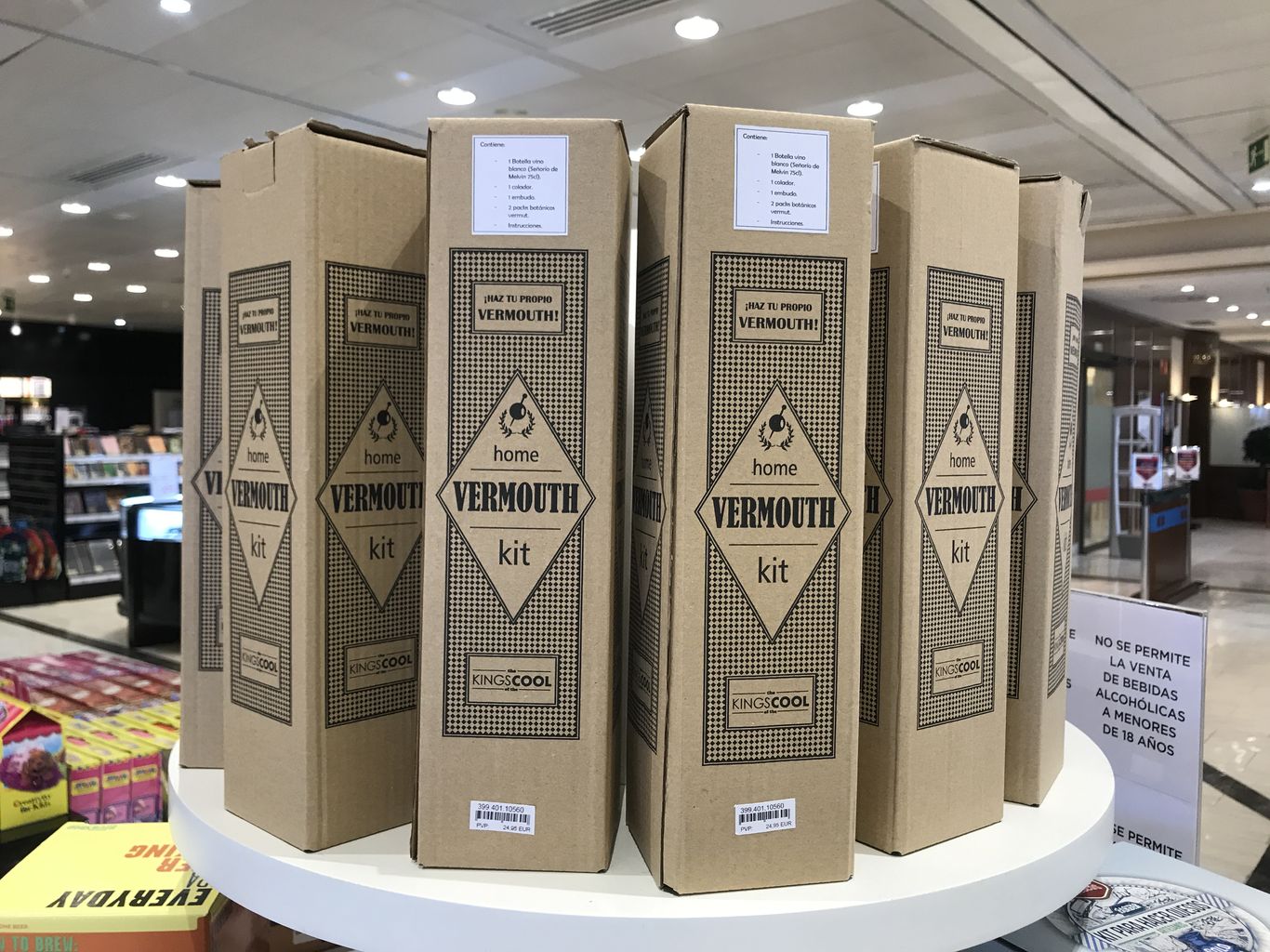
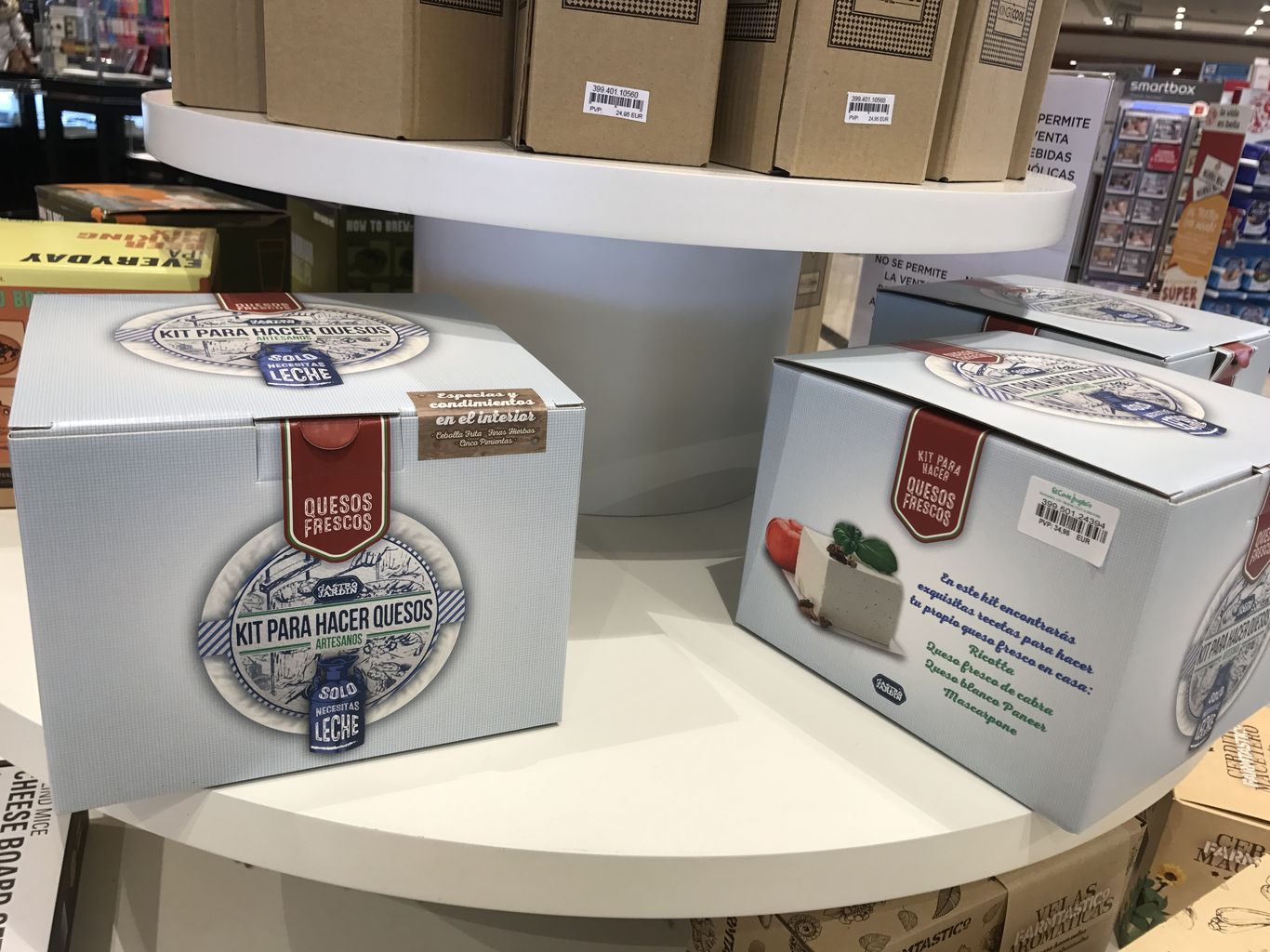
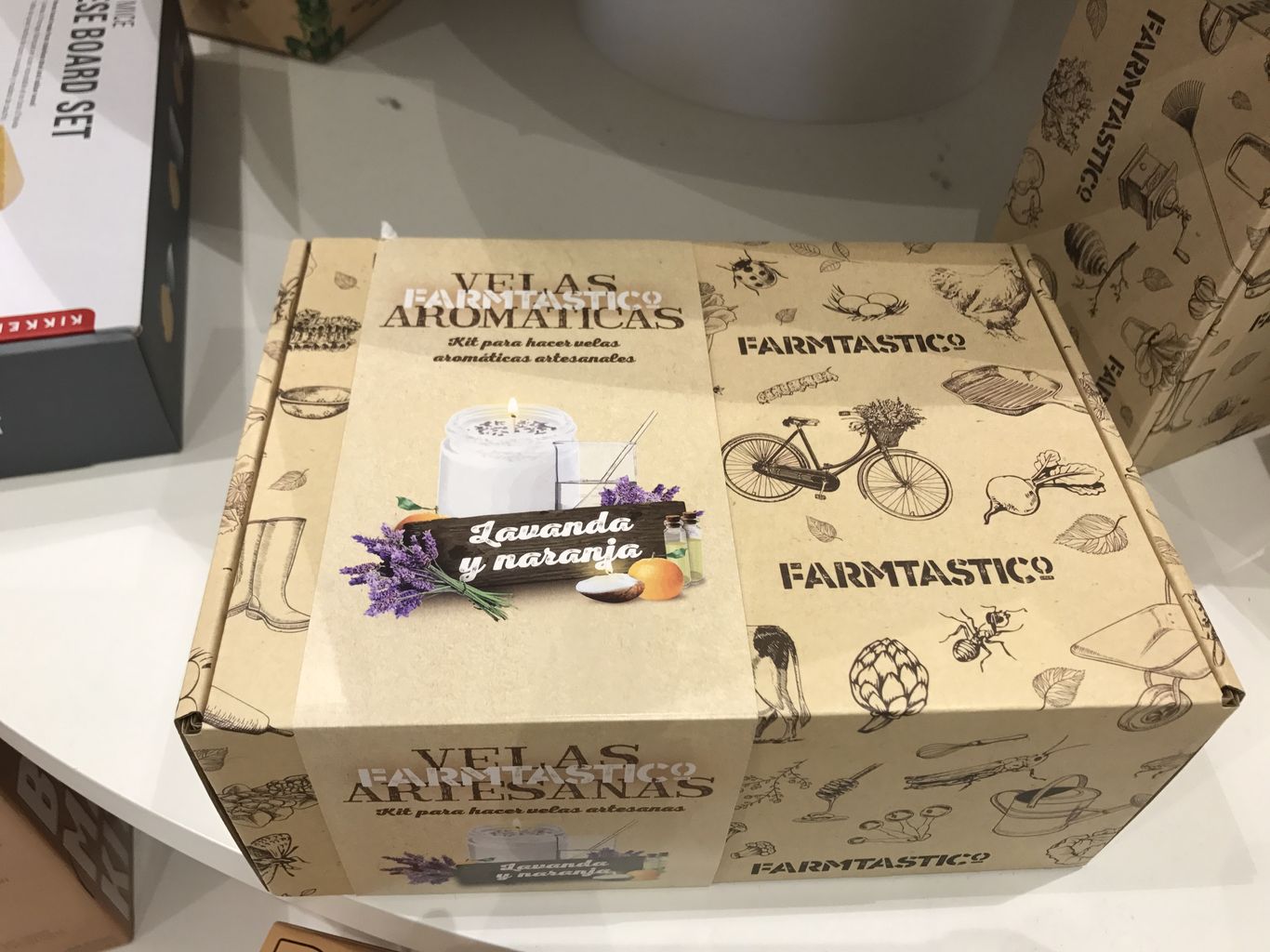
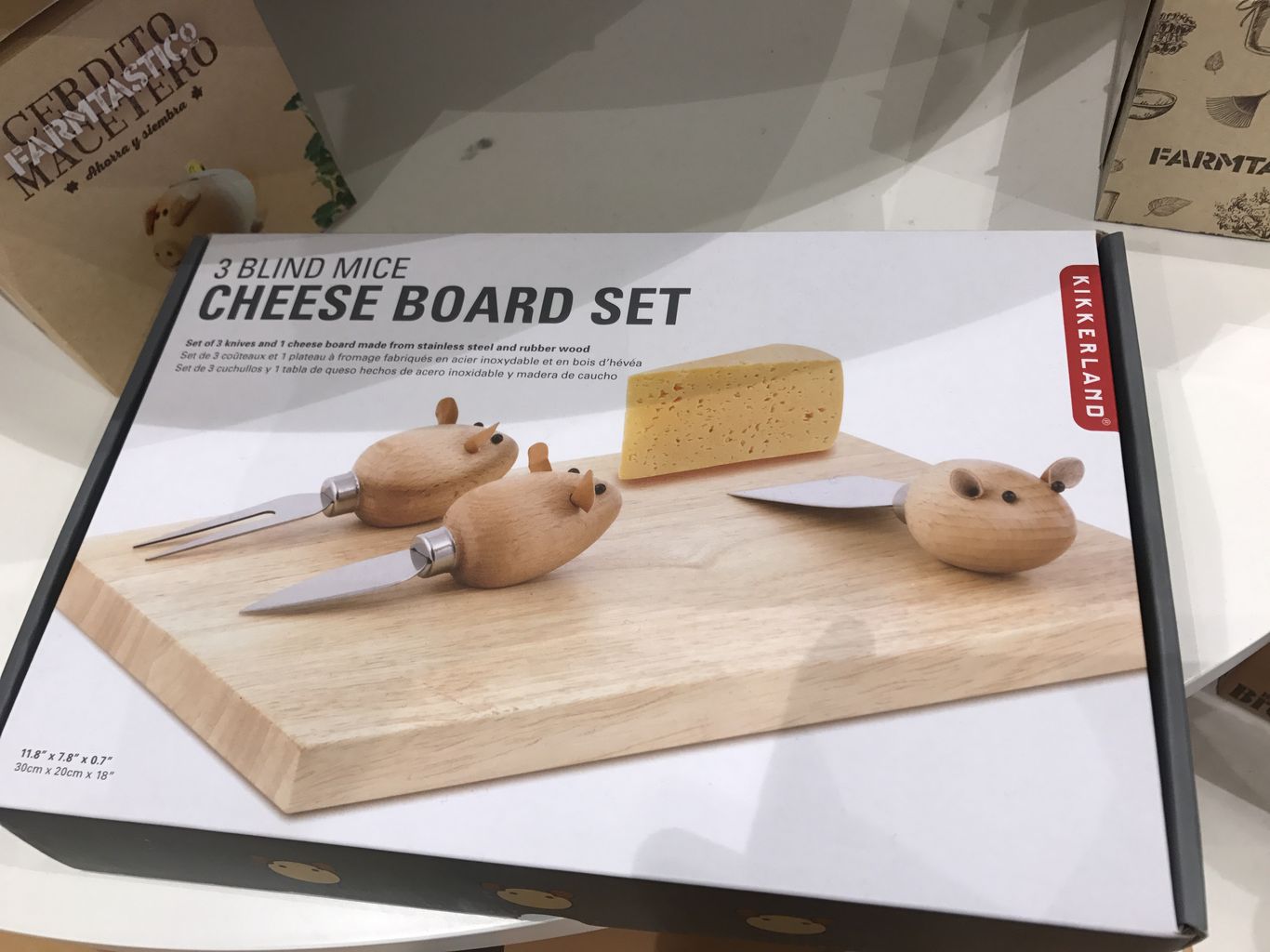
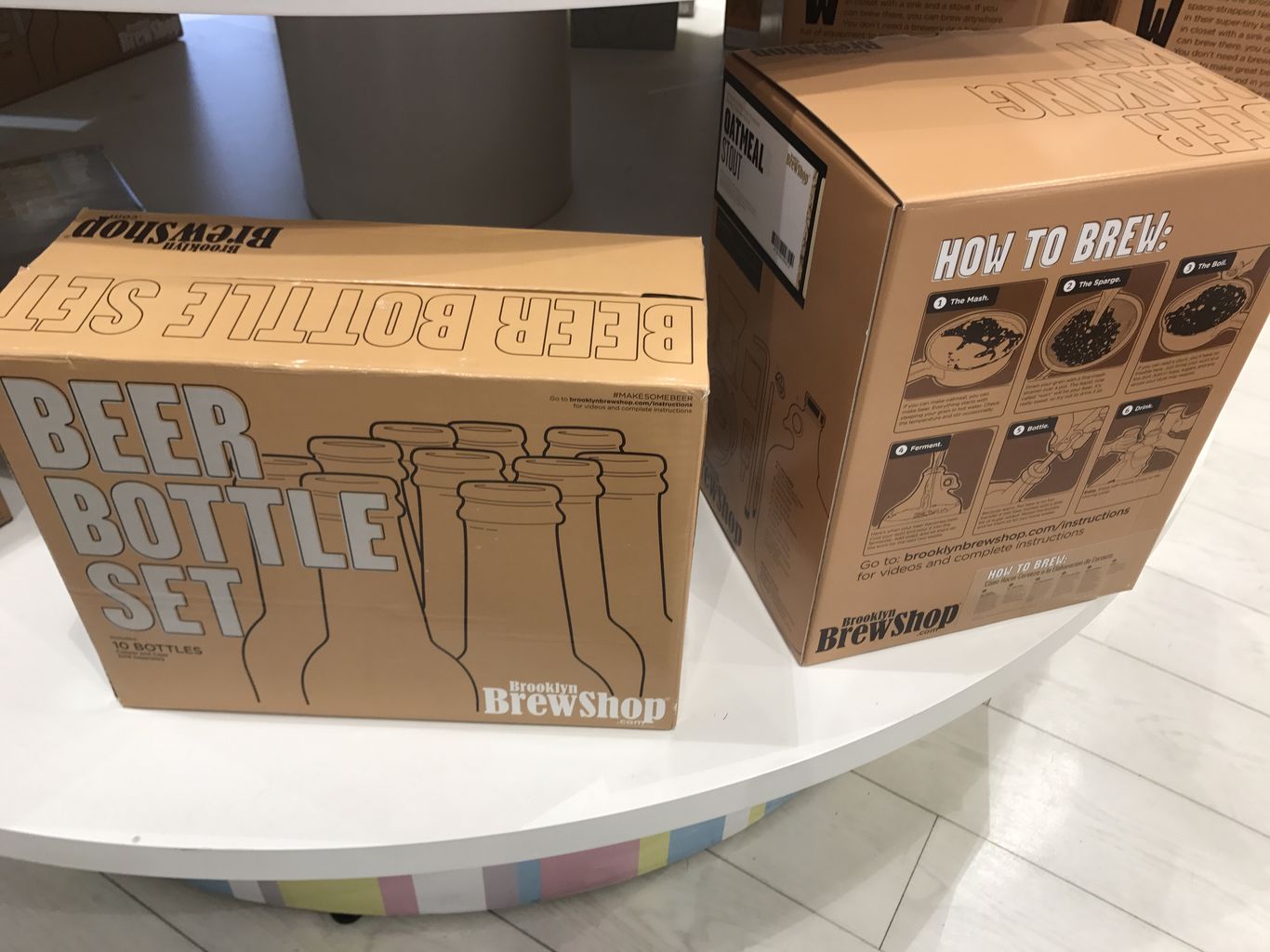
Packs DIY para hacer queso fresco, velas aromáticas y ¡hasta cervezas! Si la mami de la casa disfruta con las manualidades estos kits son una idea 10.
Lectura y relax
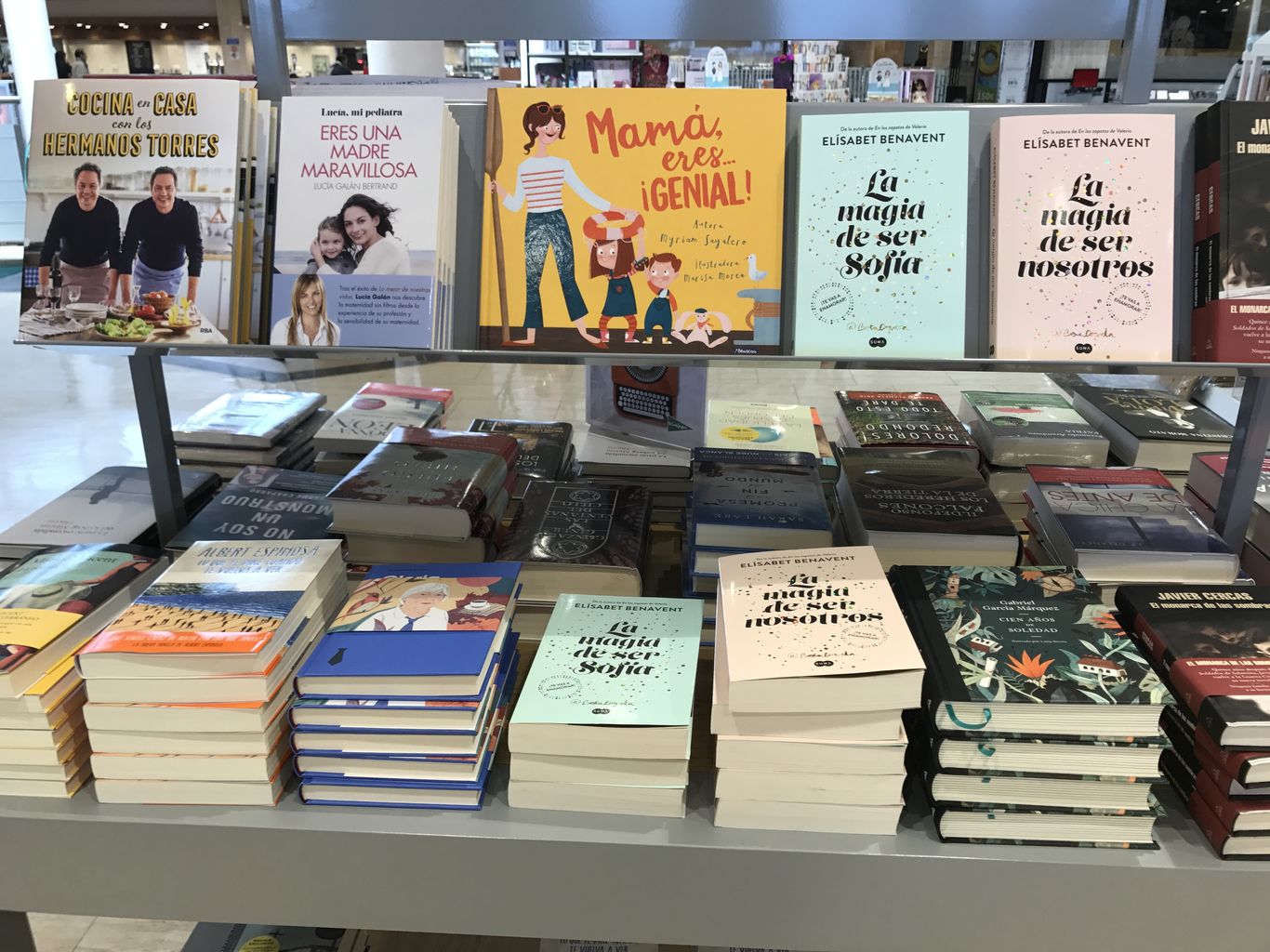
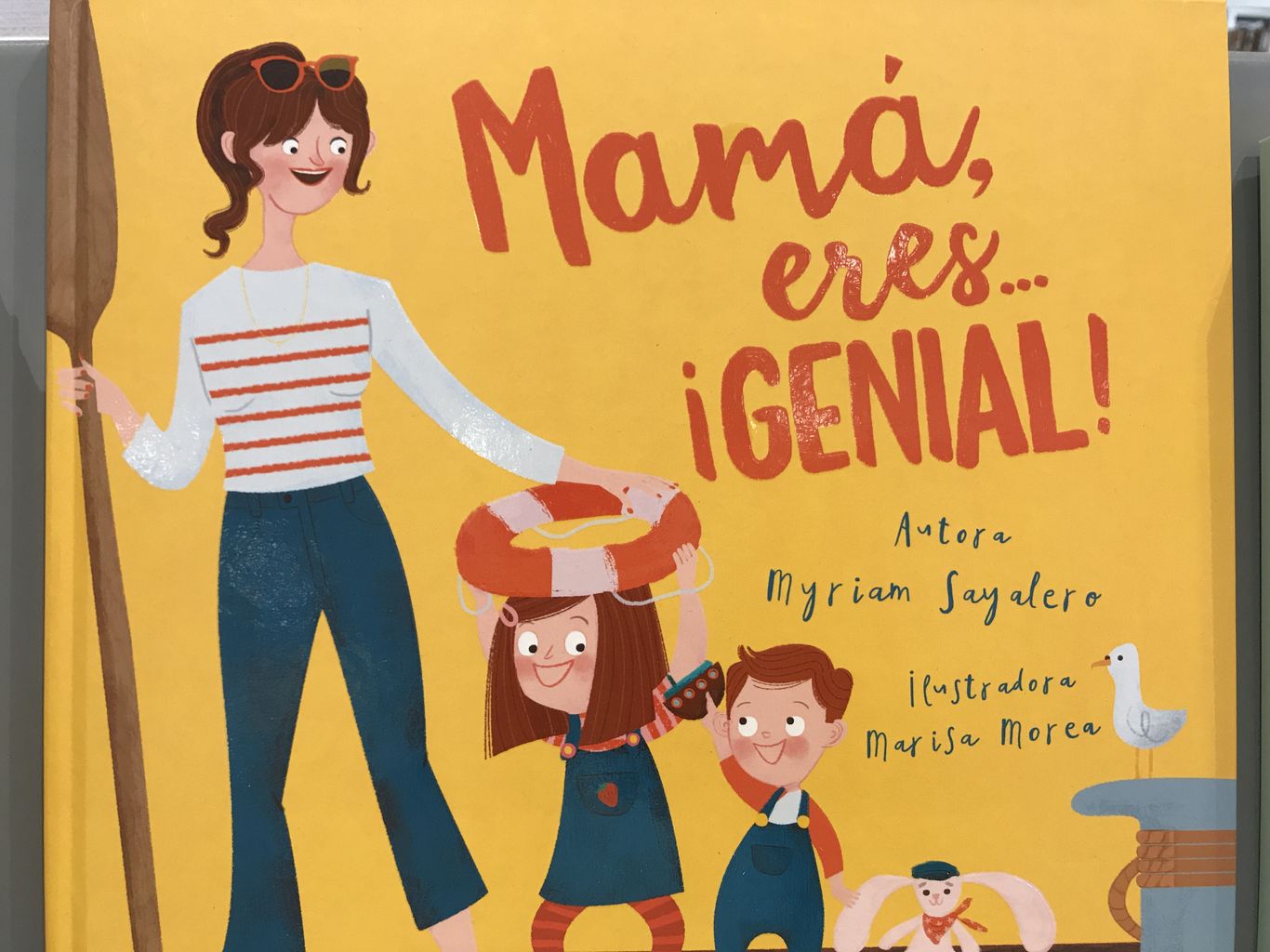

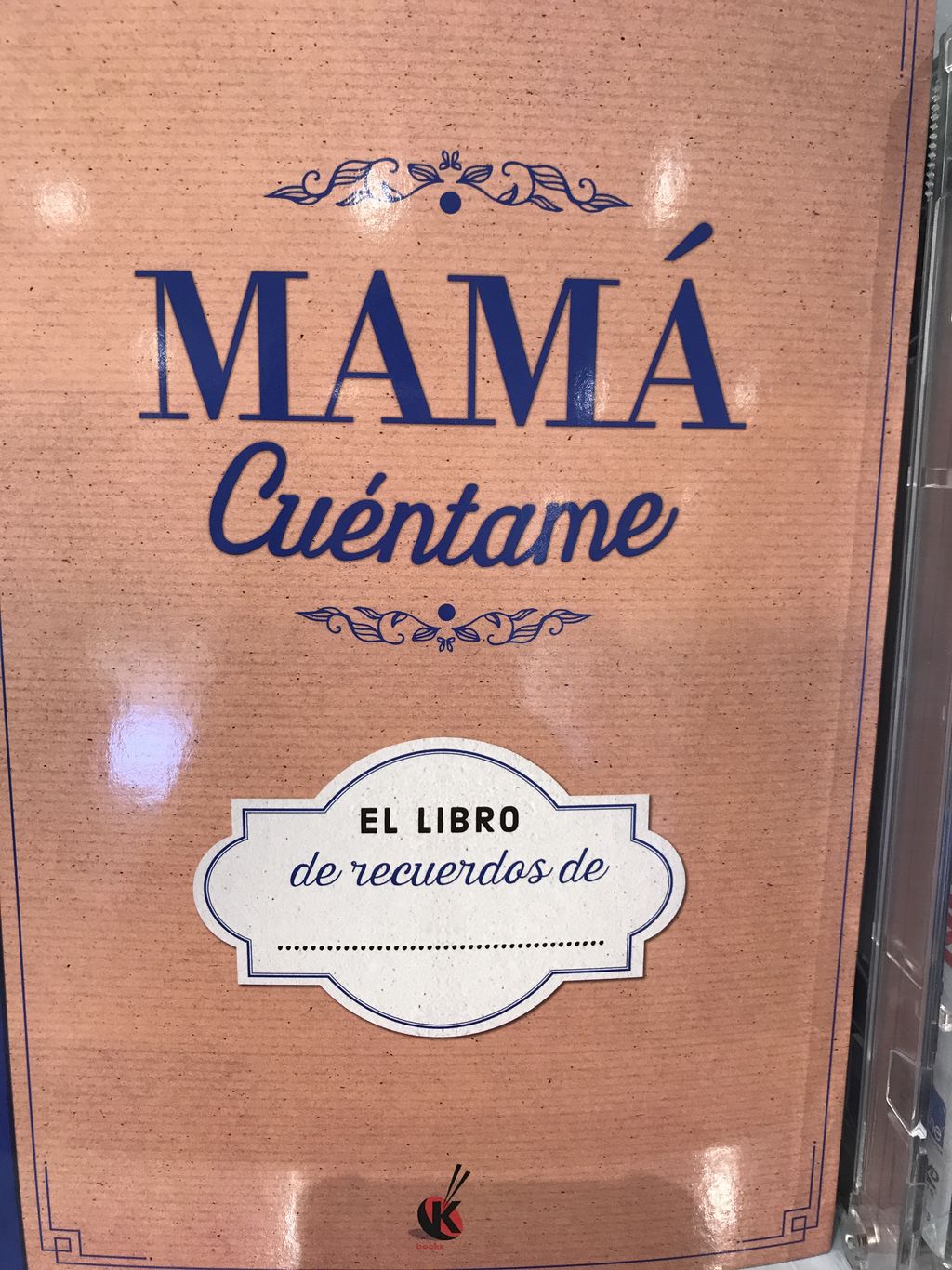
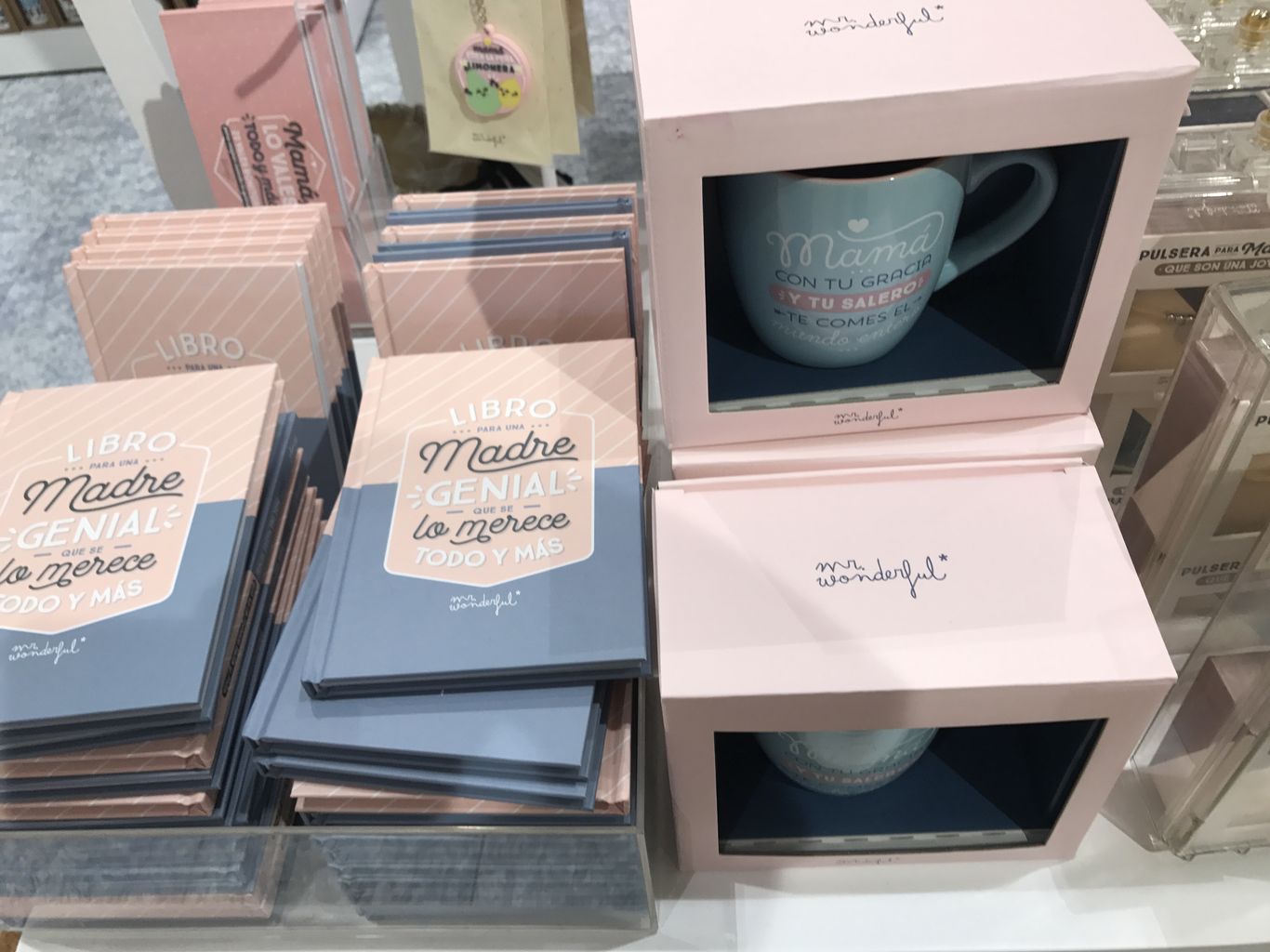
¿Qué mejor momento para decirle a mamá lo mucho que la quieres con un encantador libro? Desde novelas hasta cuentos pasando por libretas de recuerdos. Todo tiene cabida en El Corte Inglés de Alcalá de Henares. Además, en un día así, no podían faltar los mensajes de ánimo y positividad de Mr. Wonderful. ¡Nos encantan!
Para la sporty mum
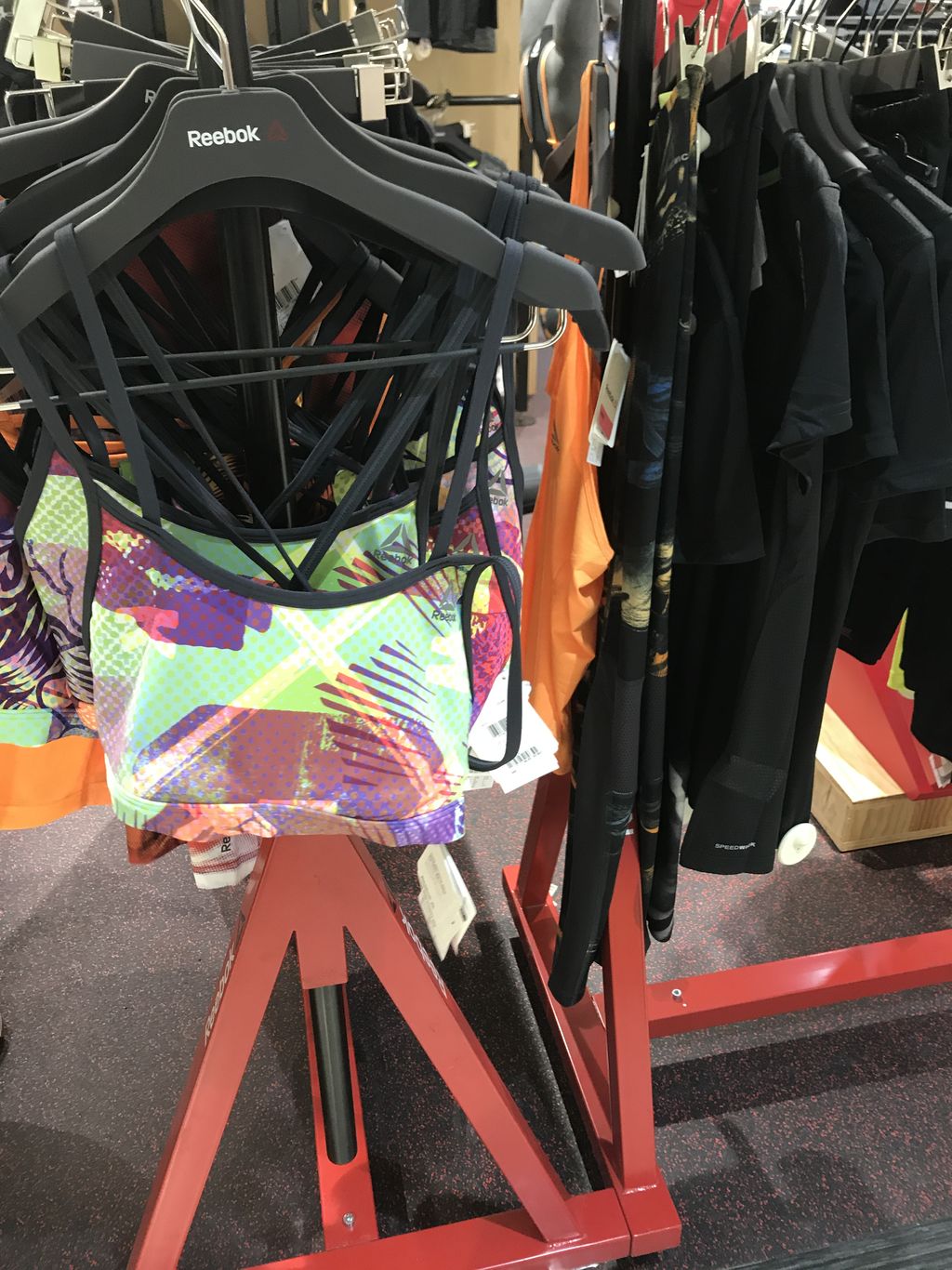
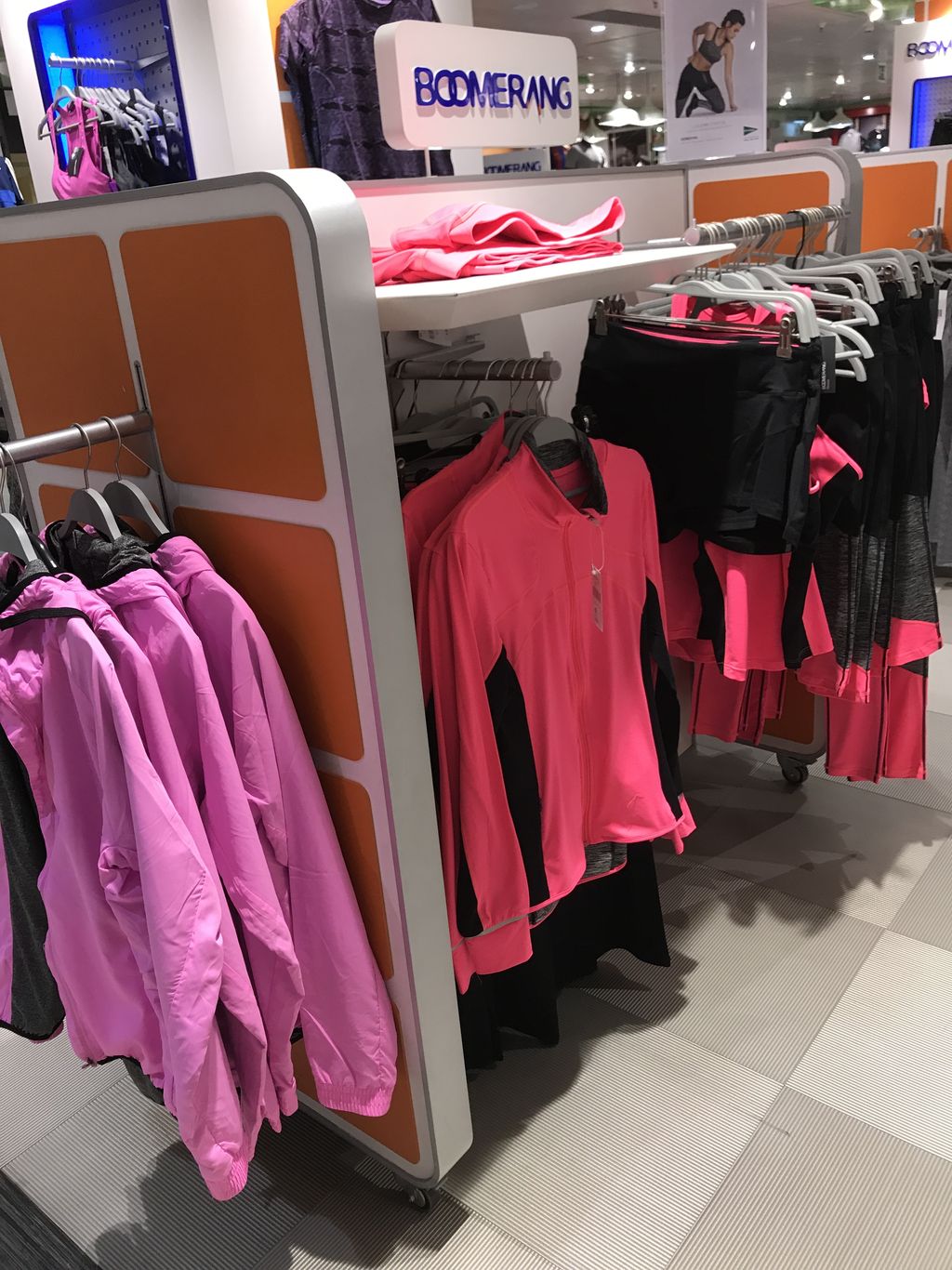


Si lo suyo es el deporte, en El Corte Inglés encontrarás ropa y calzado para todo tipo de disciplinas deportivas. Un detalle de lo más útil que seguro que te agradecerá.
Moda a la última
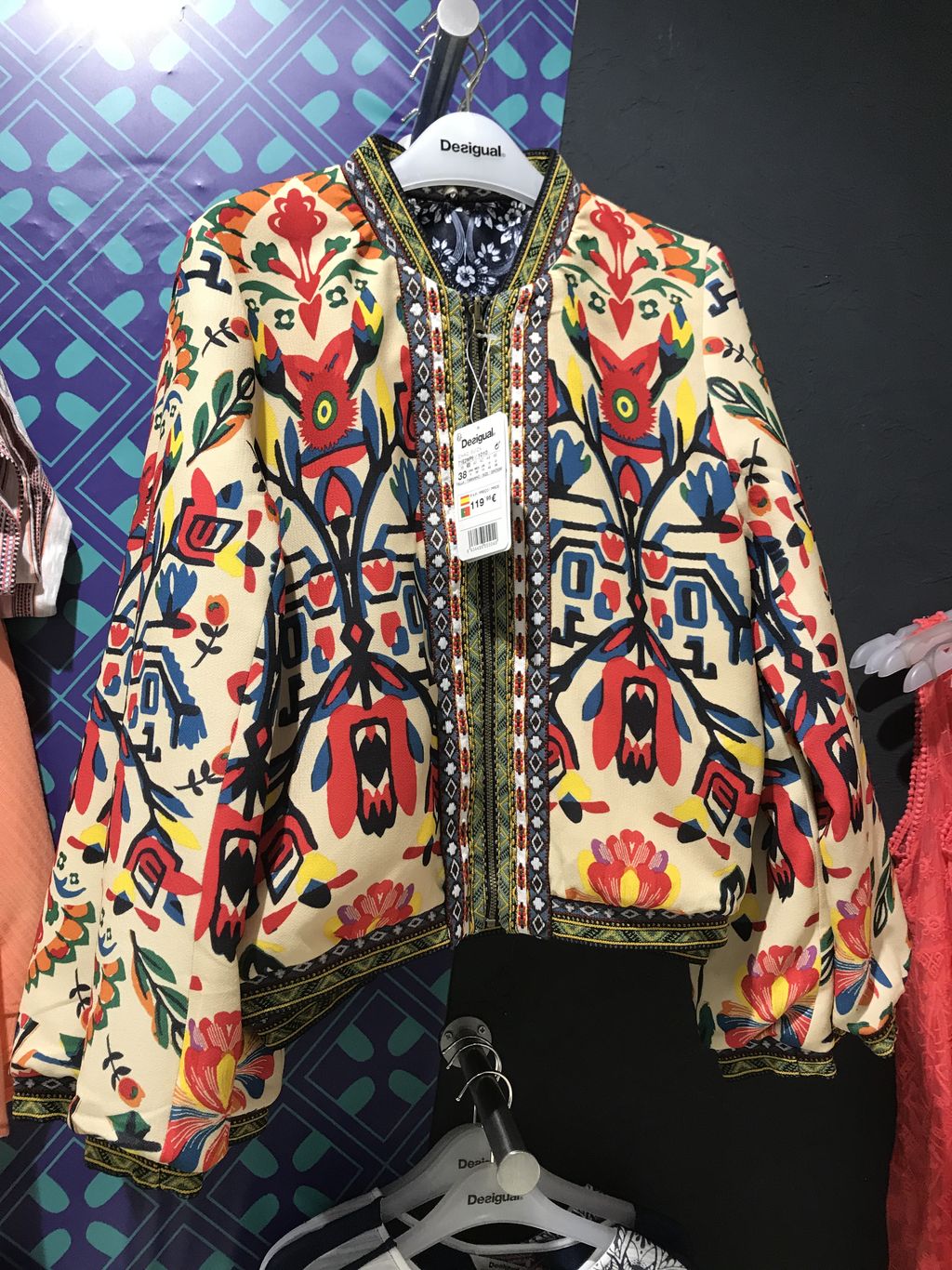


Y, por último, como no podía ser de otra manera, la moda. Elige prendas a la última como las que te proponemos y harás del Día de la Madre una fecha cargada de estilo.
¿Cómo llegar a El Corte Inglés?
Más ideas
Día de la madre en Alcalá de Henares


